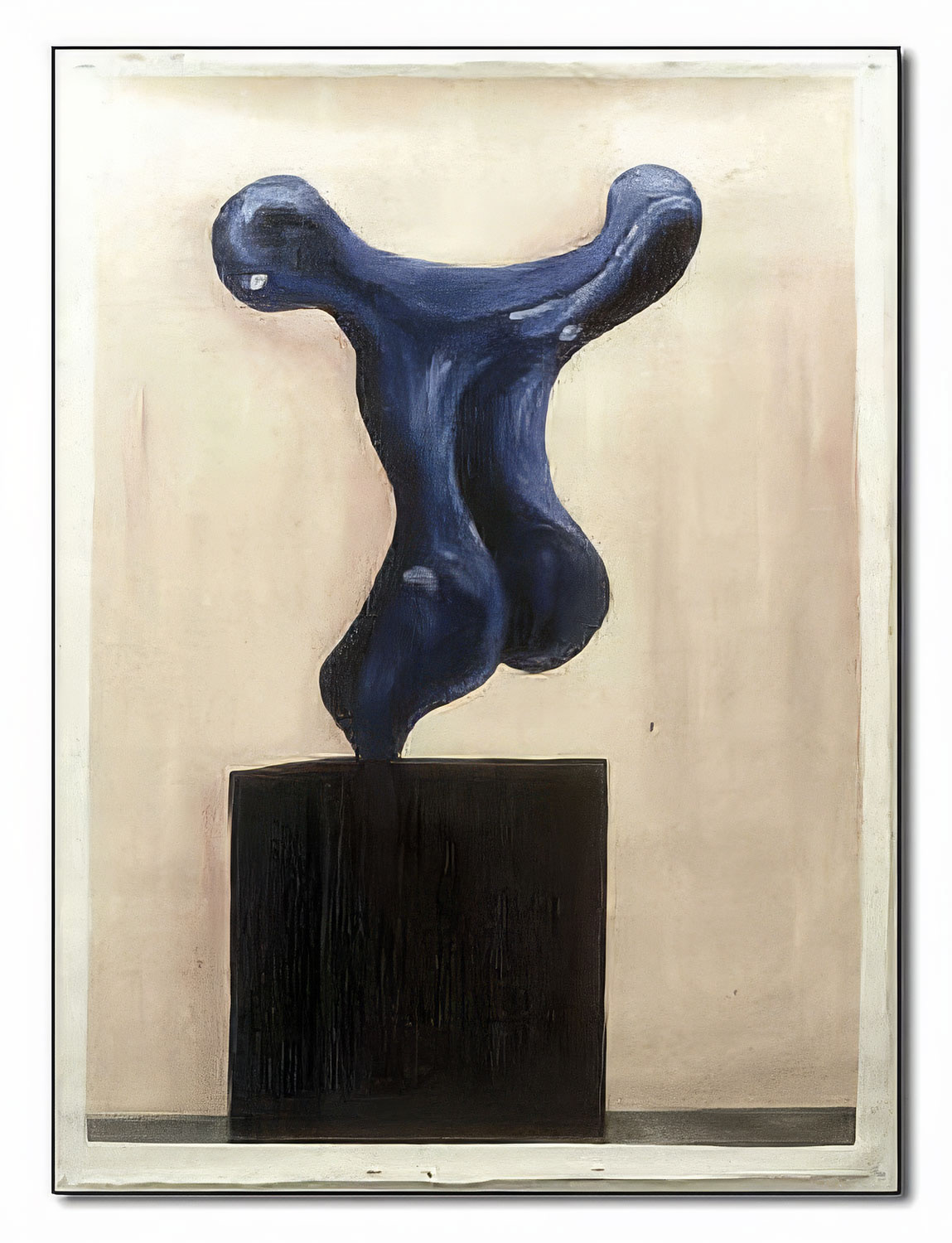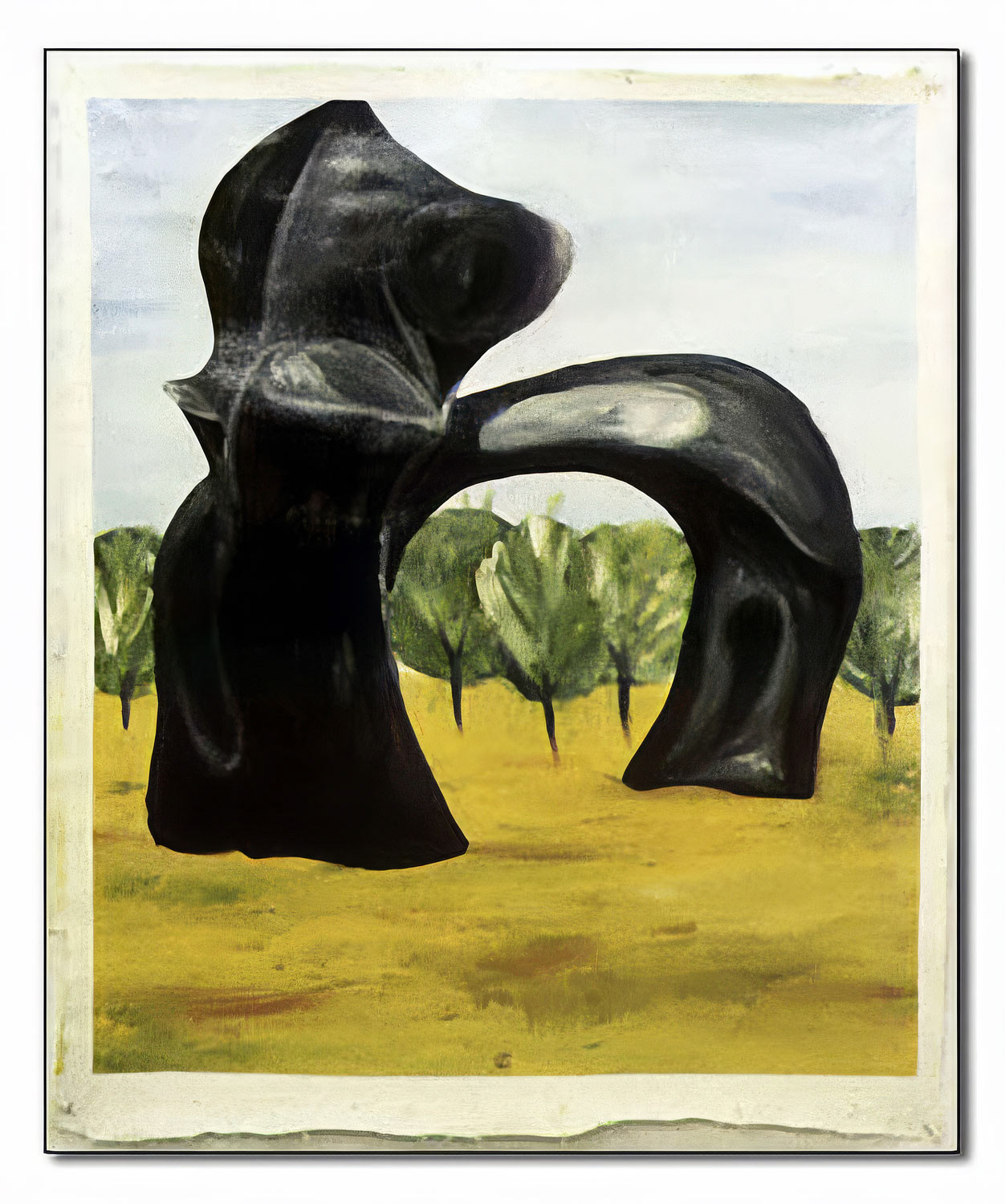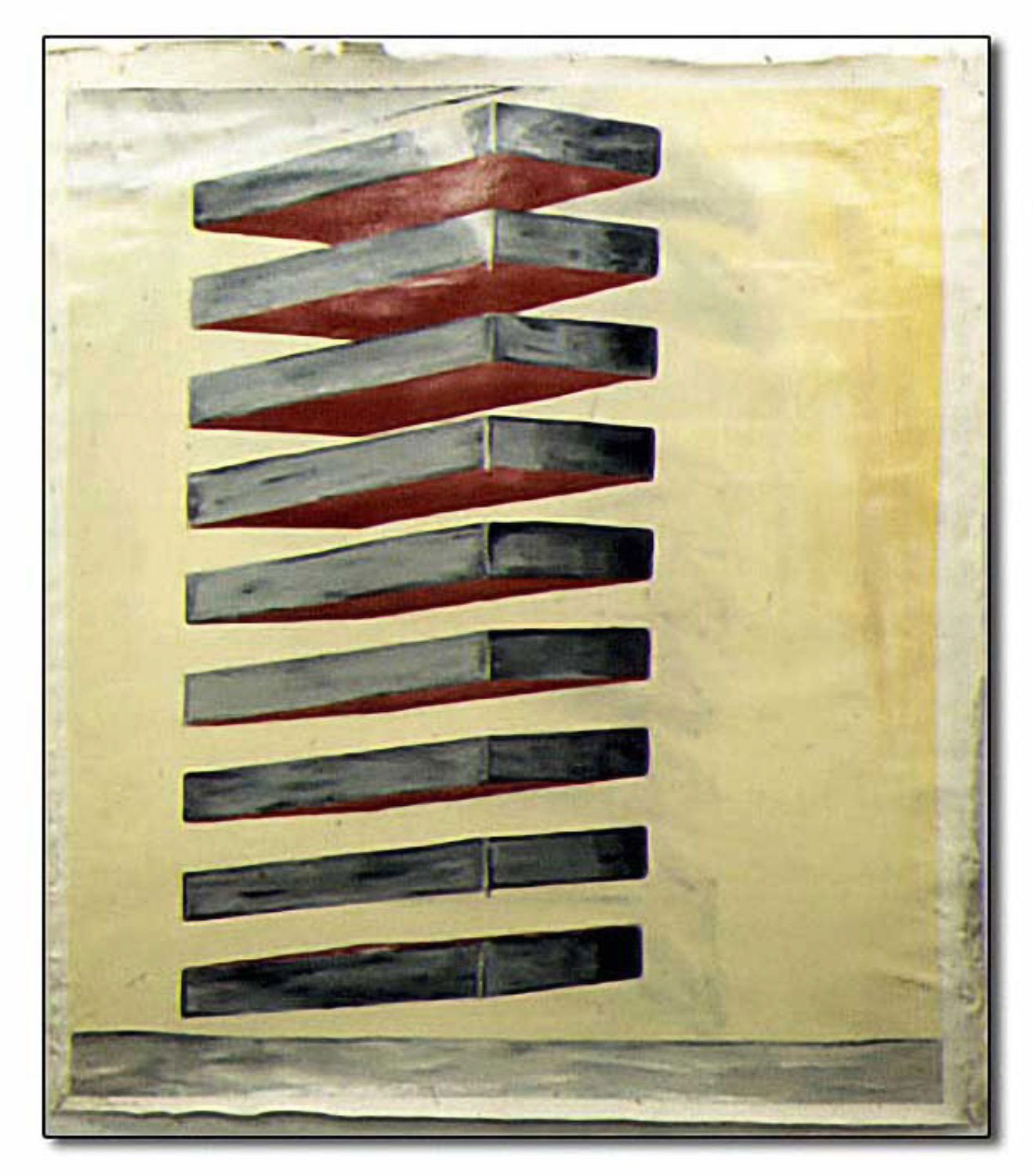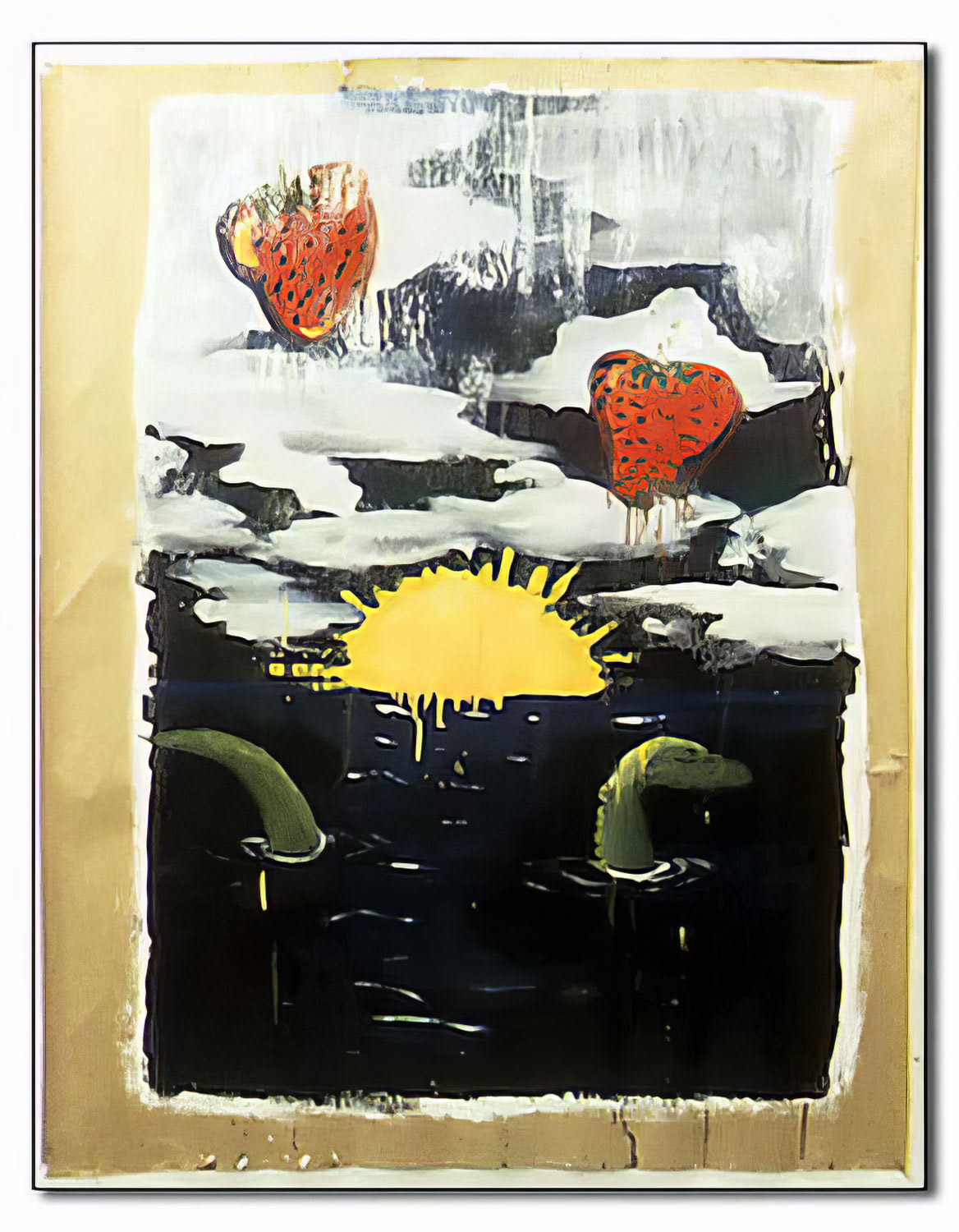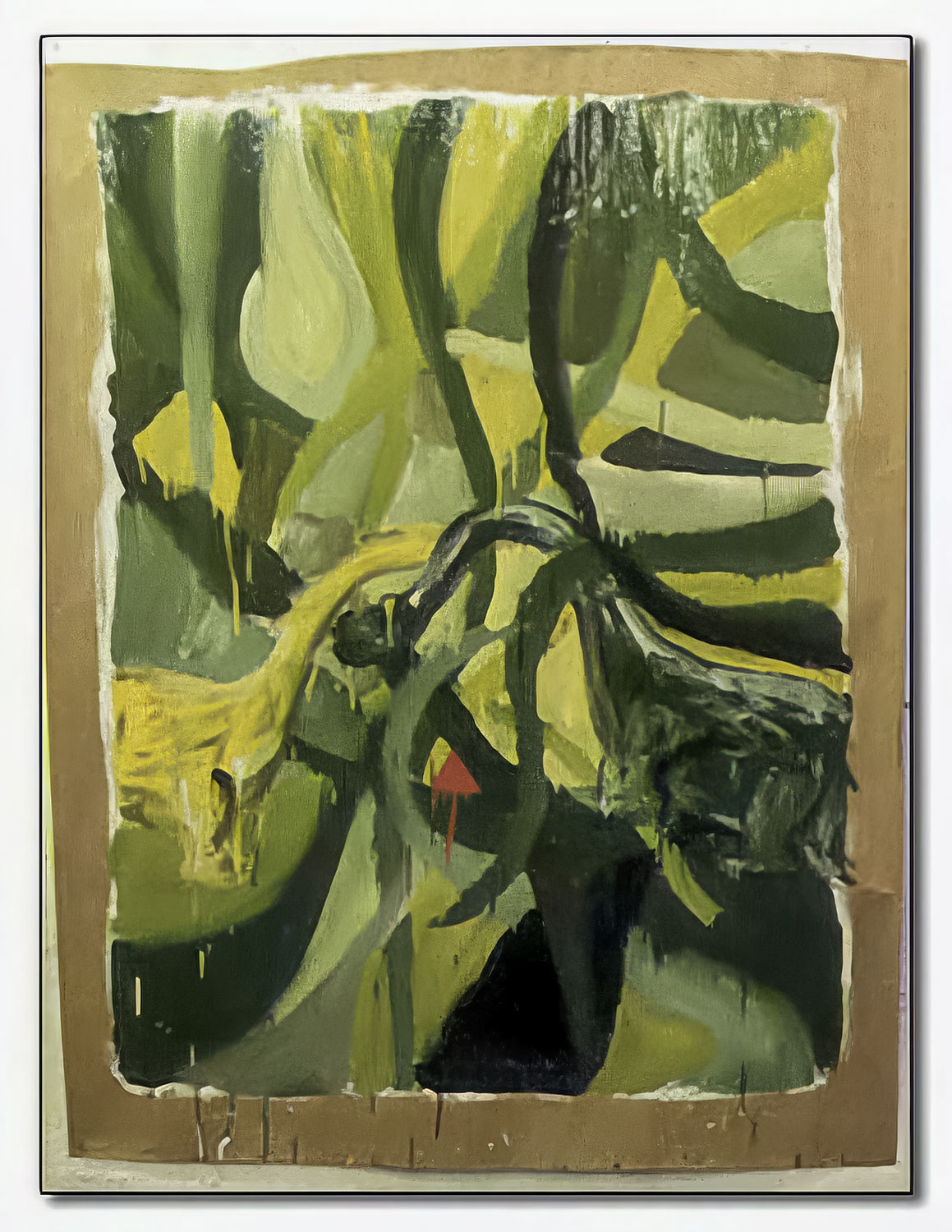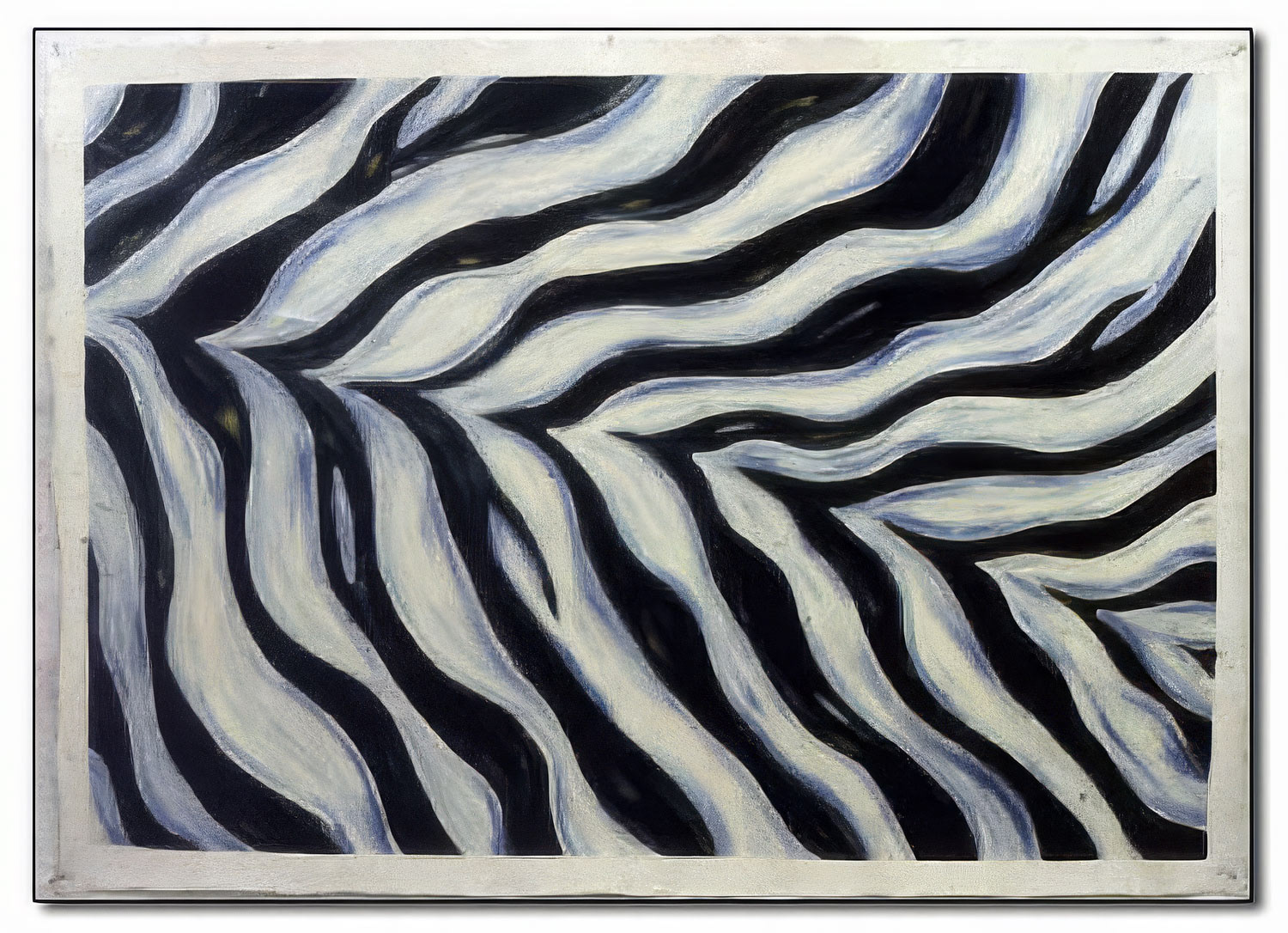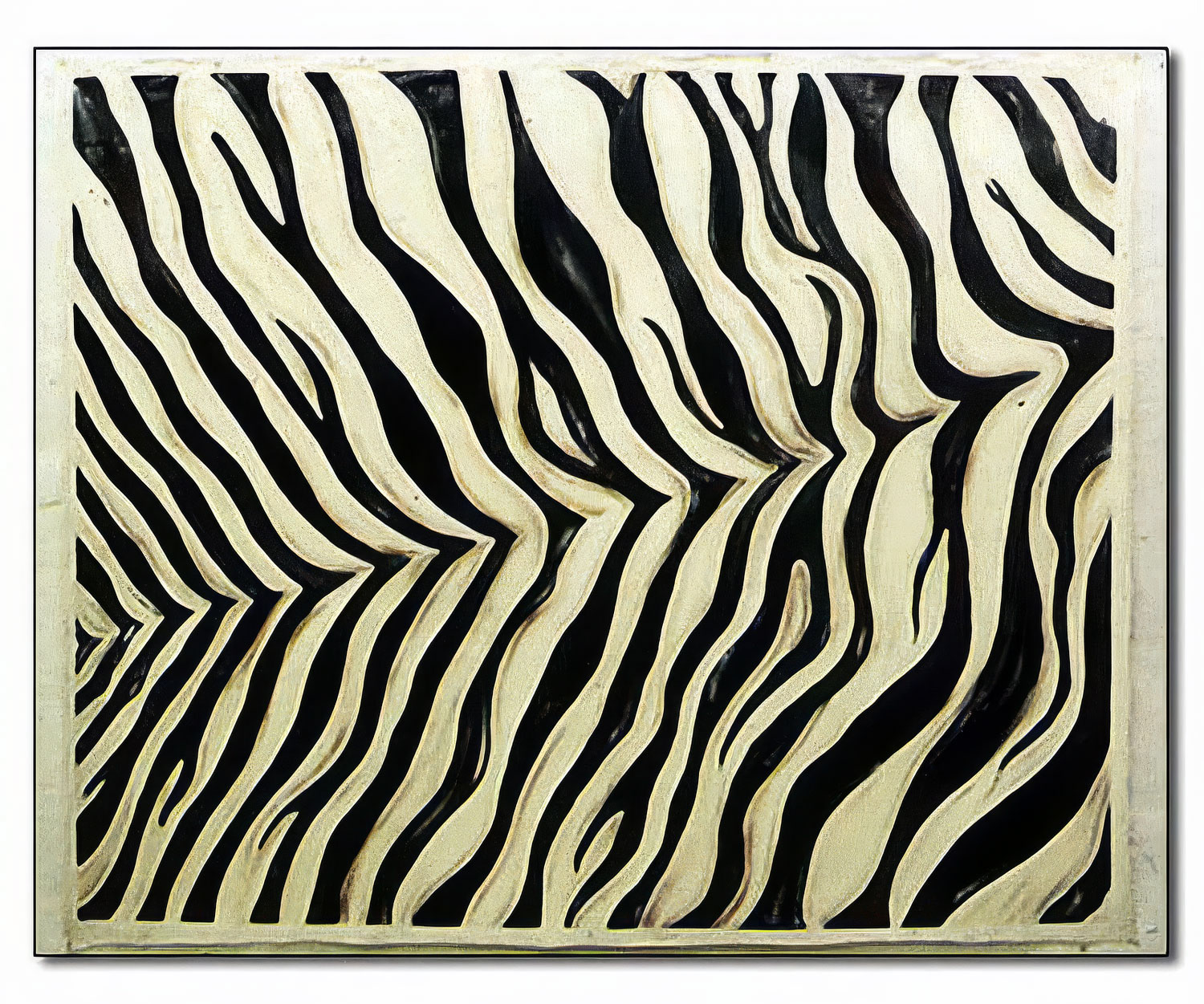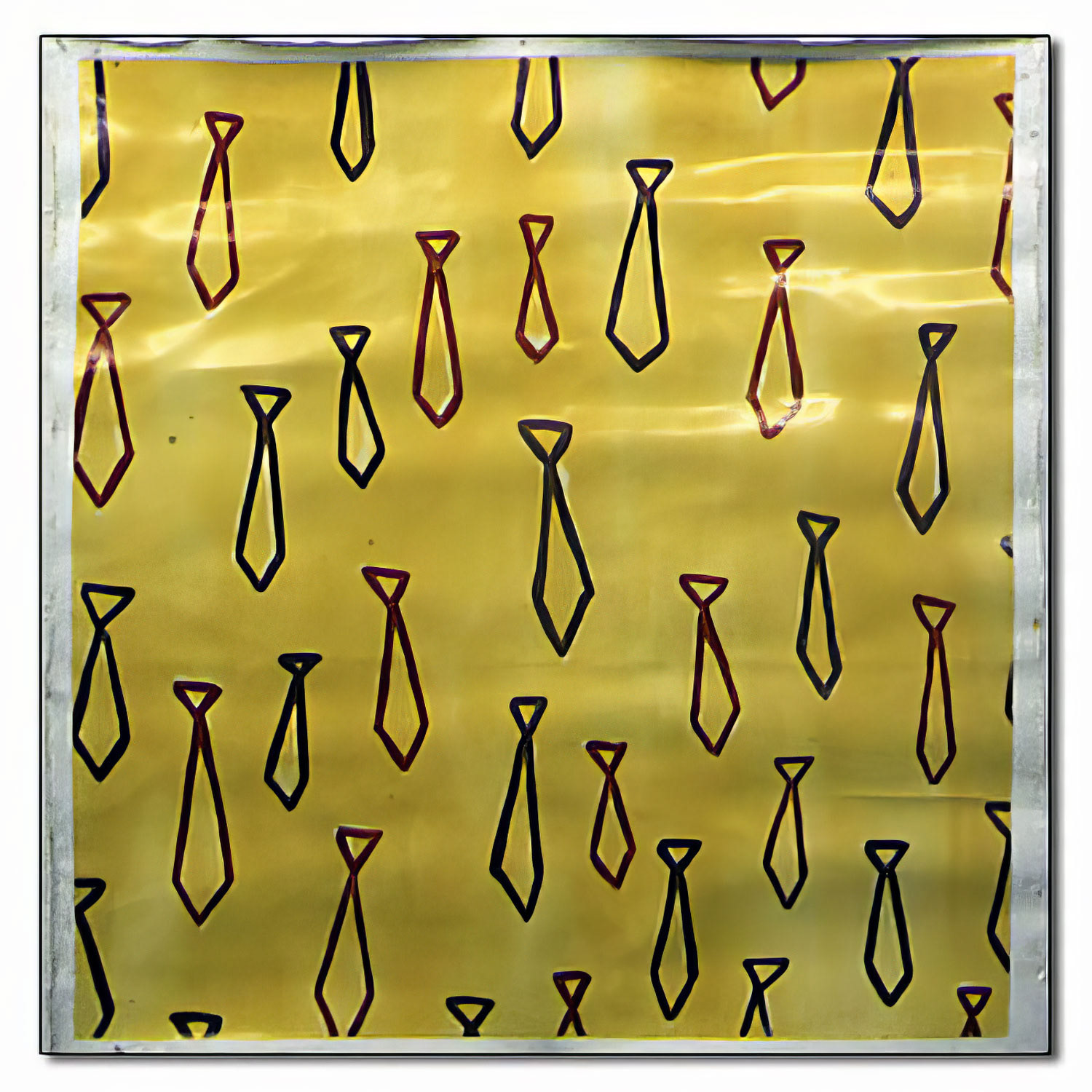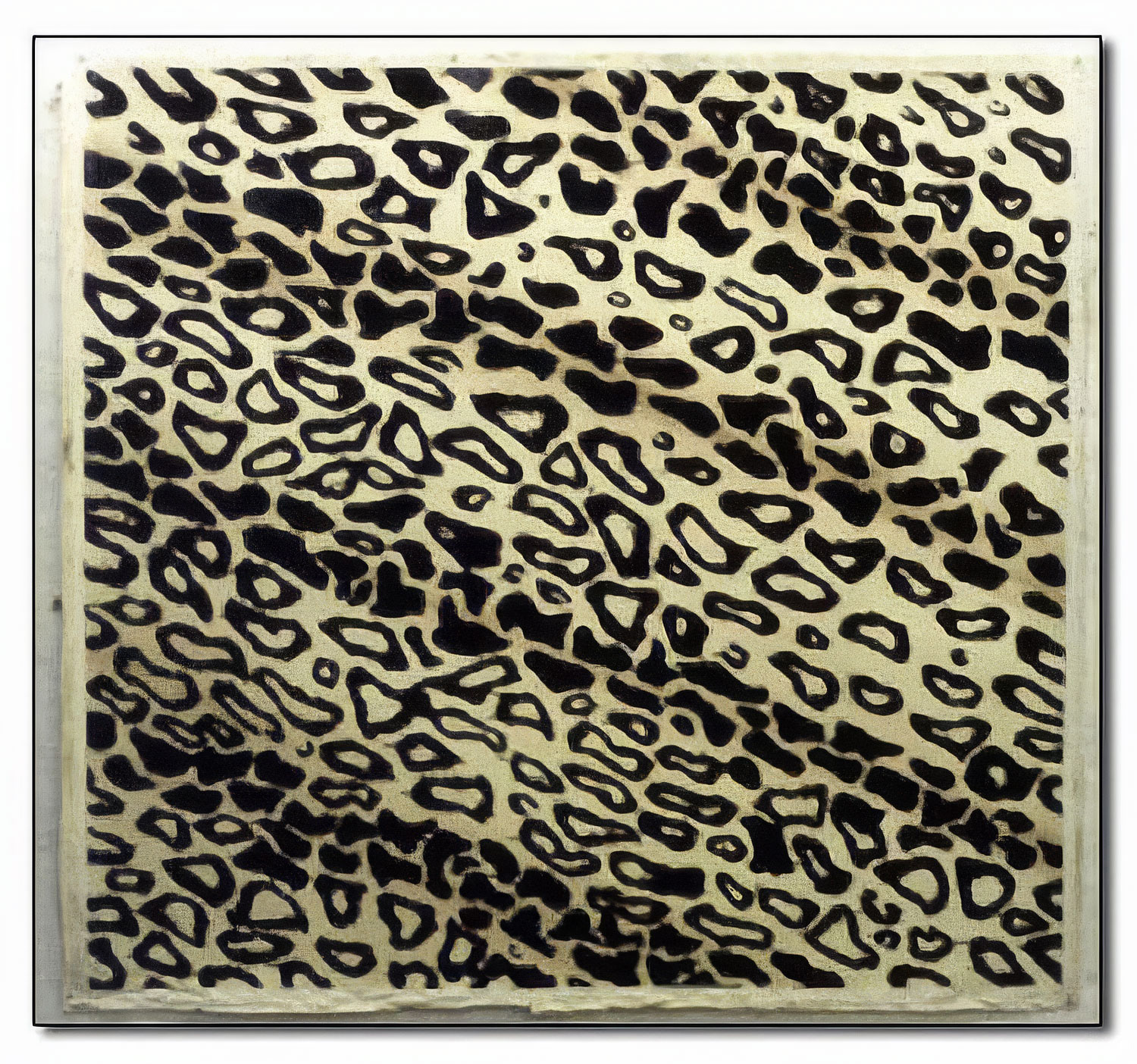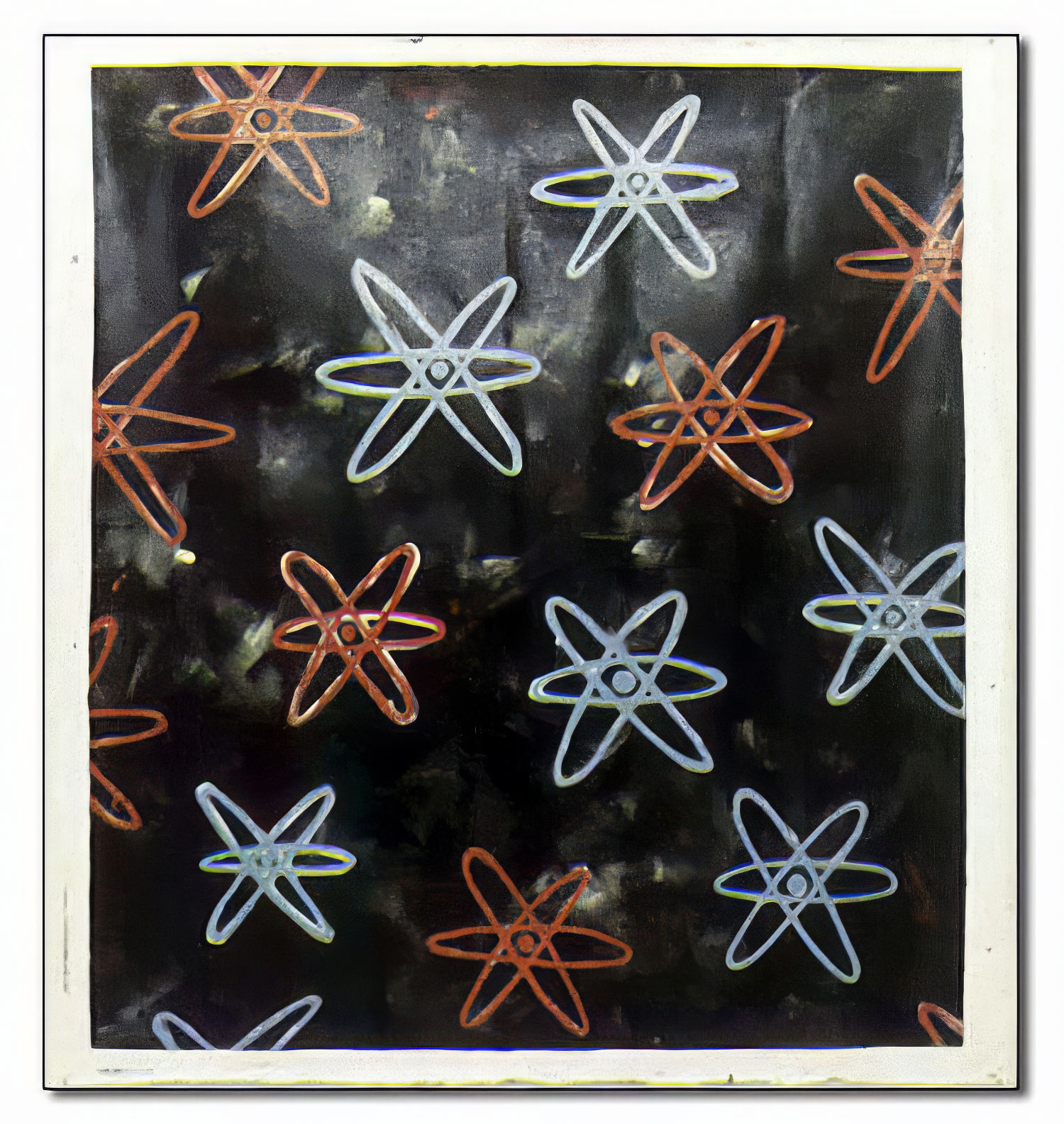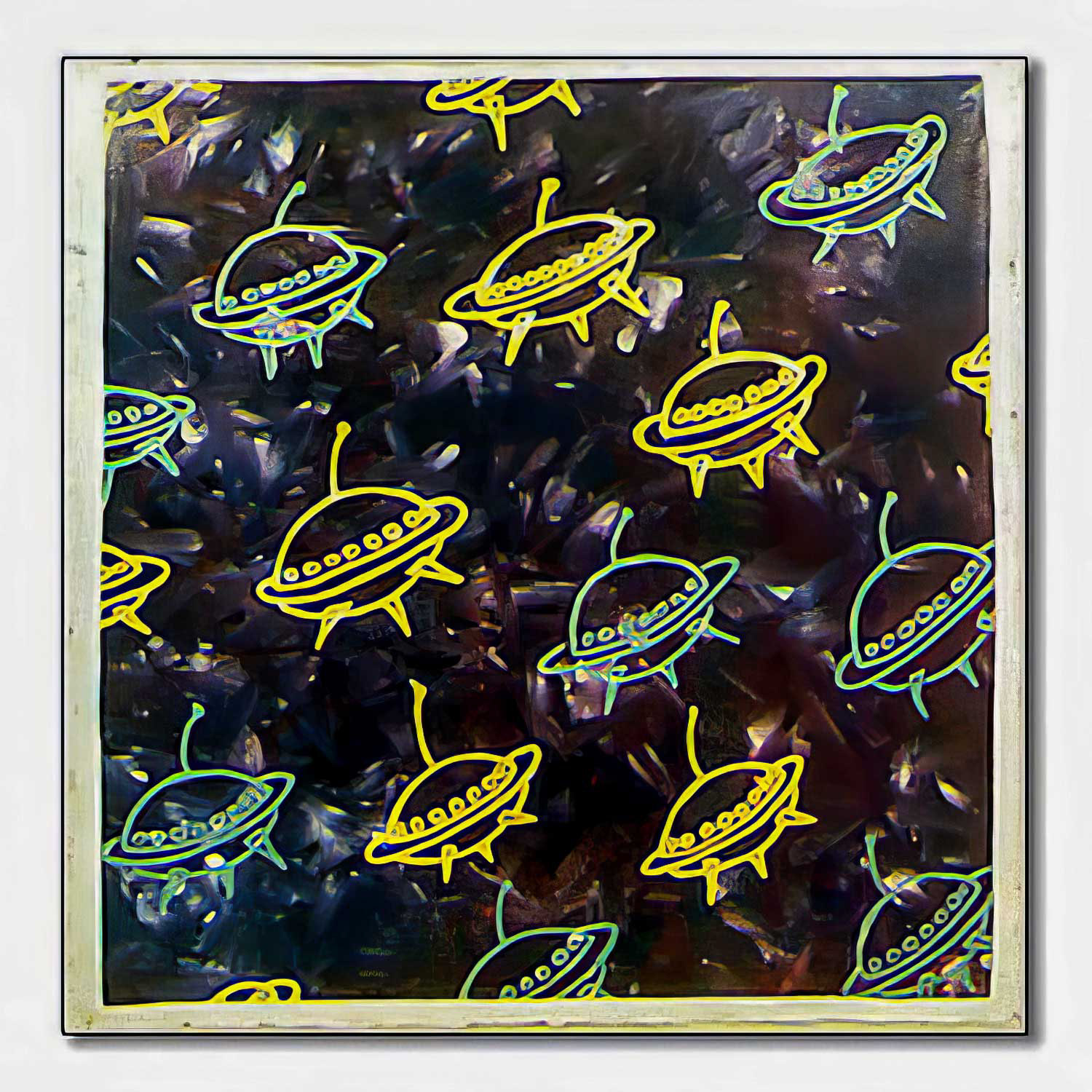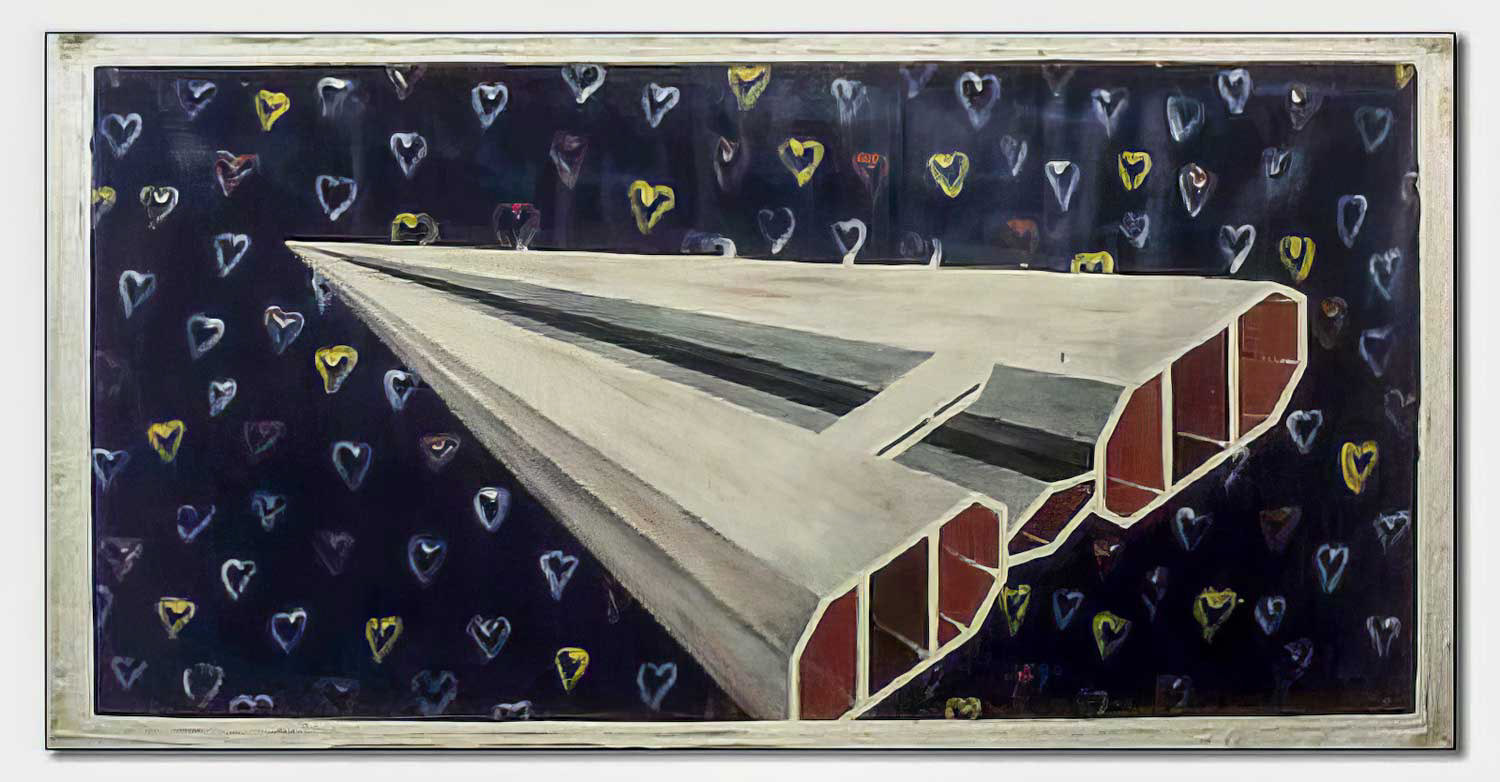Klaus Jung worked at various art academies in Europe from 1989 to 2021. During this time, the location of his artistic work also changed several times – from Düsseldorf to Trondheim, on to Bergen, Glasgow and finally back to Düsseldorf. This sequence forms a space-time chronology that also serves as a mirror of his artistic development.
Studies
Klaus Jung studied at the Düsseldorf Art Academy from 1973 to 1979, initially under Fritz Schwegler and later under Klaus Rinke. In addition to intensive individual work, his time as a student was characterised above all by the collegial exchange with fellow students and teachers as well as the critical examination of artistic positions. After graduating in Düsseldorf, he spent a year at the Sculpture School of the Royal College of Art in London.
Düsseldorf
After his stay in London, Klaus Jung moved to the Hildebrandtstraße studio building in Düsseldorf in 1980. In 1988, a core group moved to larger studio spaces on Oberhausener Straße. He worked and lived in these artist residences until moving to Norway in 1989. His artistic practice was closely linked to a lively exhibition activity in European galleries and exhibition centres.
Trondheim
With the move to Norway, a second studio was initially set up in Trondheim – parallel to the Düsseldorf studio. But it soon became clear that life in Norway would be more than just a transitional phase. Klaus Jung lived and worked in Trondheim from 1989 to 1995. The access to excellently equipped workshops for wood and metalworking was ideal.
Gradually, the focus shifted from sculpture to painting – initially as a component of sculptures, later as an independent medium.
His first teaching position at the Trondheim Art Academy involved responsibility for the students in the first semester. Shortly after his arrival, the rector at the time resigned – Klaus Jung took over and was confirmed by the college. He remained rector for two full terms.
Bergen
At the end of his term as rector in Trondheim, he was invited to Bergen, initially to deputise for the first academic year. In the course of the university reforms in Norway, smaller art and design academies merged to form new institutions. Klaus Jung was re-elected rector
and held this position for six years. Between 1995 and 2002, he worked in a studio at the Bergen Art Academy. Access to digital technology had a lasting impact on his artistic development – the photographic image became the centre of attention.
Glasgow
His time in Norway came to an end in 2002. Instead of returning after a sabbatical, Klaus Jung decided to take on a new challenge and accepted the position of Head of School of Fine Art at the Glasgow School of Art. His studio was located in the historic Macintosh building, where it also served as an office and meeting room. He continued to work with digital images and established the digital archive – still a central source of his artistic practice today. Klaus Jung lived and worked in Glasgow from 2002 to 2009.
Düsseldorf
In 2009, he was appointed Rector of the Academy of Media Arts in Cologne. His studio and centre of life were once again relocated to Düsseldorf. The Eight Albums series summarises the works of the last few years – as a conclusion and at the same time as a departure for new experiments.
In 2015, Klaus Jung took up the position of Head of Fine Art at the Royal Academy of Fine Arts in The Hague. The studio work remained anchored in Düsseldorf. New series were created. The institutional engagement ended in 2021 – since then, his own artistic work has once again taken centre stage.
Studies 1973 -1980
Klaus Jung studied at the Düsseldorf Art Academy from 1973 to 1979, initially with Fritz Schwegler and later with Klaus Rinke. The proximity to fellow students and teachers as well as the intensive collective dialogue made his studies a formative experience. Here, art became self-determined learning – with self-developed learning tools. Early works were in the field of sculpture: initially the focus was on spatial relations and the effect in the environment, later the volume itself moved to the centre – its interior, its content, finally its transfer into the background as a framing structure.
A DAAD scholarship enabled a subsequent year of study at the Sculpture School of the Royal College of Art in London. The experience gained here later flowed not only into his artistic work, but also into his own teaching and the organisation of art colleges.
Corners (1976)
The interest in spatial references prevailed. Sculptural forms responded to concrete architectural conditions – such as the studio spaces in Karl-Anton-Straße. Massive objects made of glued chipboard, with painted surfaces, took up the colours and proportions of the surroundings. Three examples from a larger group of works show his early preoccupation with site-specific form.
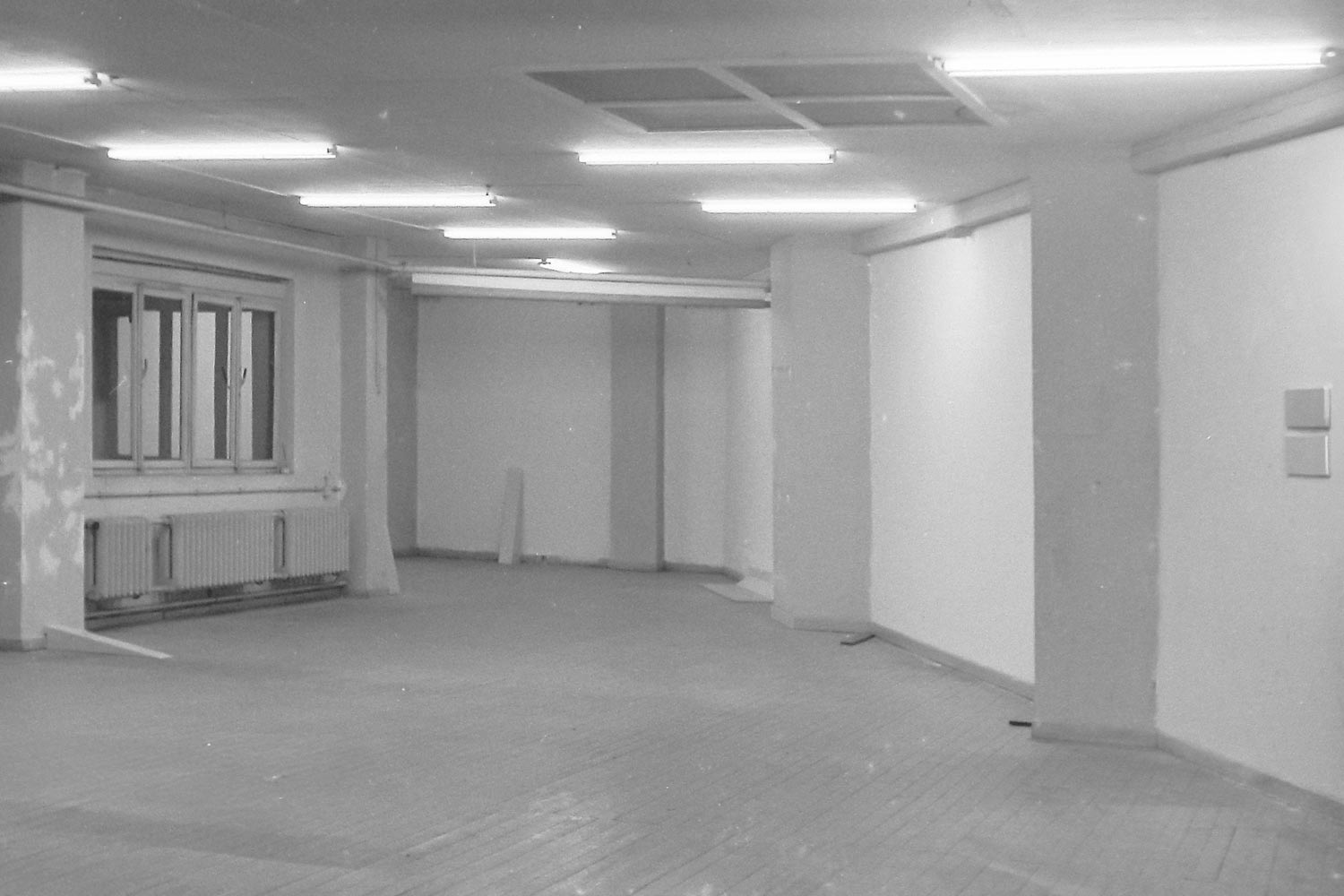
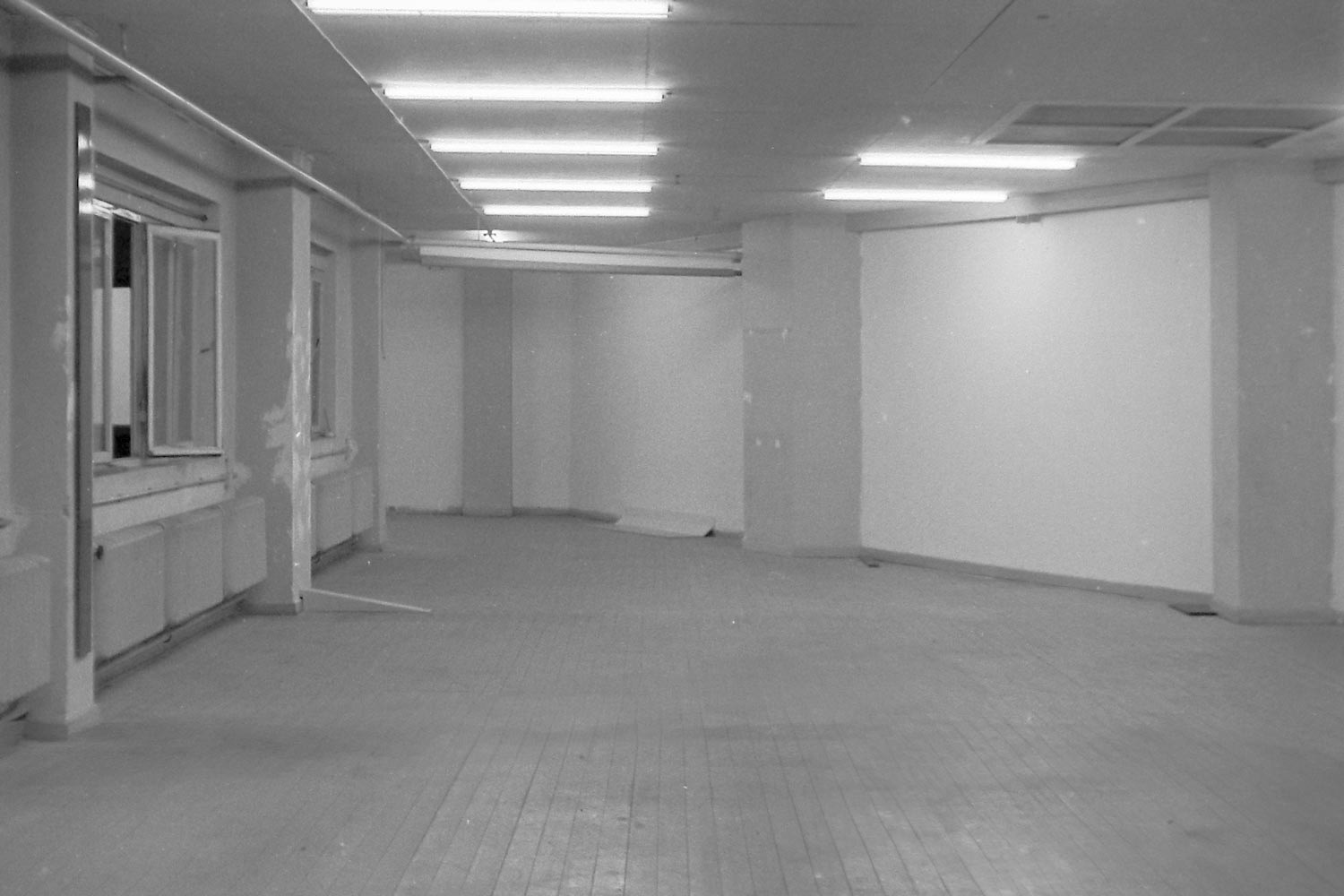
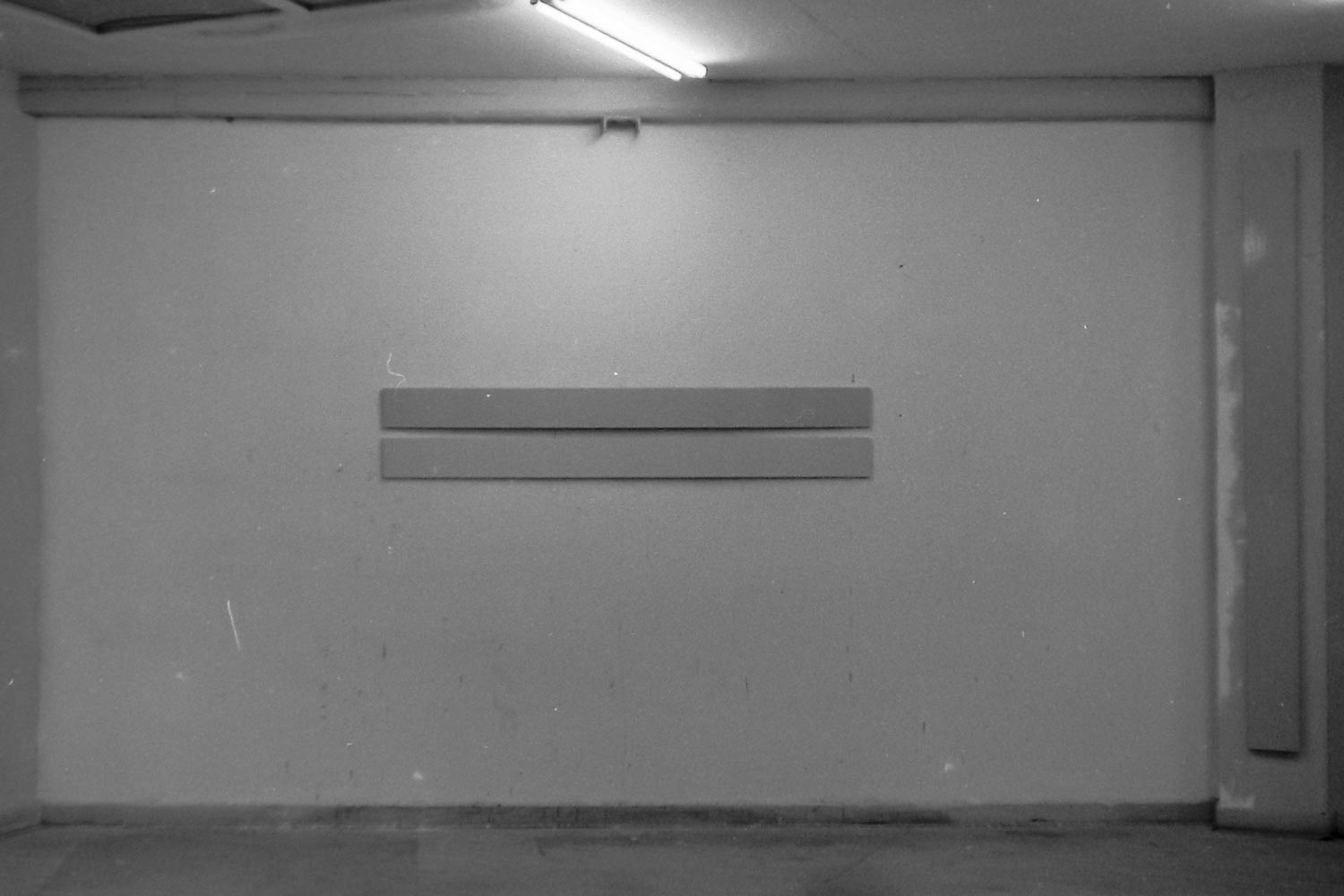
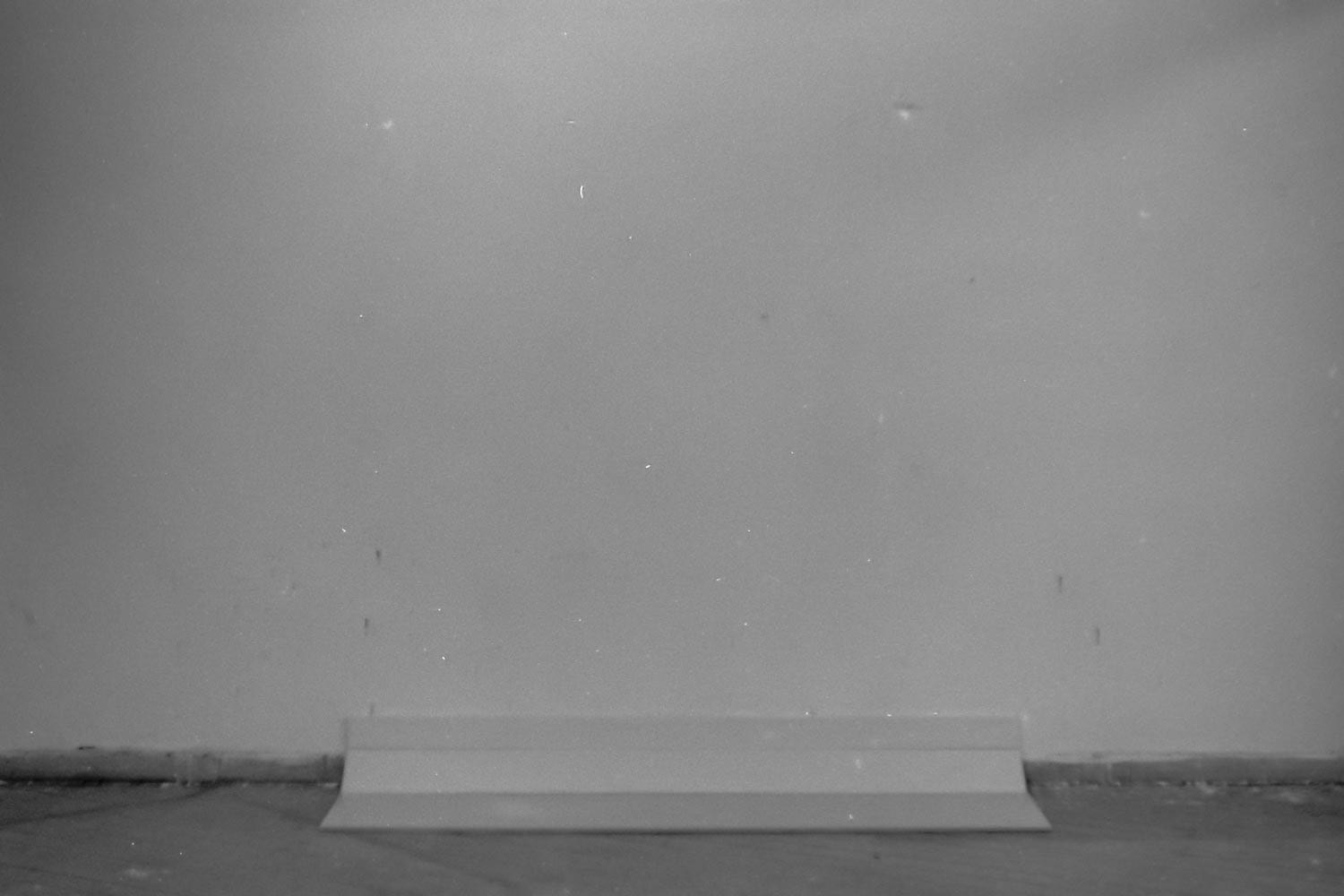
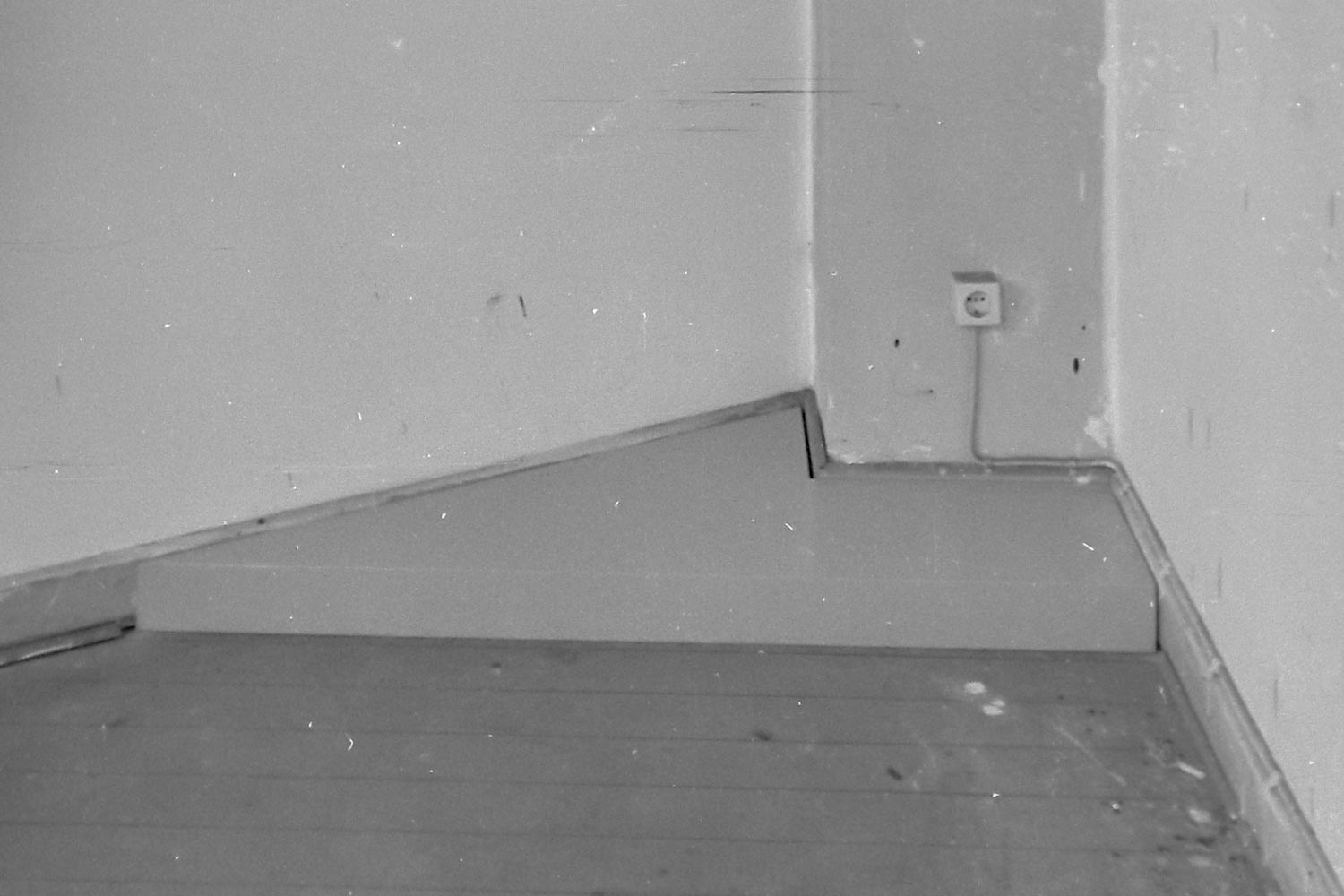
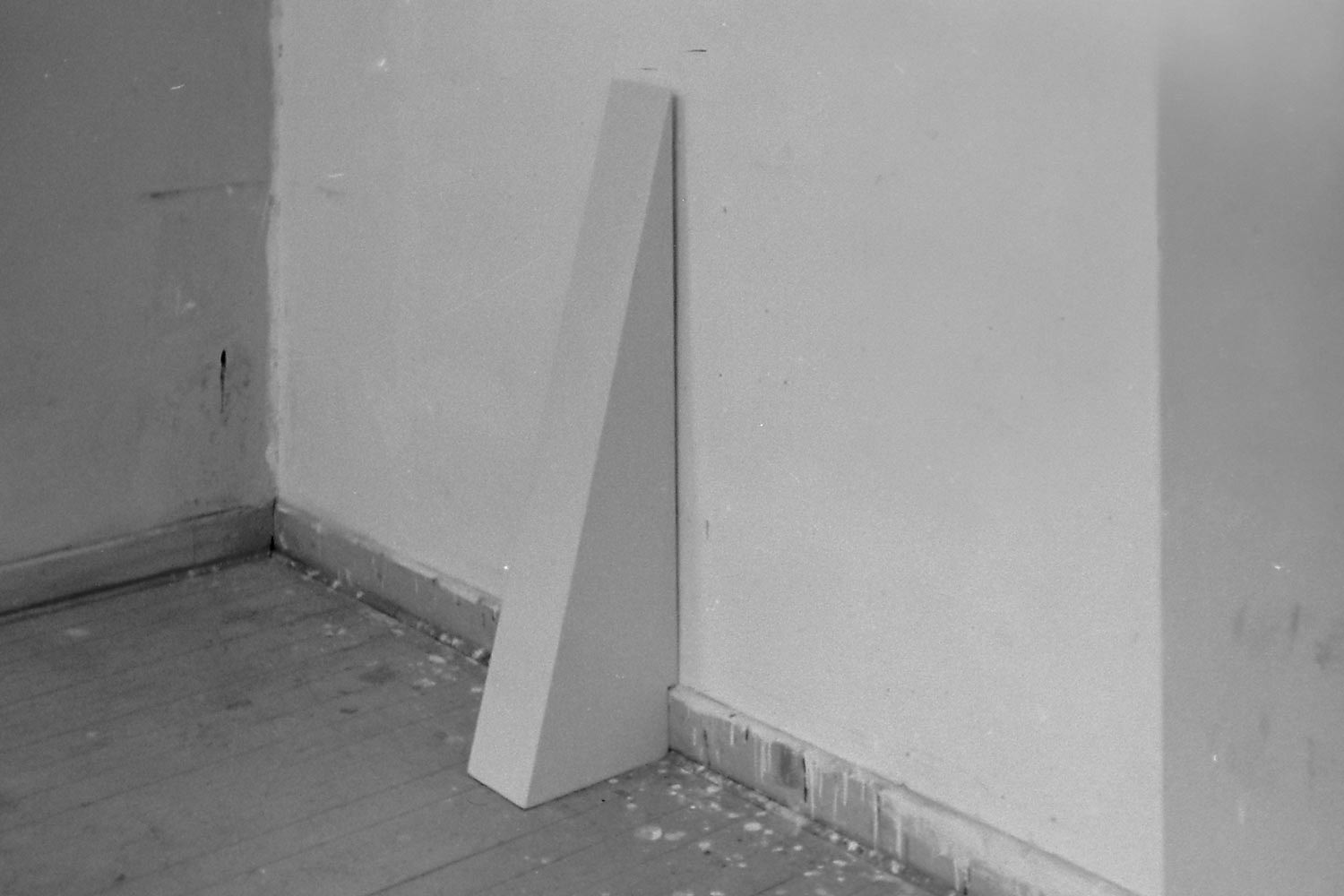
The ones up there (1977)
The studio on Karl-Anton-Straße had two skylights, the sloping roof surface of which was suspended. This created an unused but present empty space. Two sets of four blocks each
Two sets of four blocks each mirror this architectural intermediate area and were positioned precisely under the skylights – one set closed, the other open. The bodies are made of pressboard and coated with high-gloss lacquer. The work translates an architectural absence into a visible form.
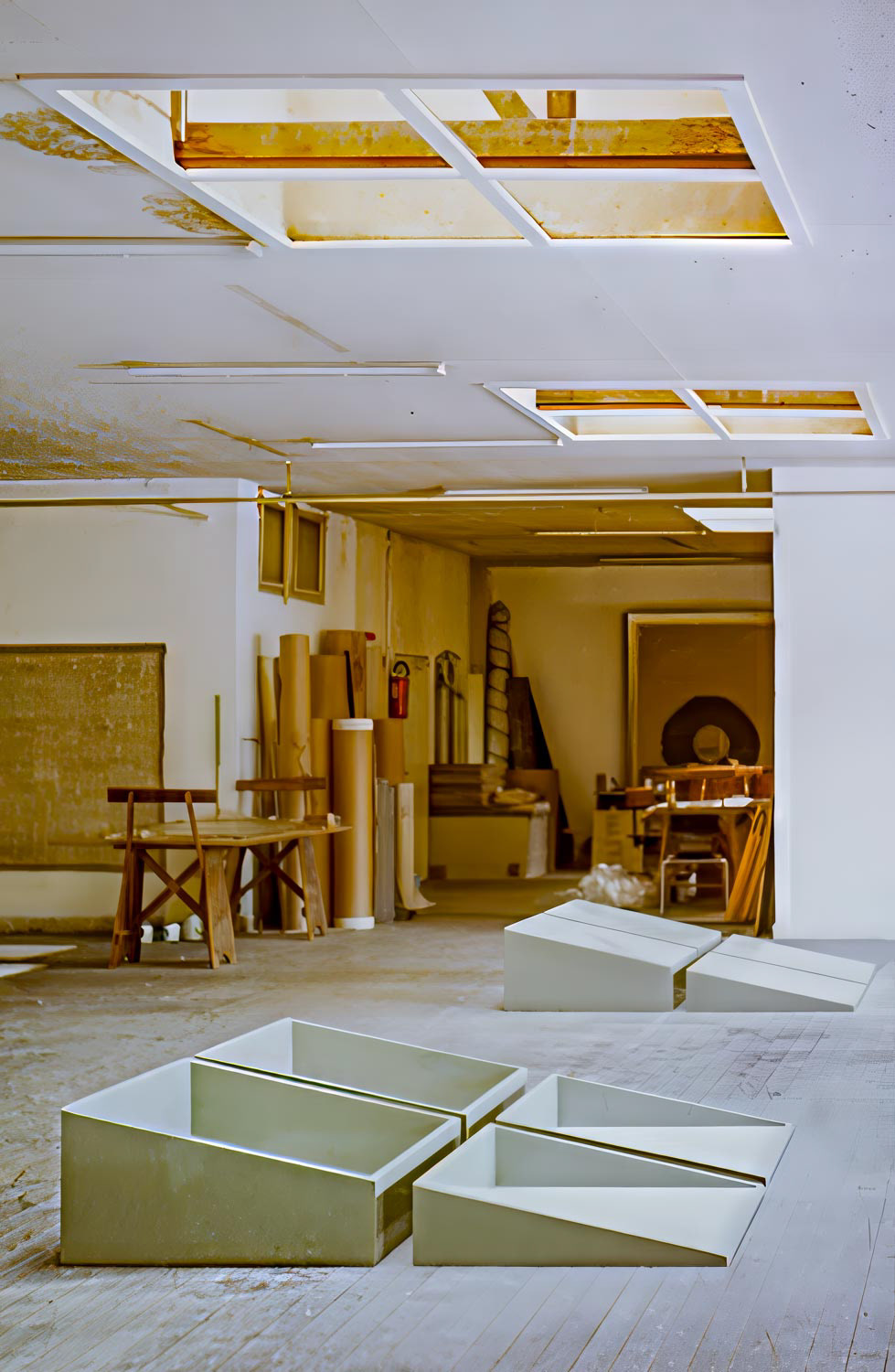
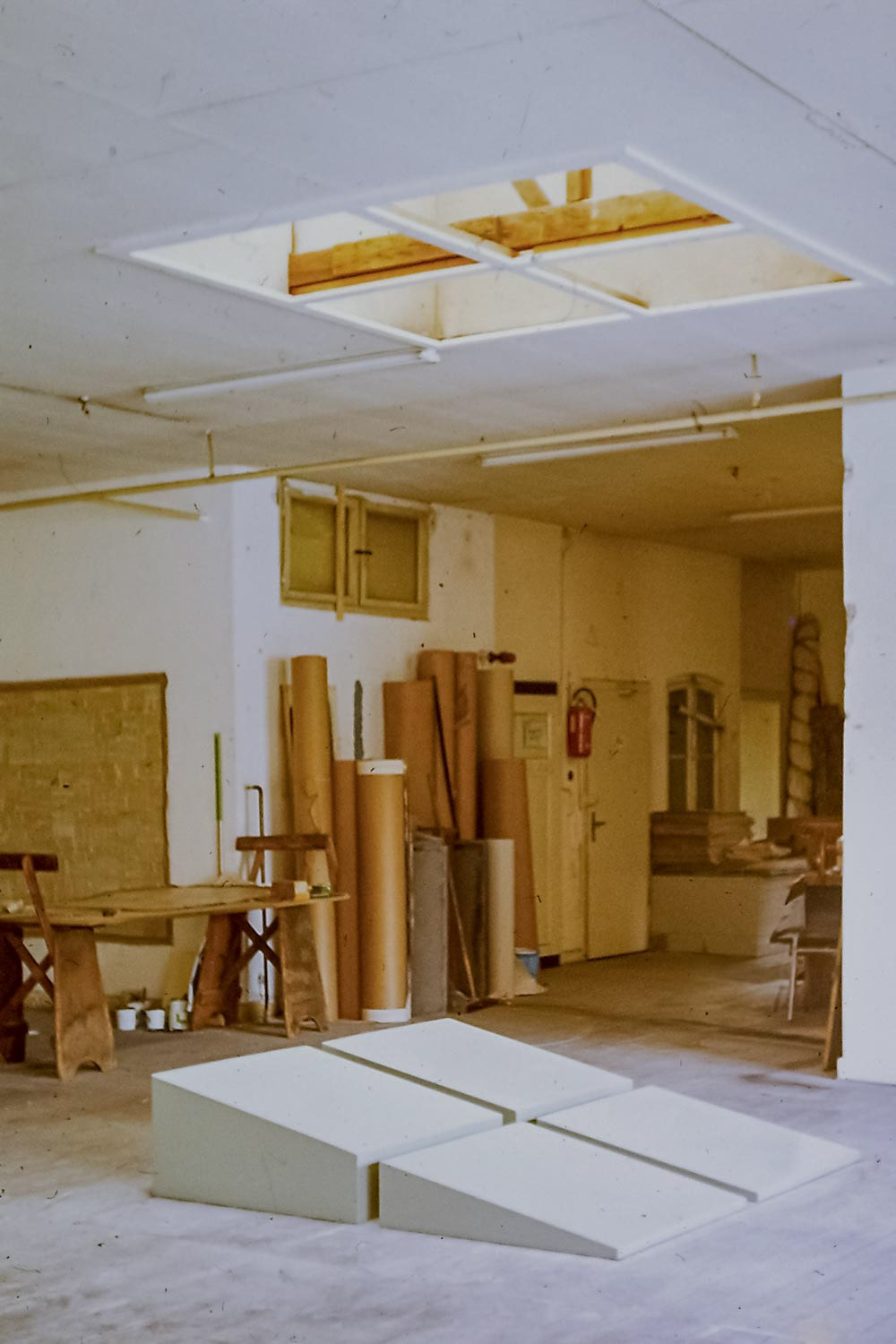
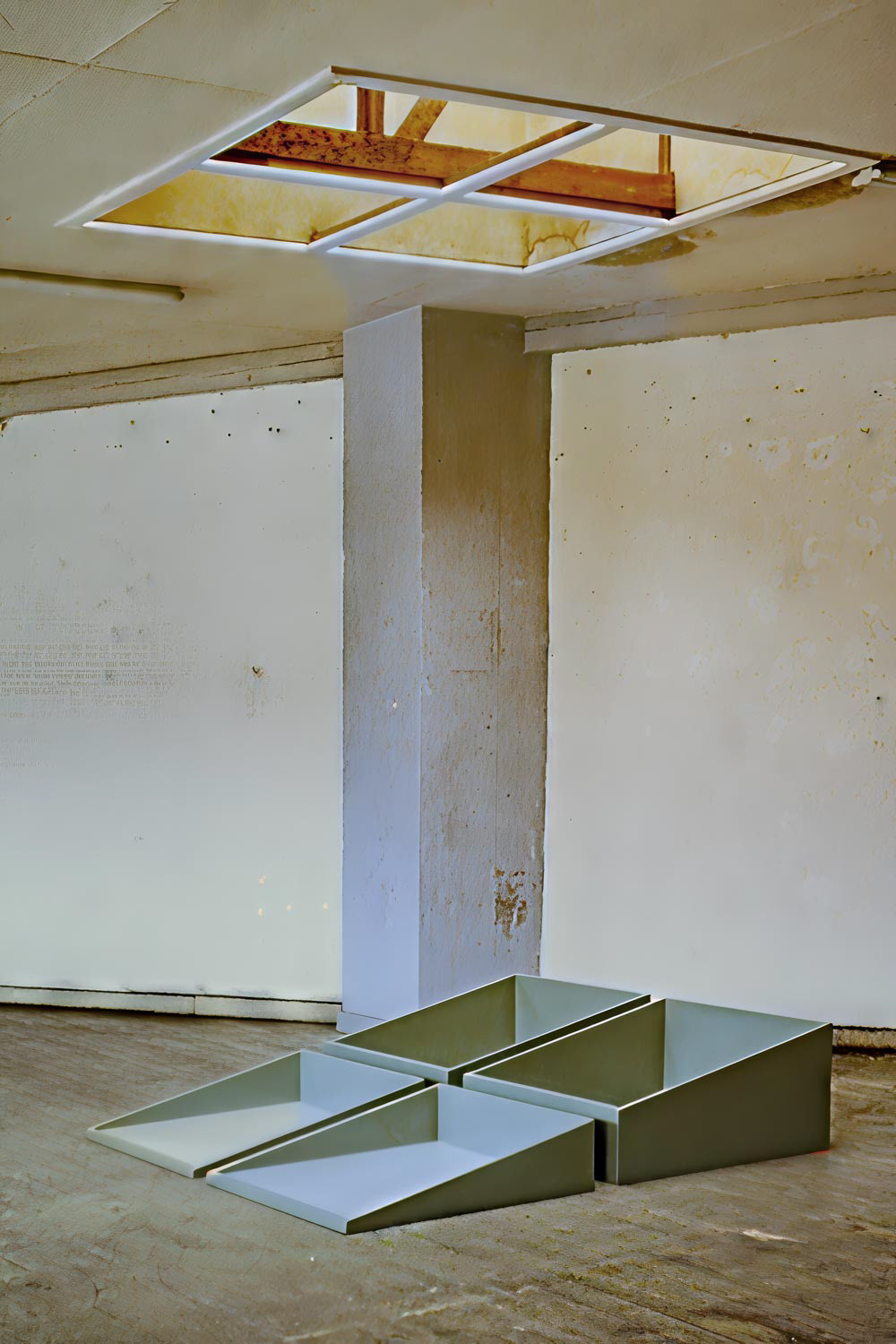
Roofs (1978)
A study trip to New York by the Rinke class and the view from the Empire State Building inspired the "Roofs" series: flat tubs made of hard fibre, painted with brown floor paint, represent roof areas in the city map of Manhattan. The principle was later transferred to interiors: floor plans of rooms were visualised using custom-made floor trays. A later CAD simulation at least preserves the layout of the original installation.
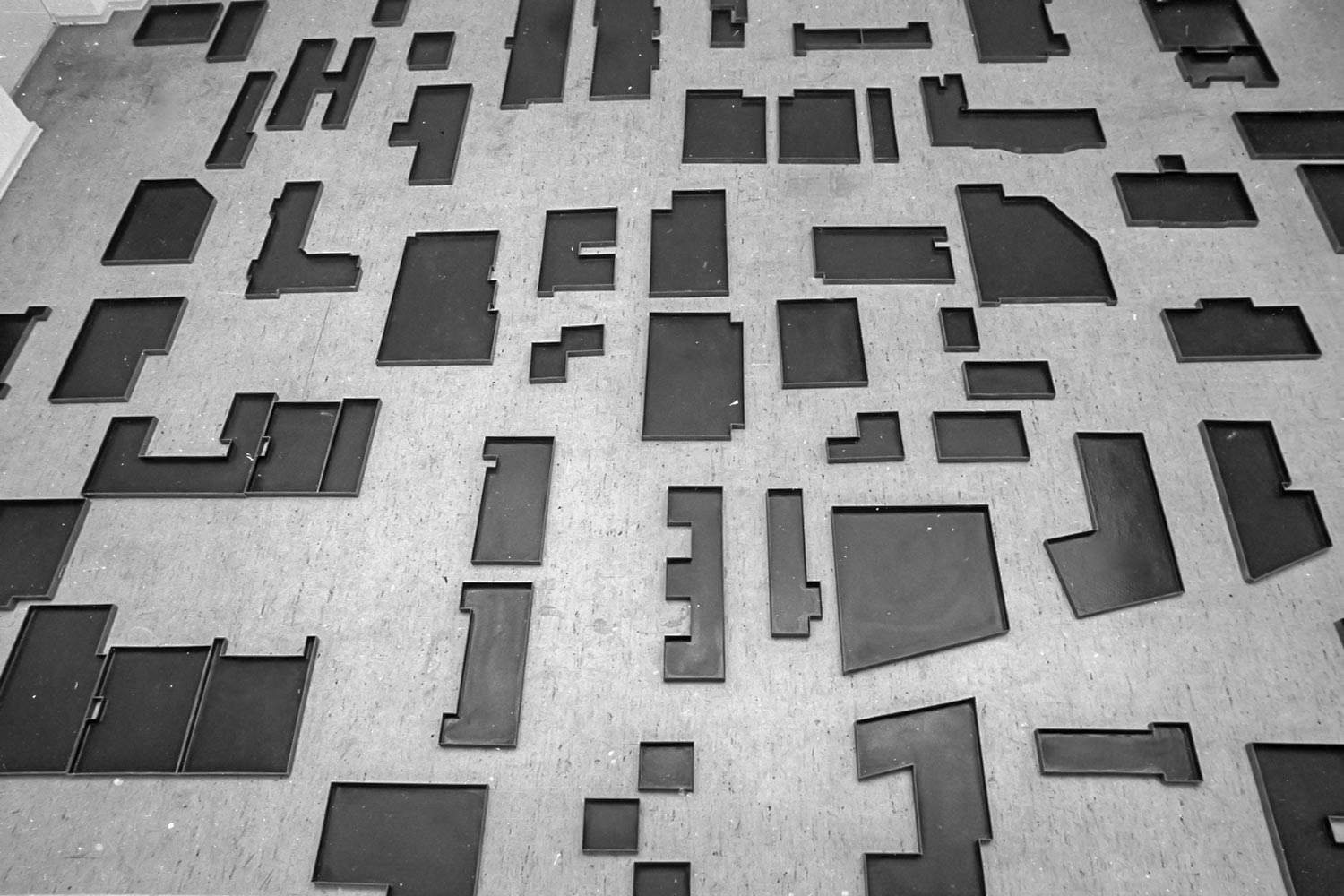
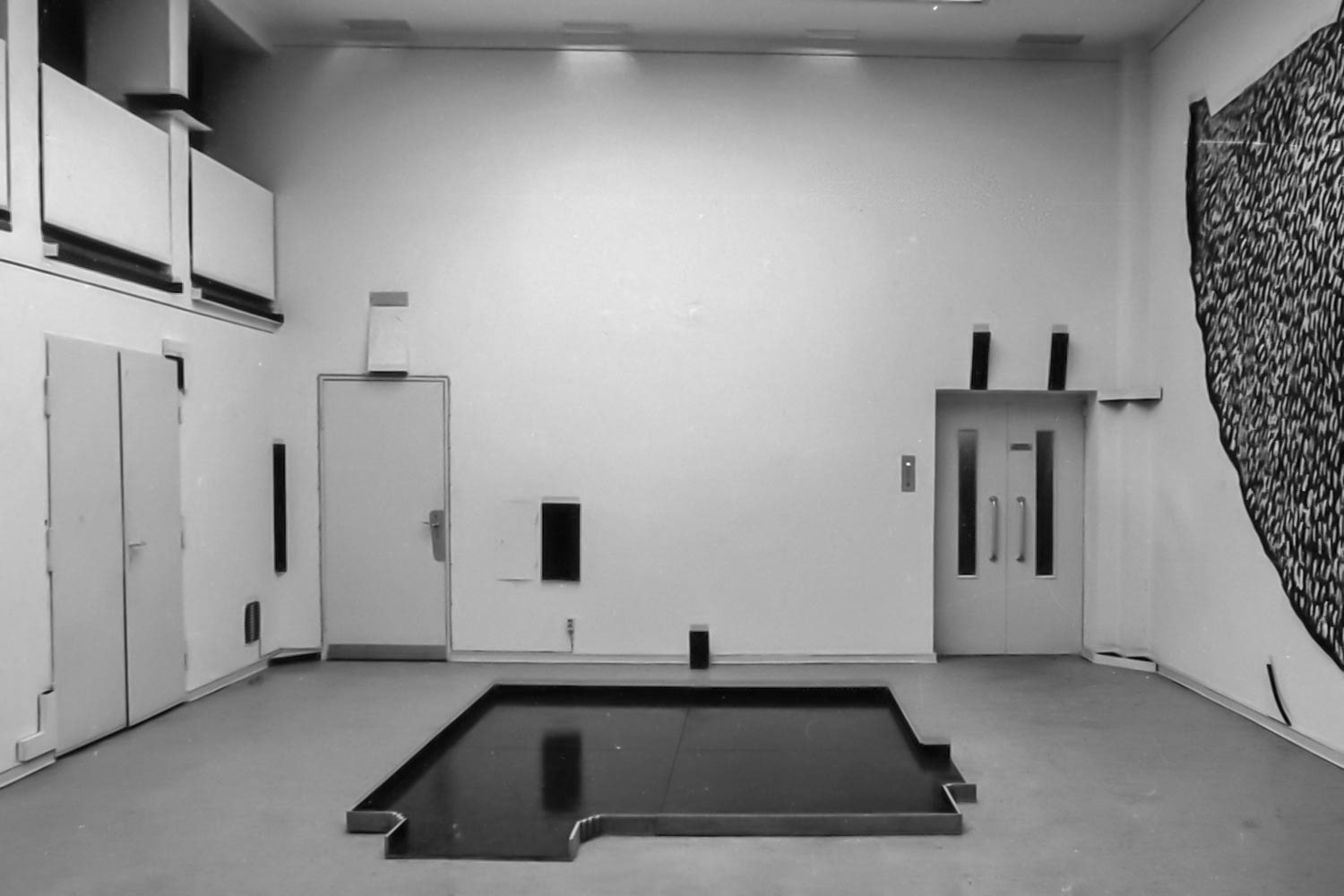
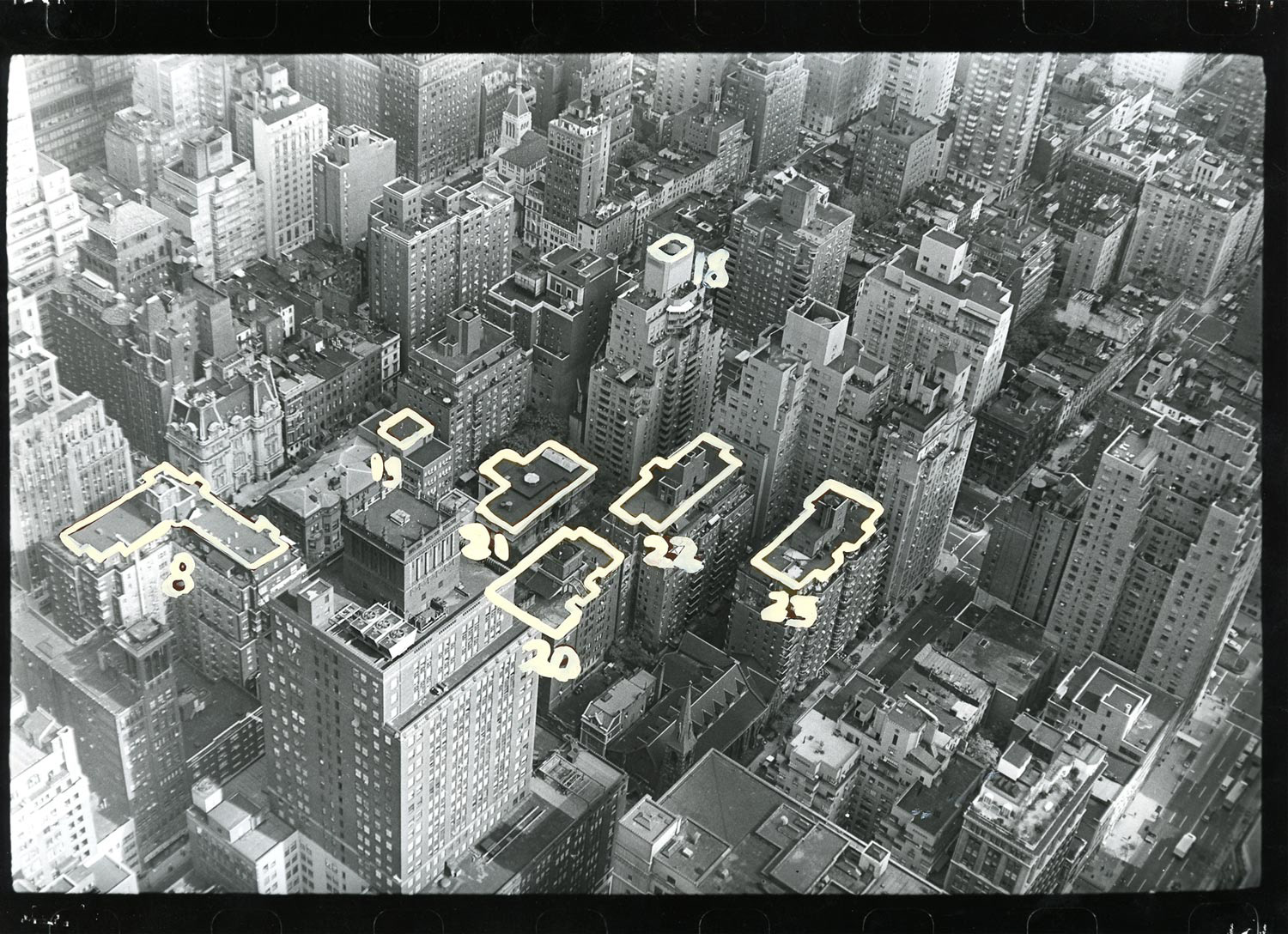
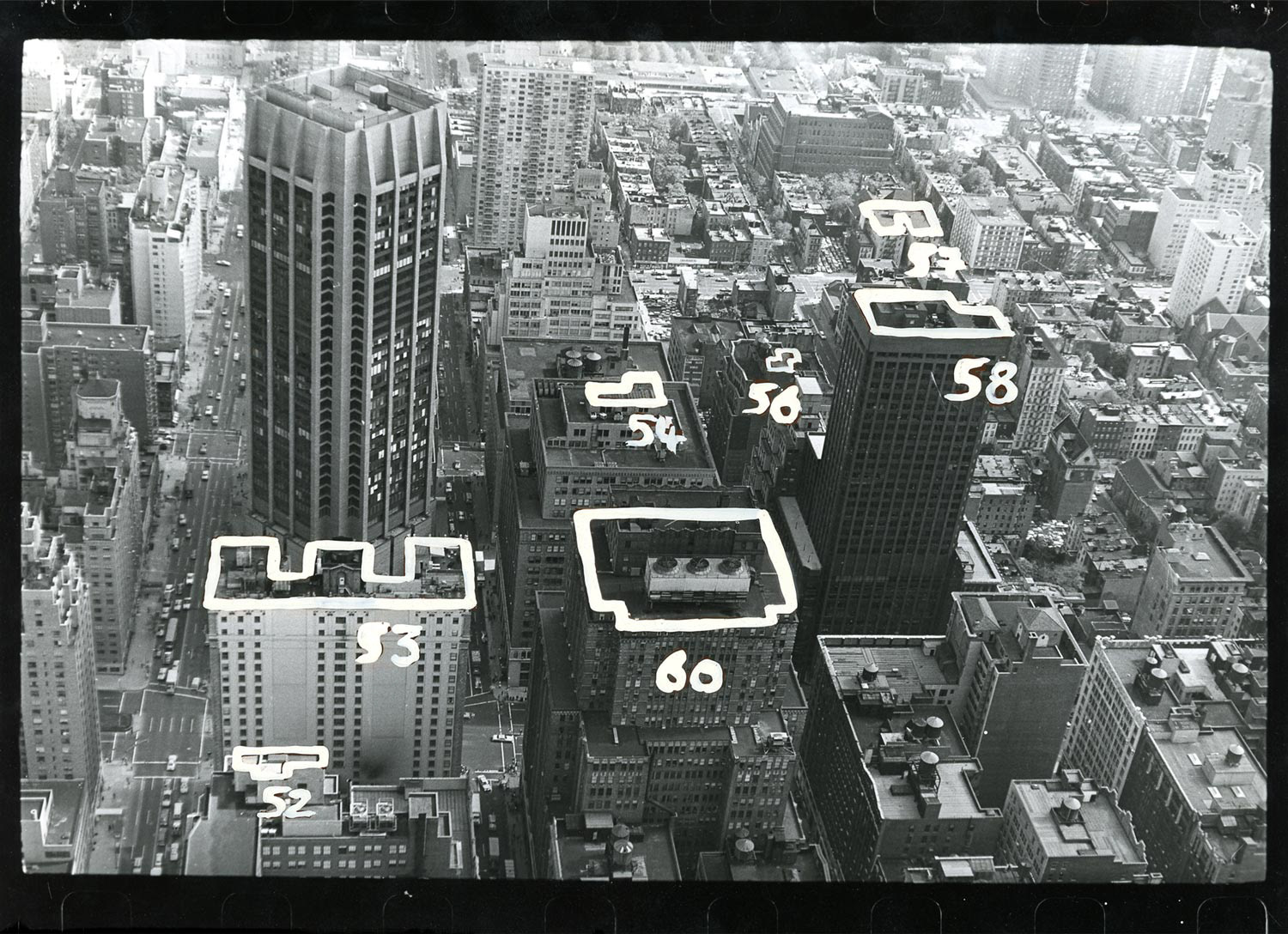
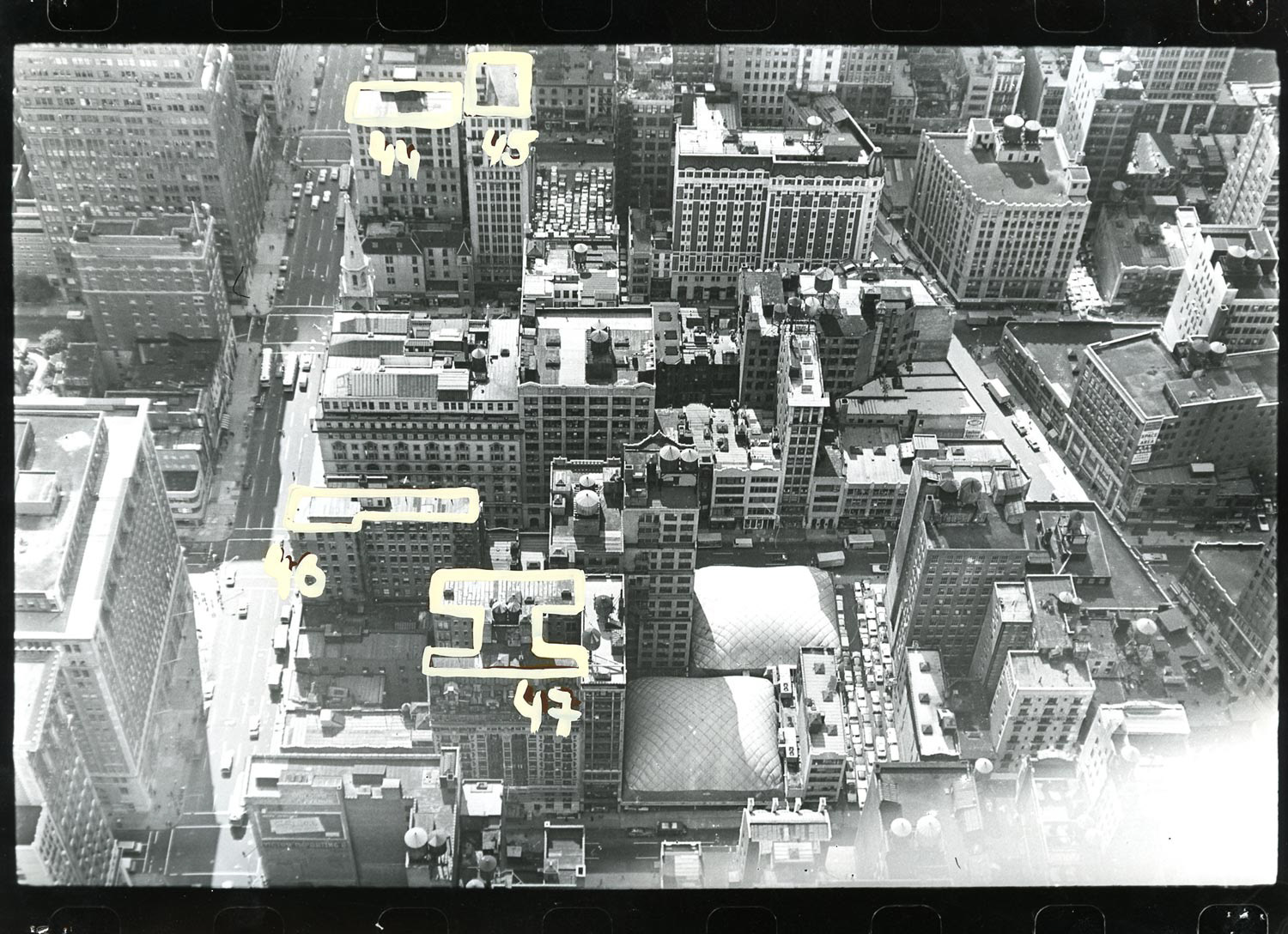
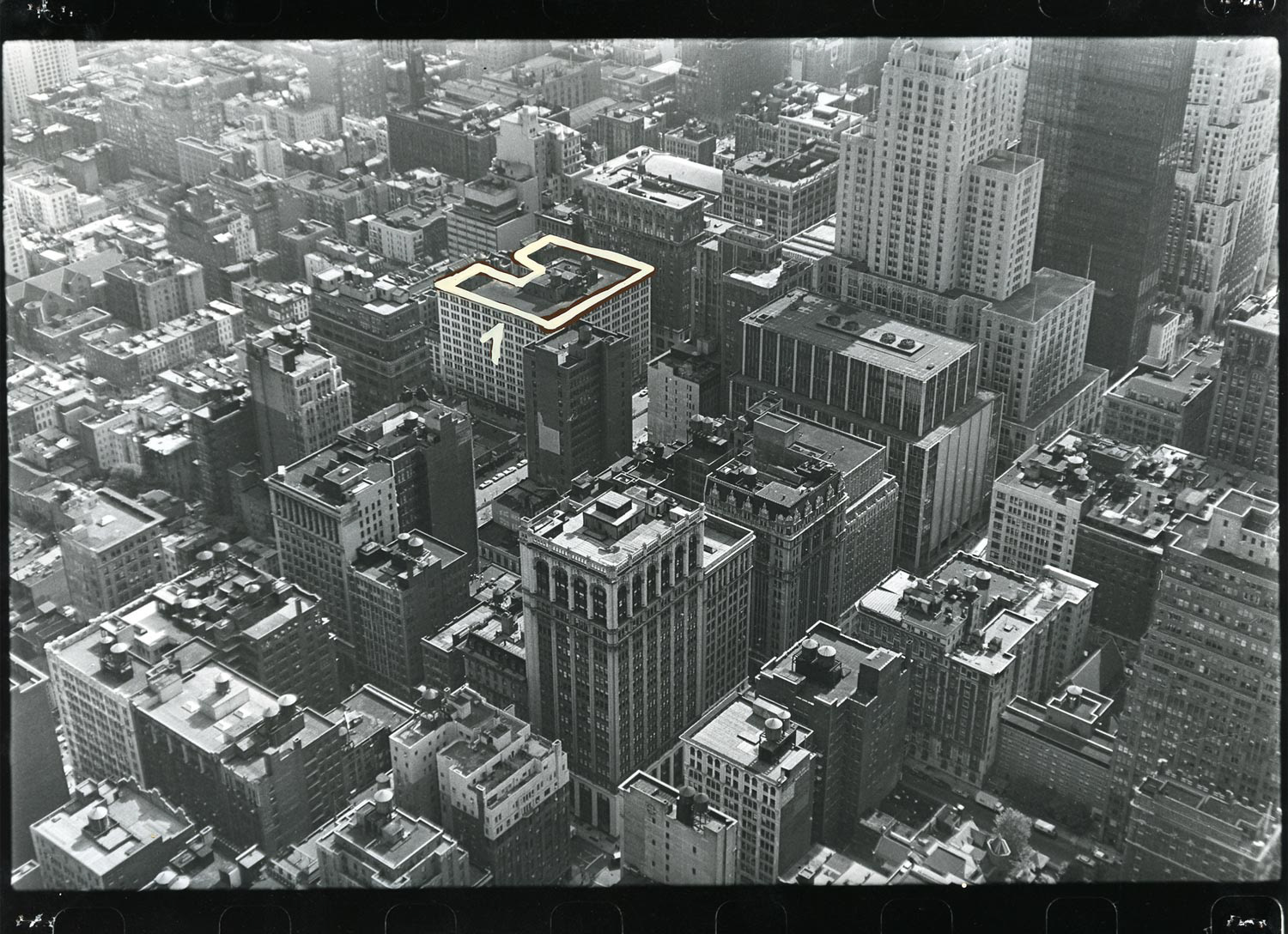
Mind the Gap (1978)
The starting point for this work is a partially unplastered brick wall in the basement studio of a fellow student. The rough joints between the bricks were carefully traced, their shapes sawed out of plywood, painted in finely graduated shades of grey and inserted precisely into the wall structure. The addition does not make the gaps forgotten – it emphasises them, gives them form and intrinsic value.
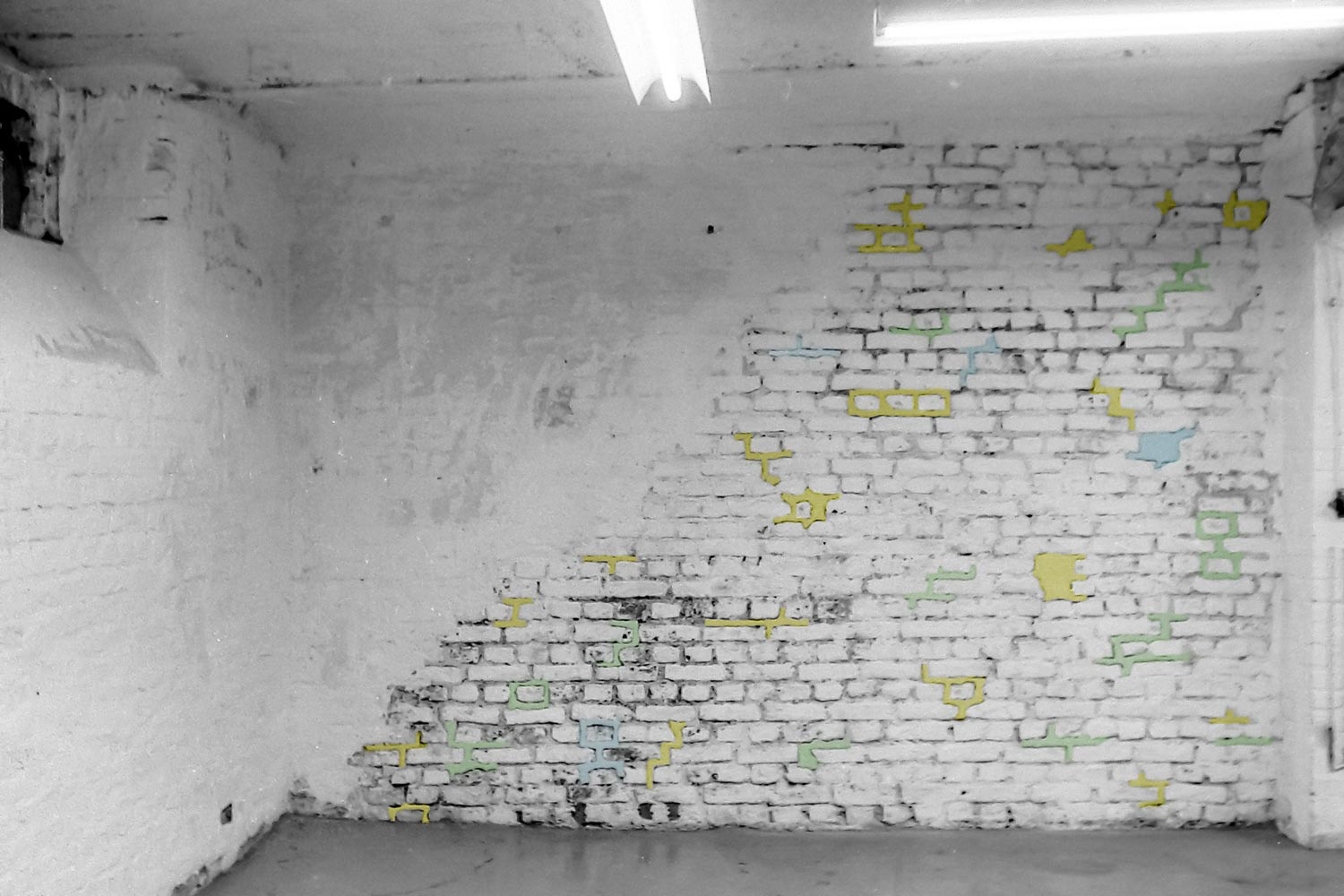
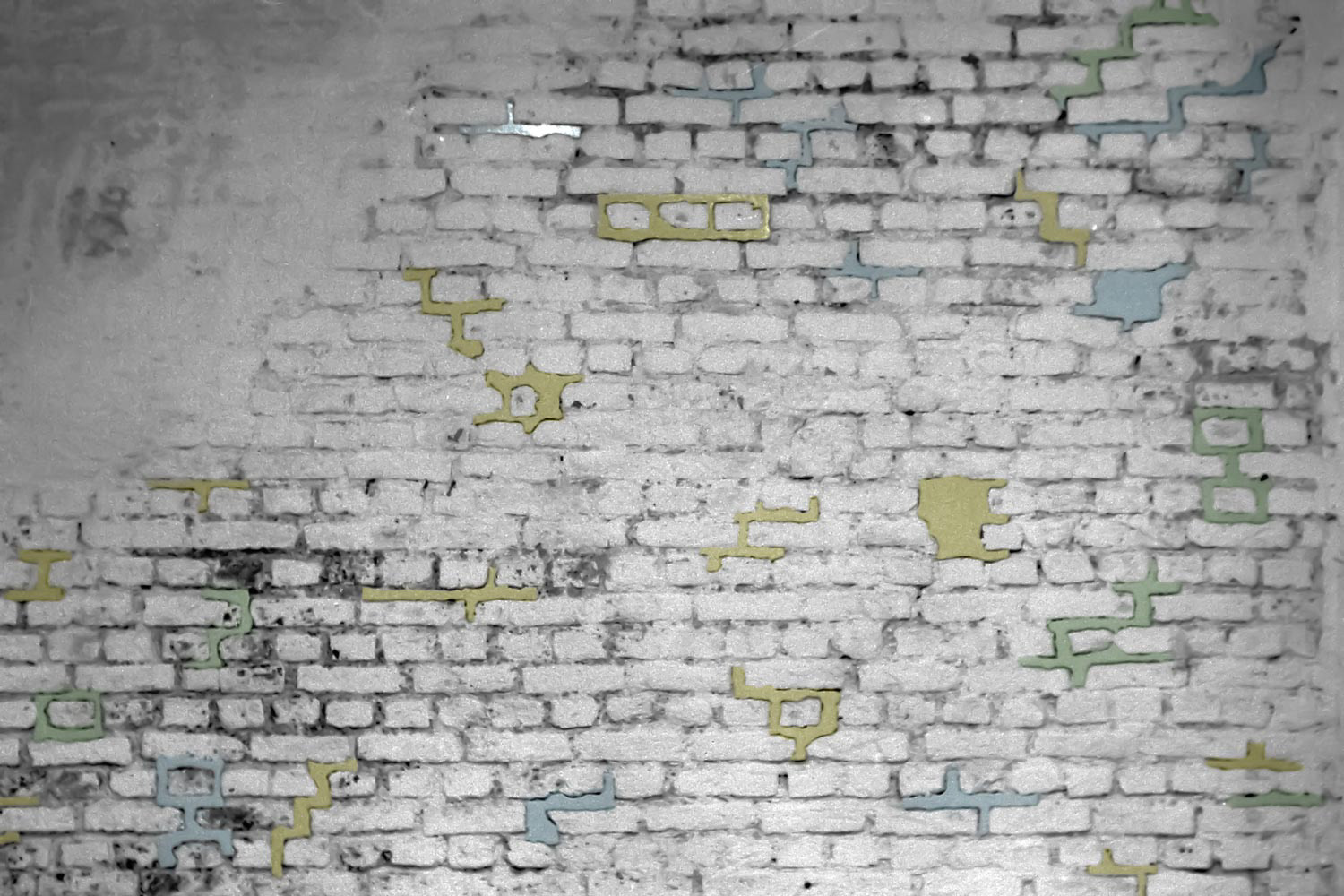
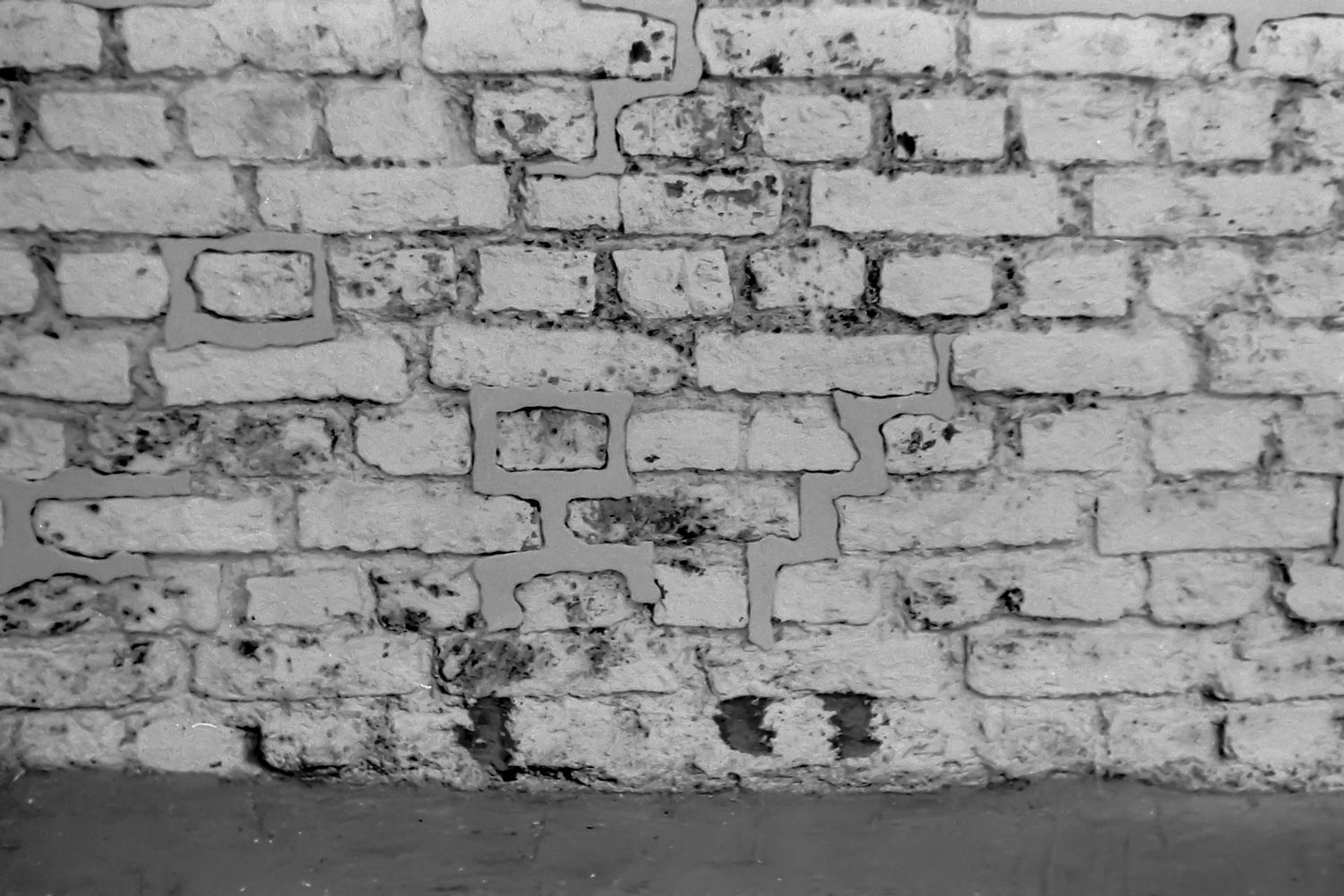
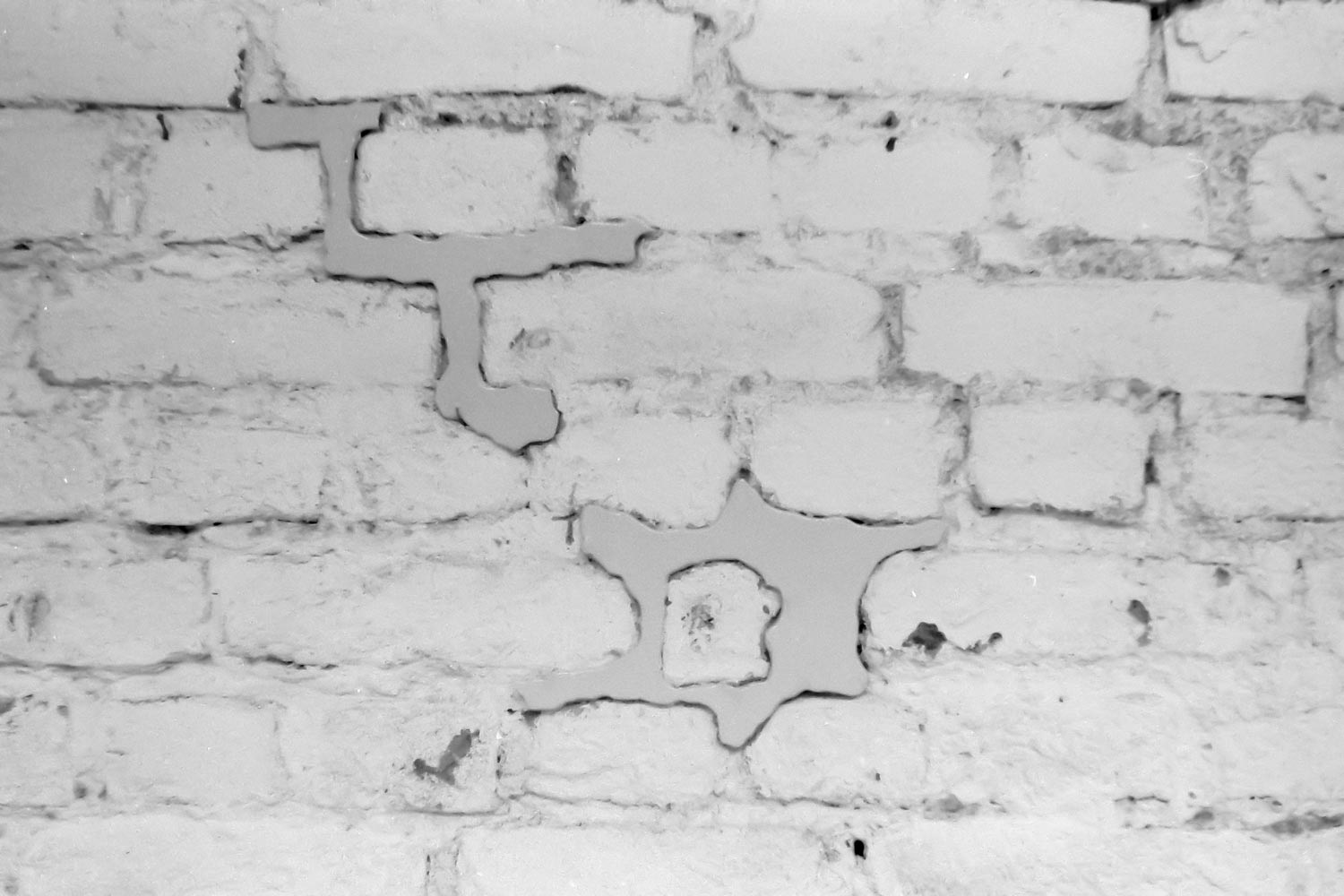
Bleecker Street (1978)
A small scholarship, awarded by the Düsseldorf Lions Club, enabled him and three fellow students to spend three months in New York. Half a loft on Bleecker Street was used as a studio. The strategy of the "corner" works from 1976 was continued: Found corrugated cardboard was used to create spatial additions for details in the loft – glued with duct tape, painted with shimmering metallic colours in silver and bronze. The objects were precisely returned to the places to which they owed their form. A temporary rewriting of architectural reality in sculptural presence.
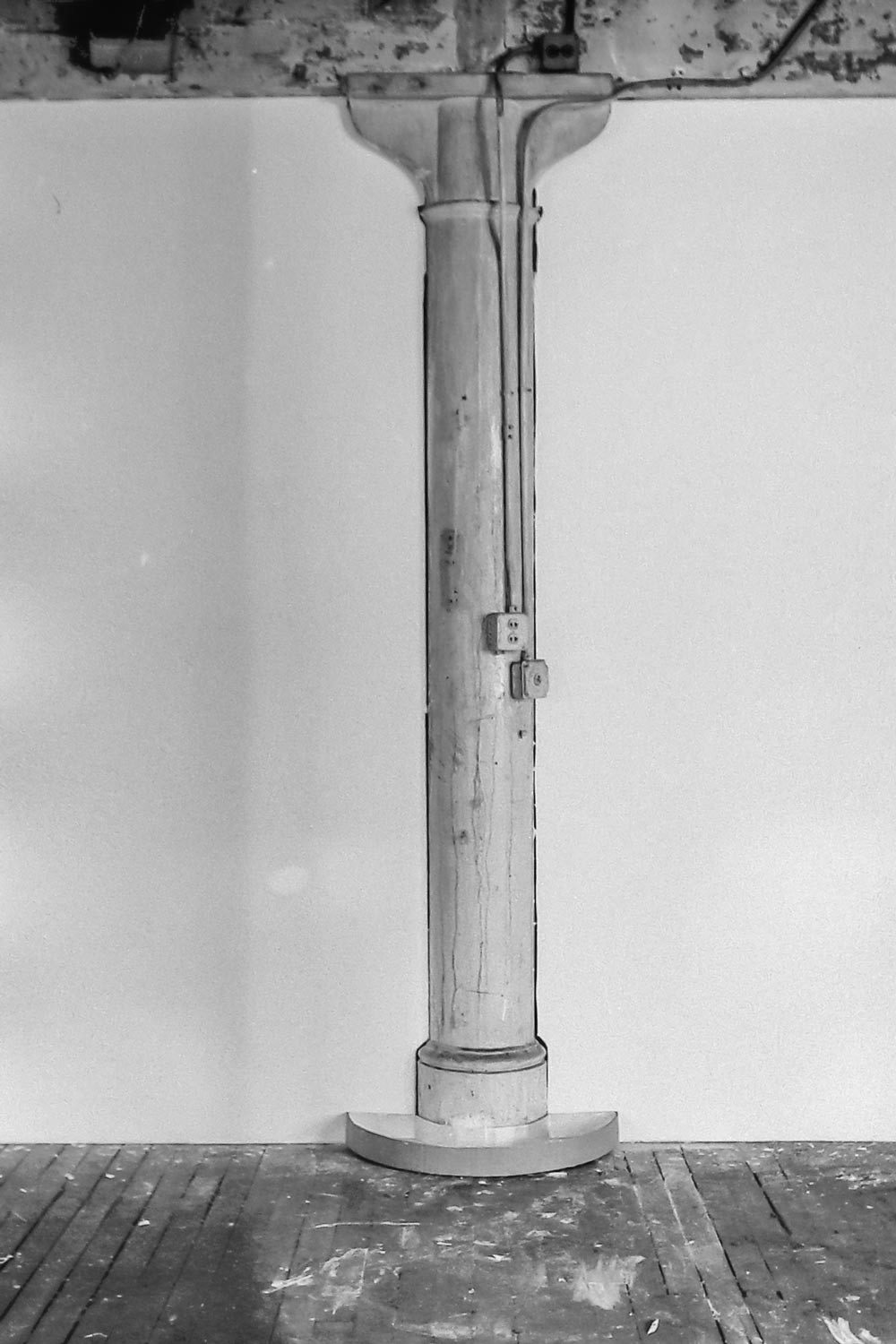
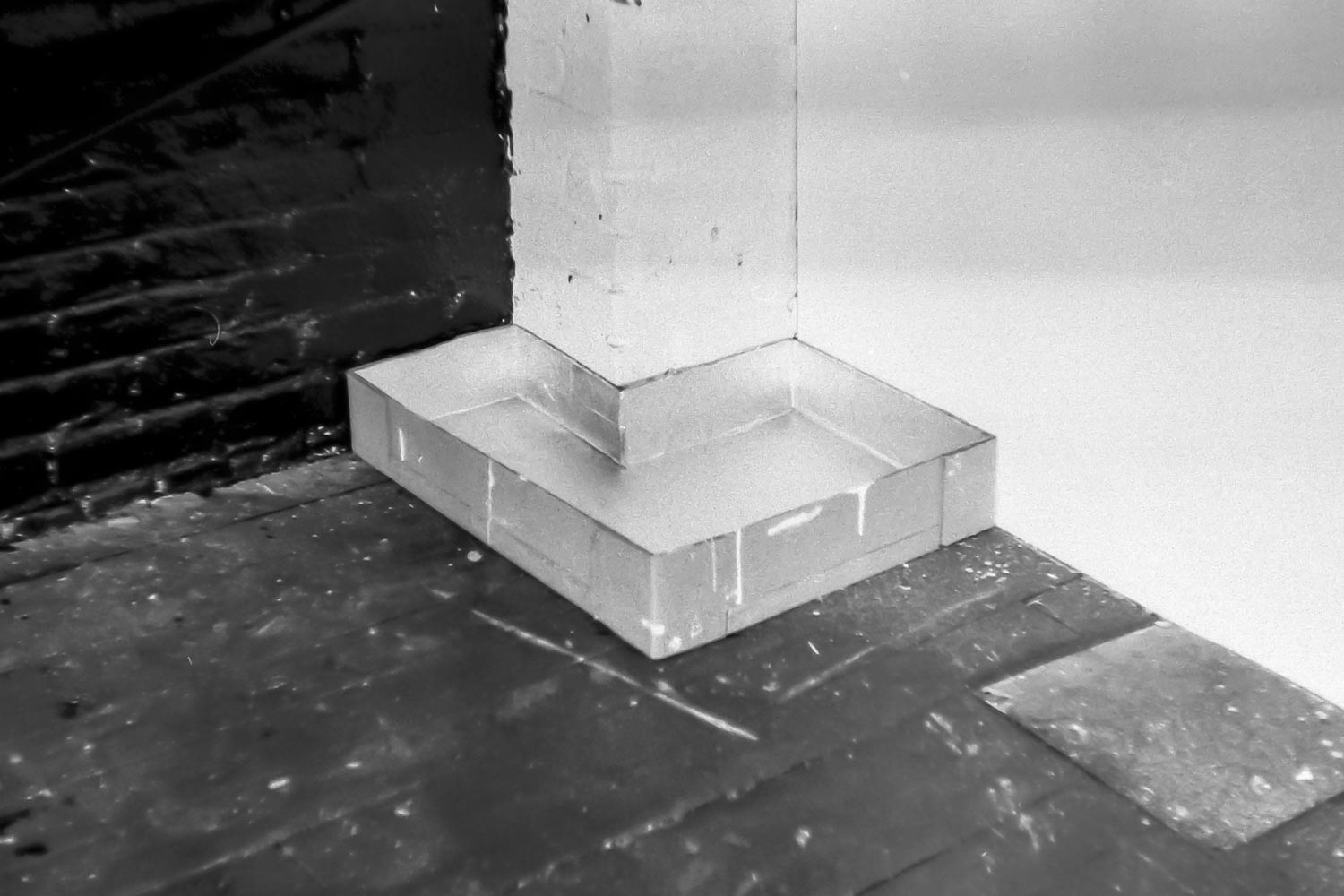
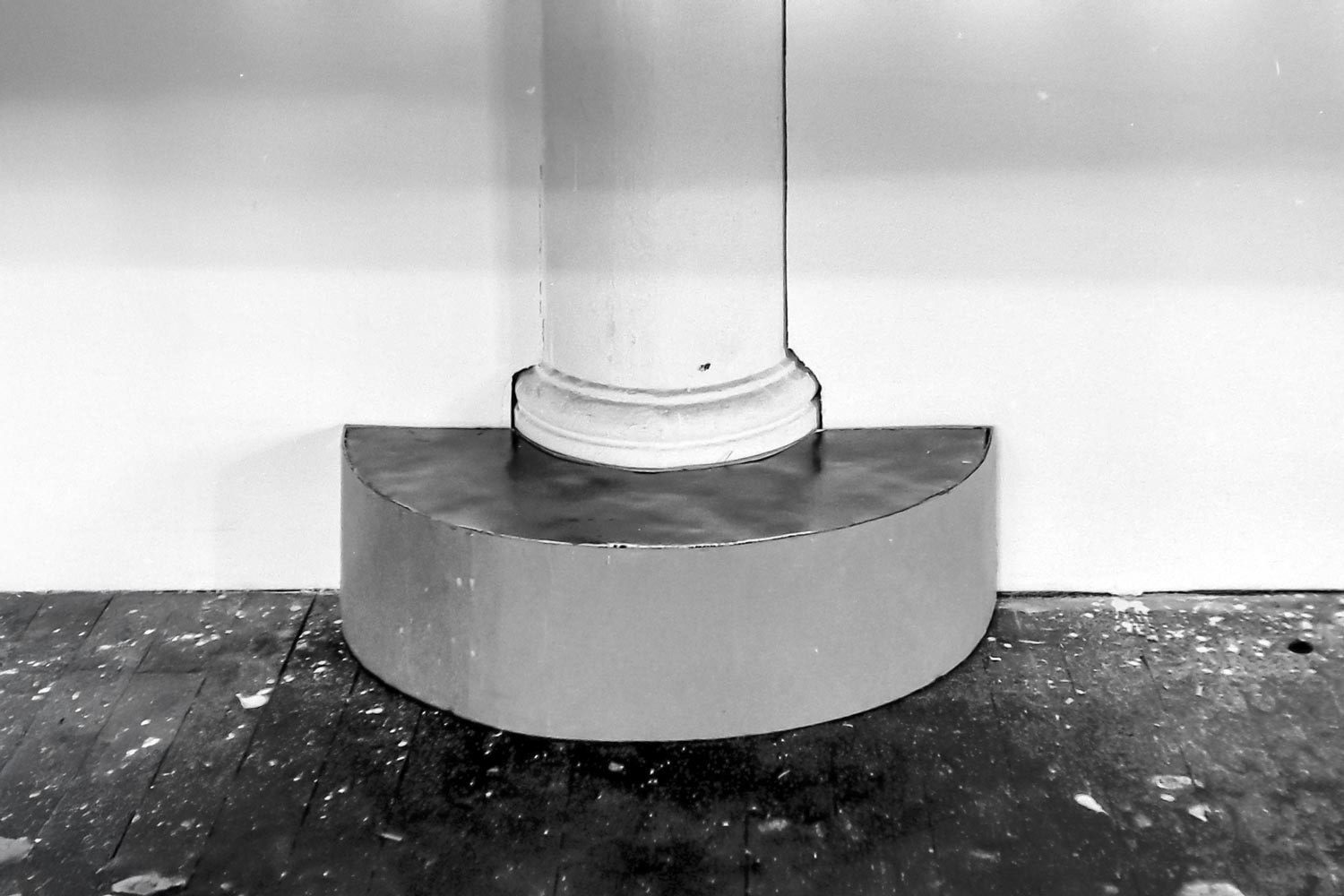
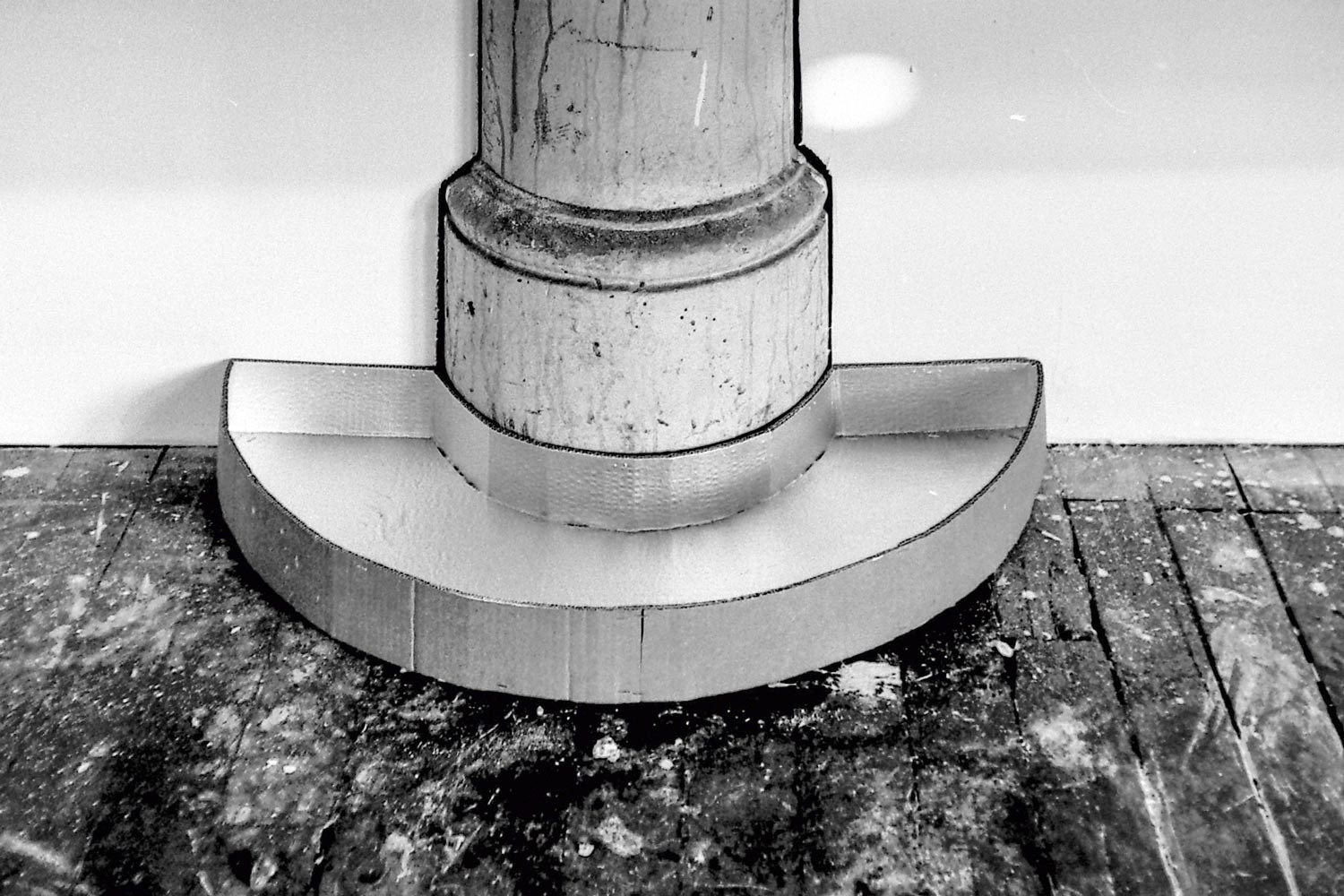
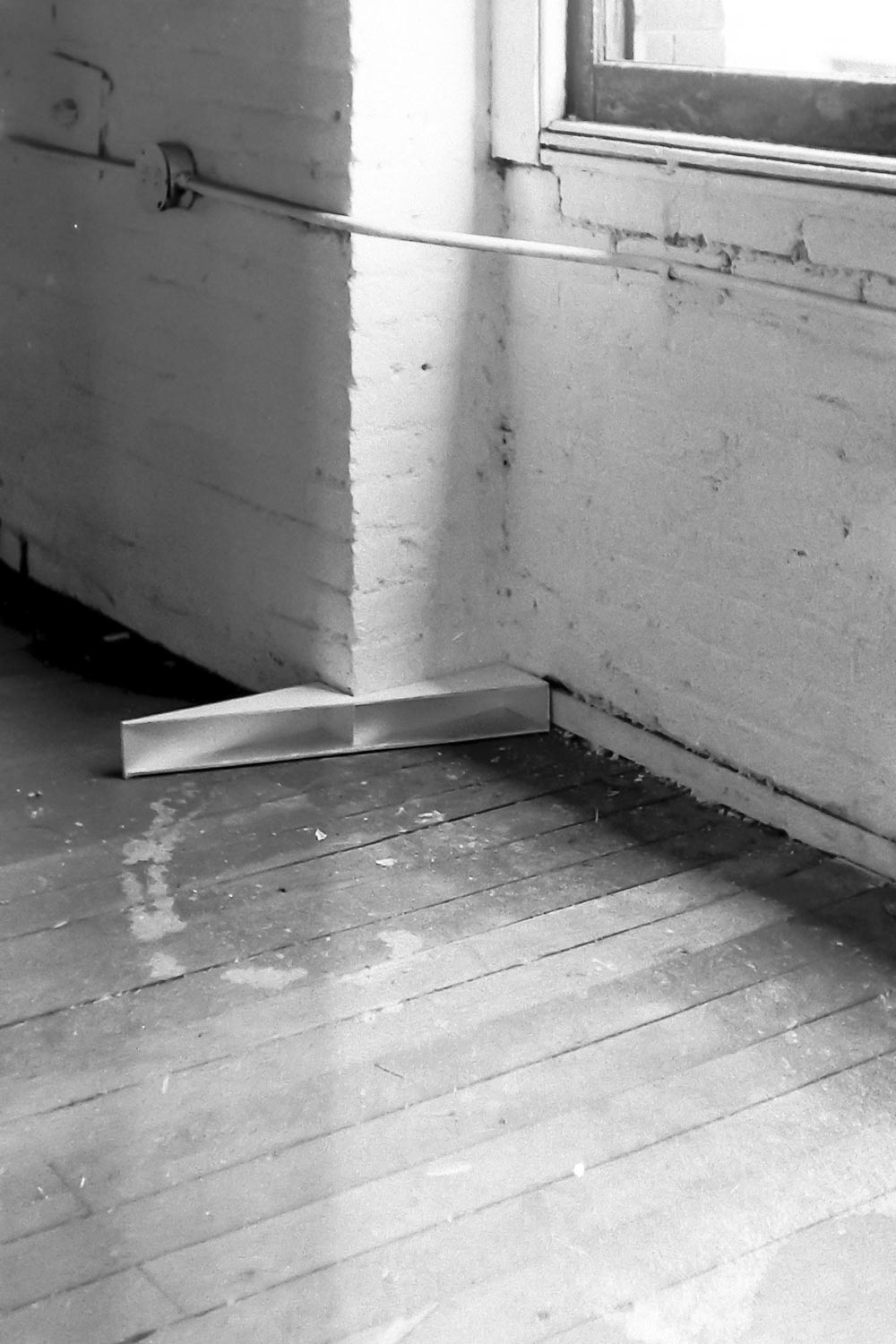
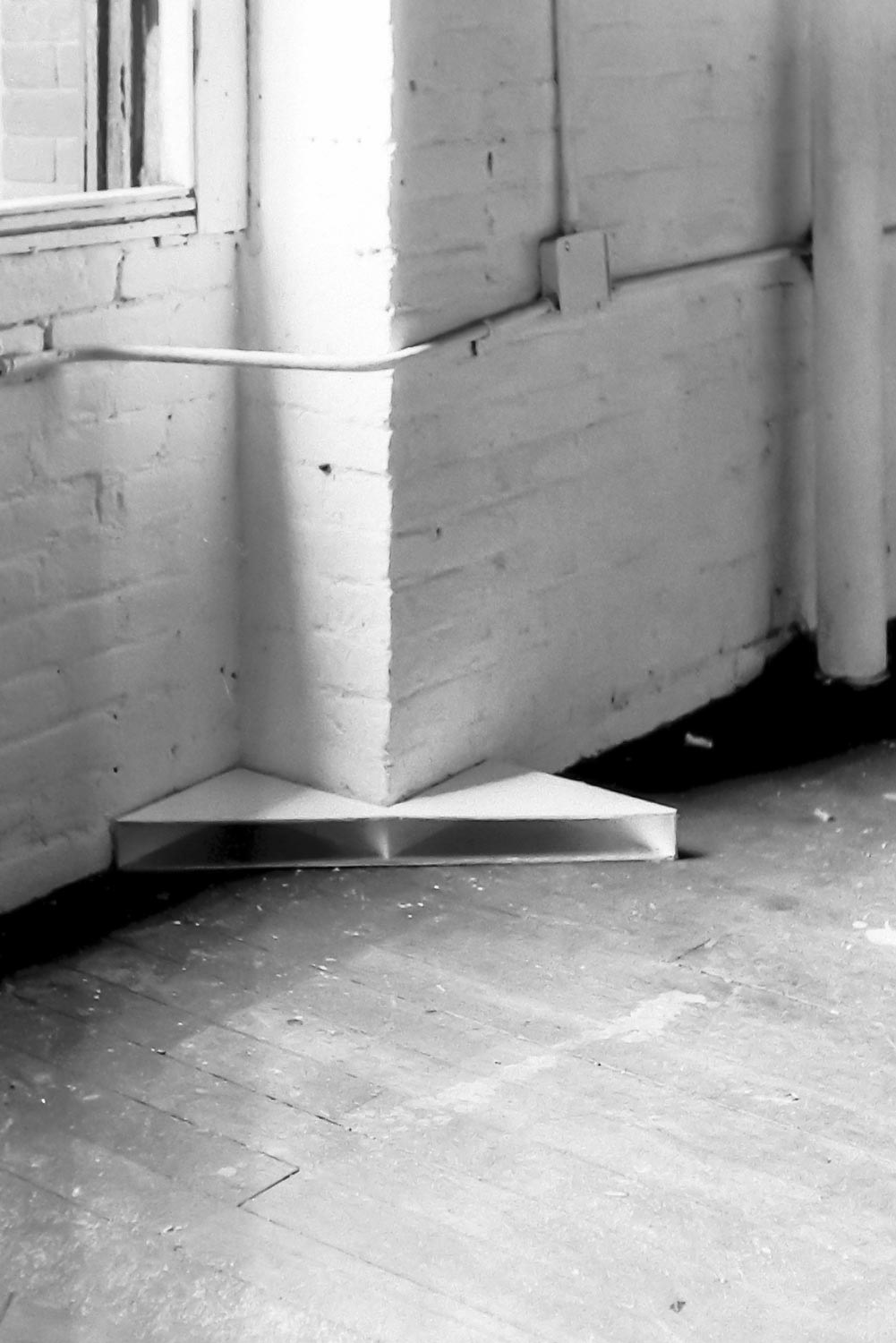
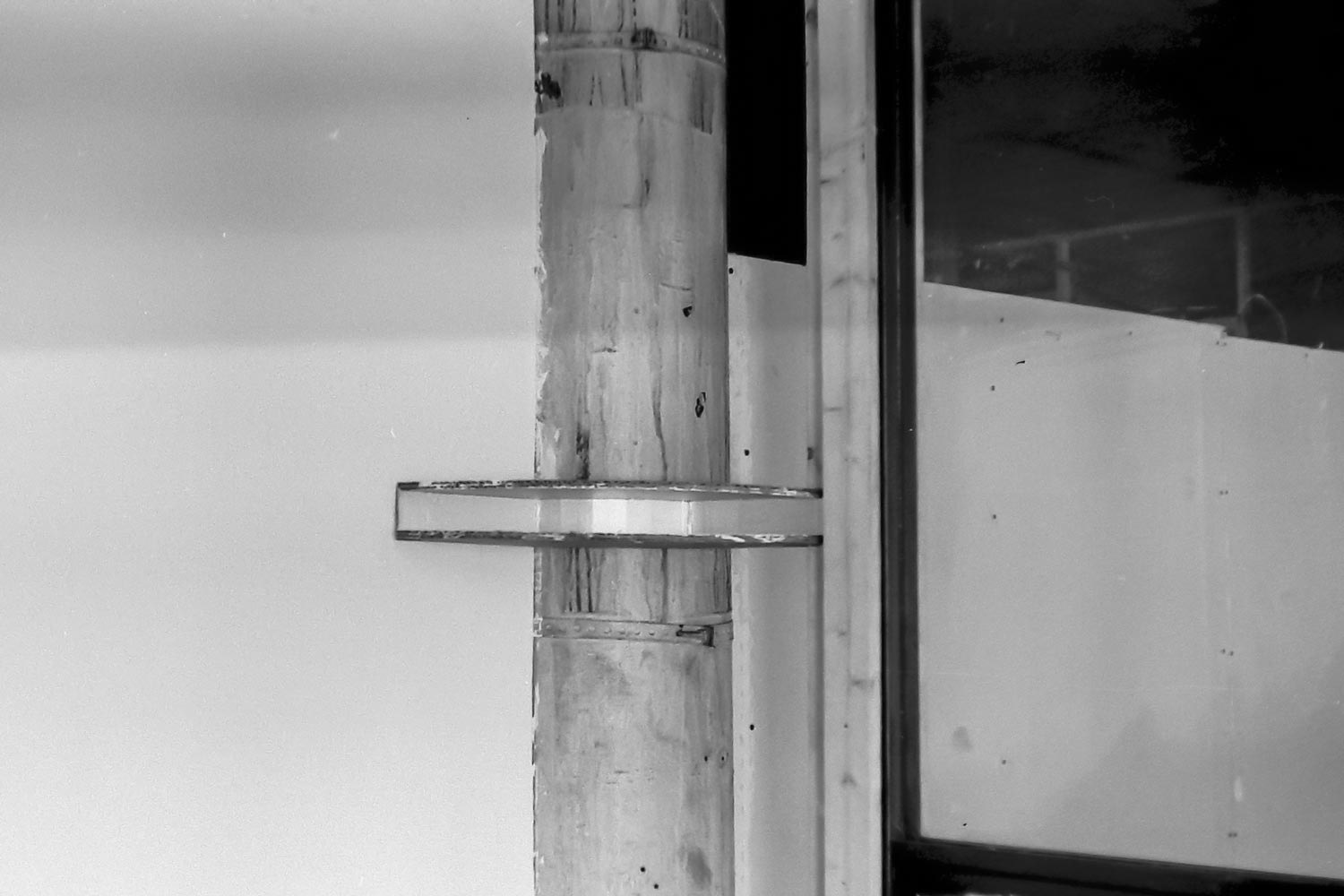
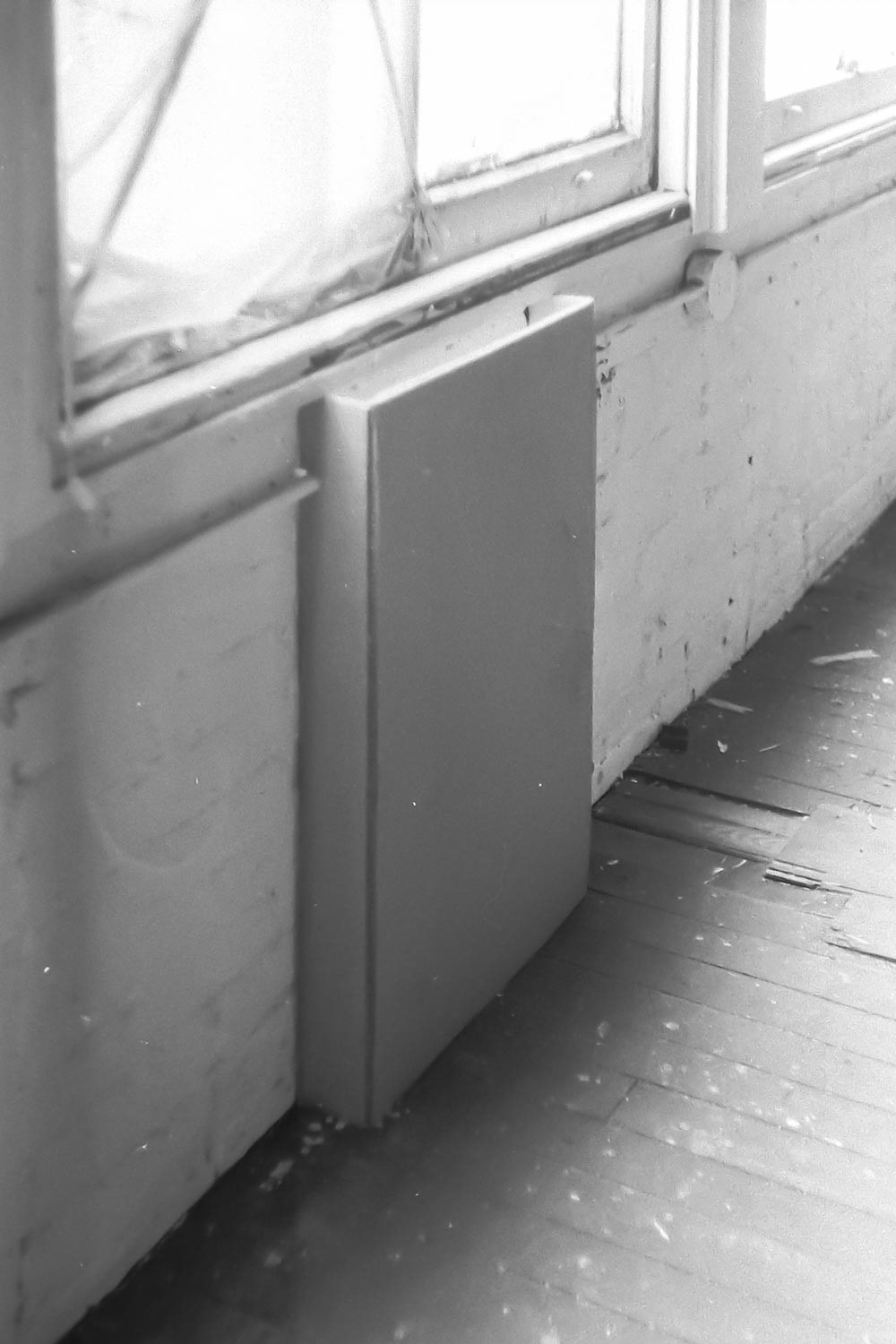
Eiskellerberg (1979)
A staircase situation in the main building was chosen for the graduation project at the Düsseldorf Art Academy – deliberately as a place of passage. The sculptures are hollow, their interiors painted with glossy lacquer in graduated shades: The deeper the view, the darker the colour. On the outside, however, everything remains matt white.
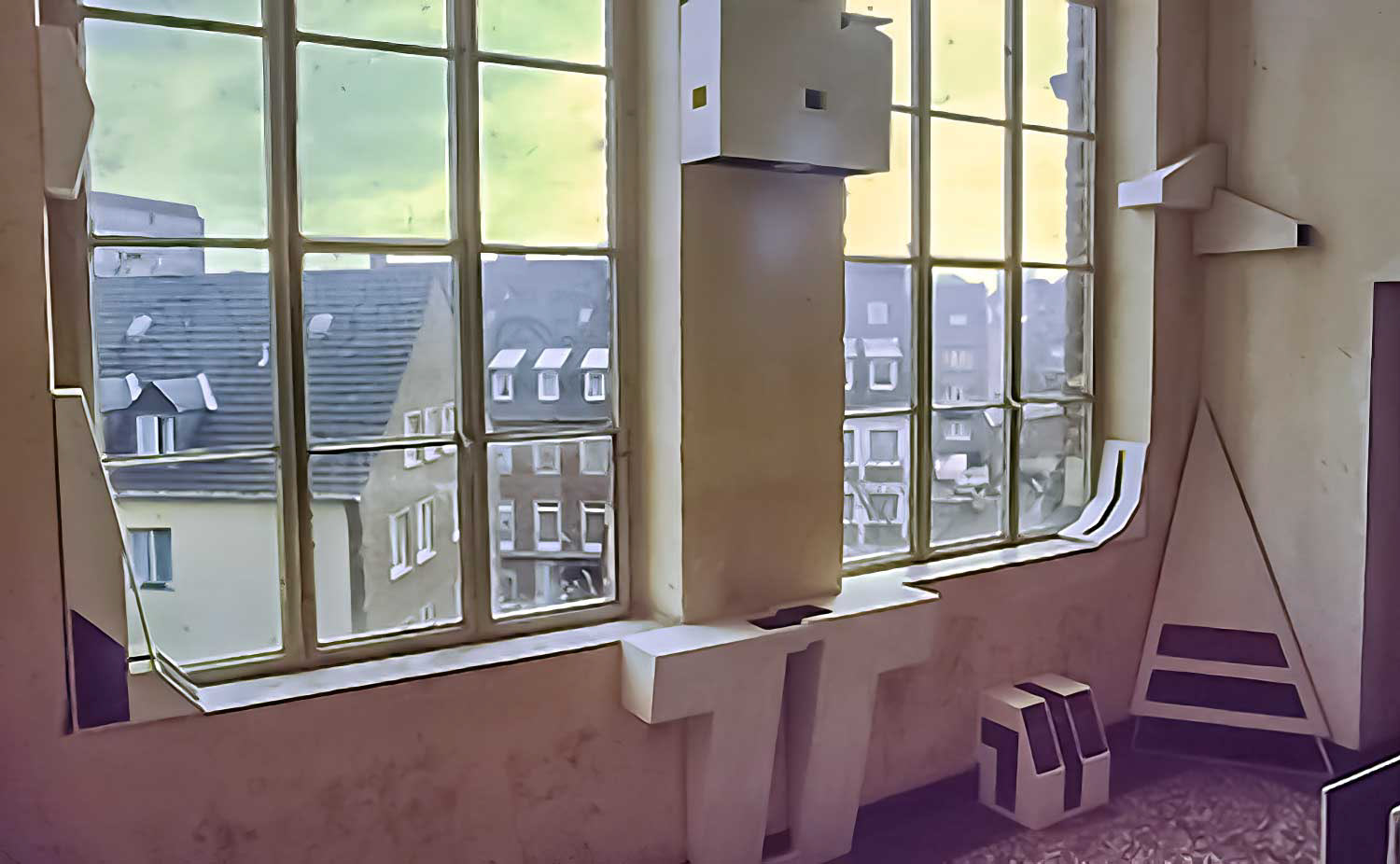
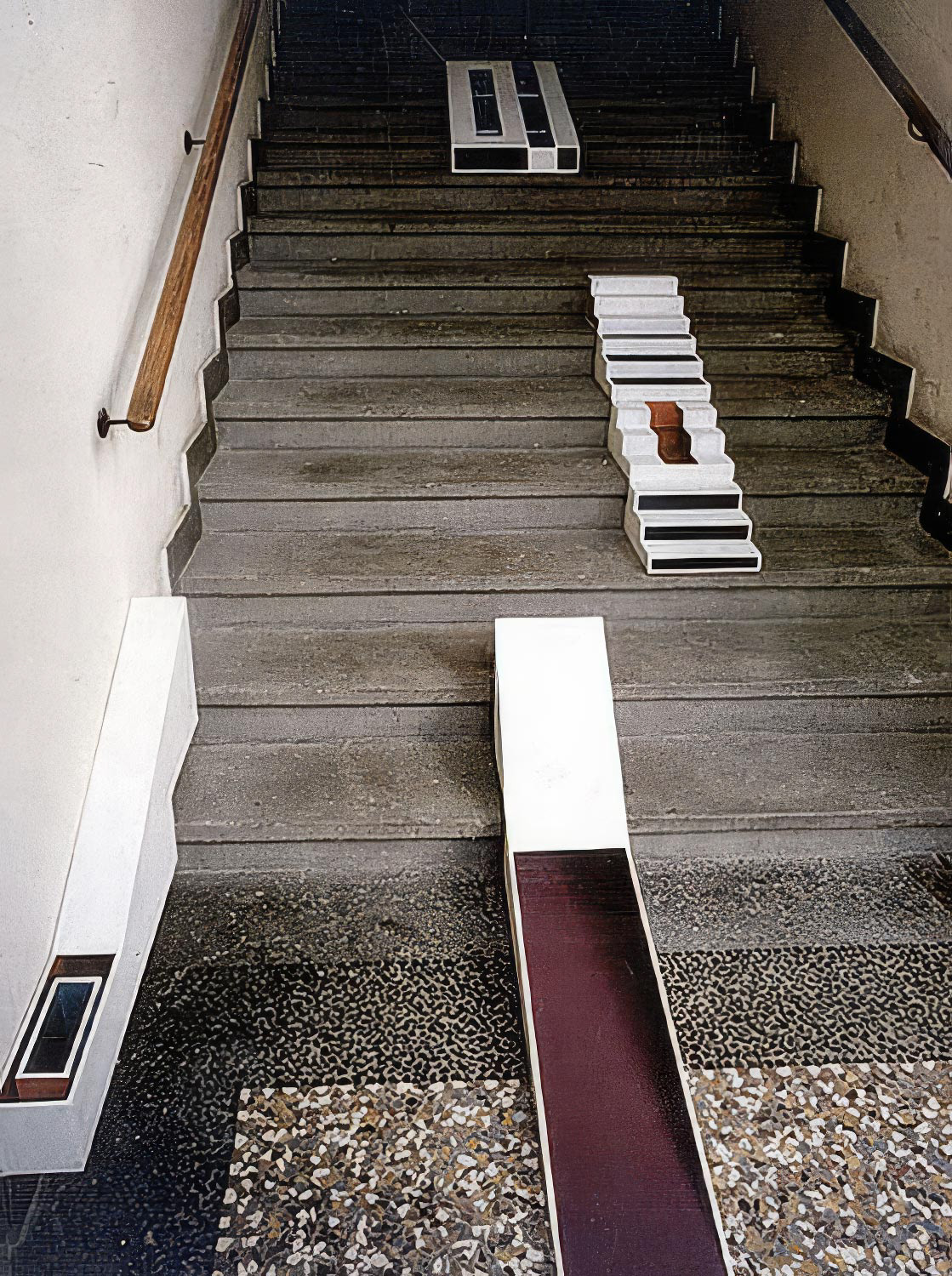
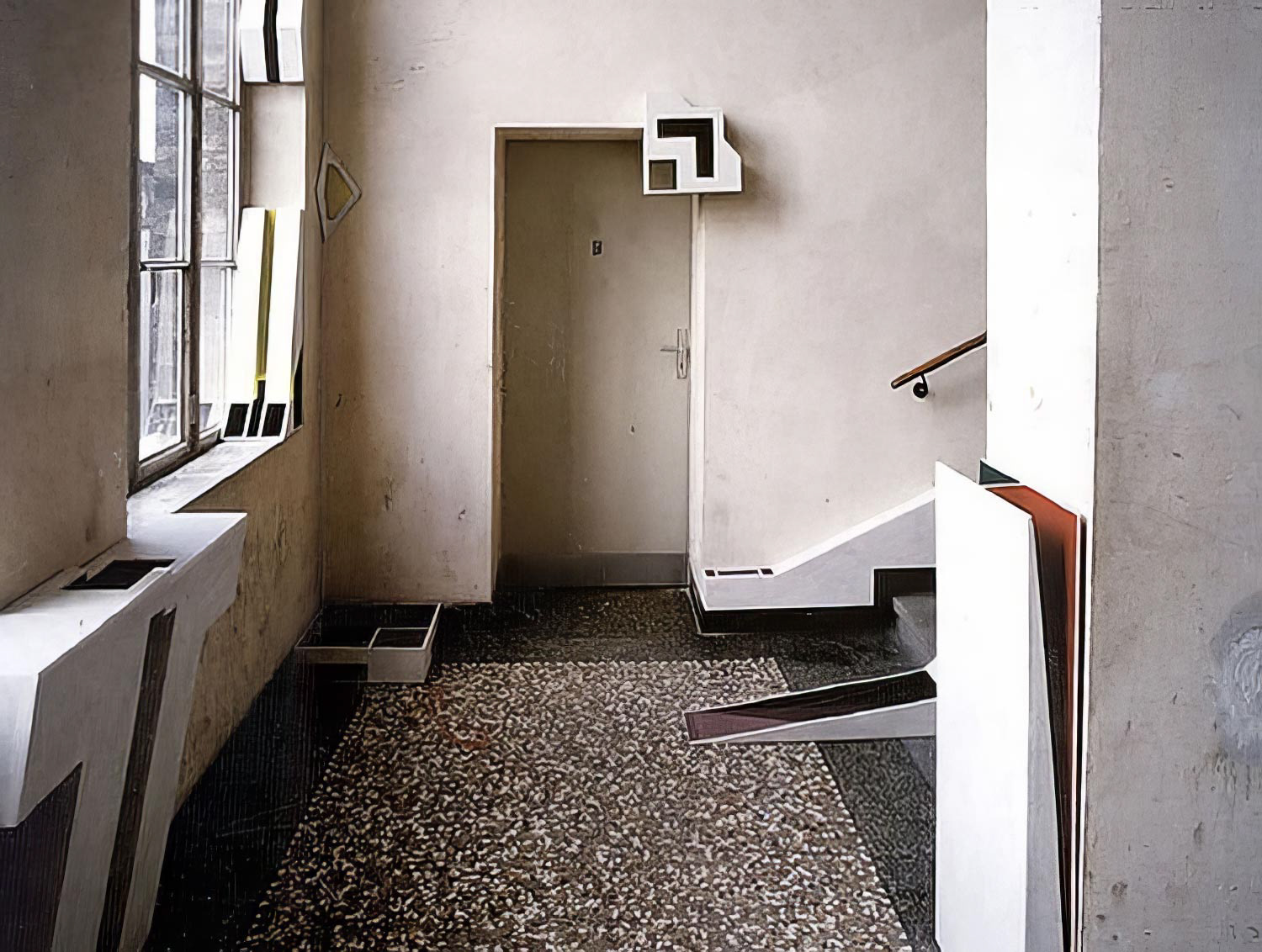
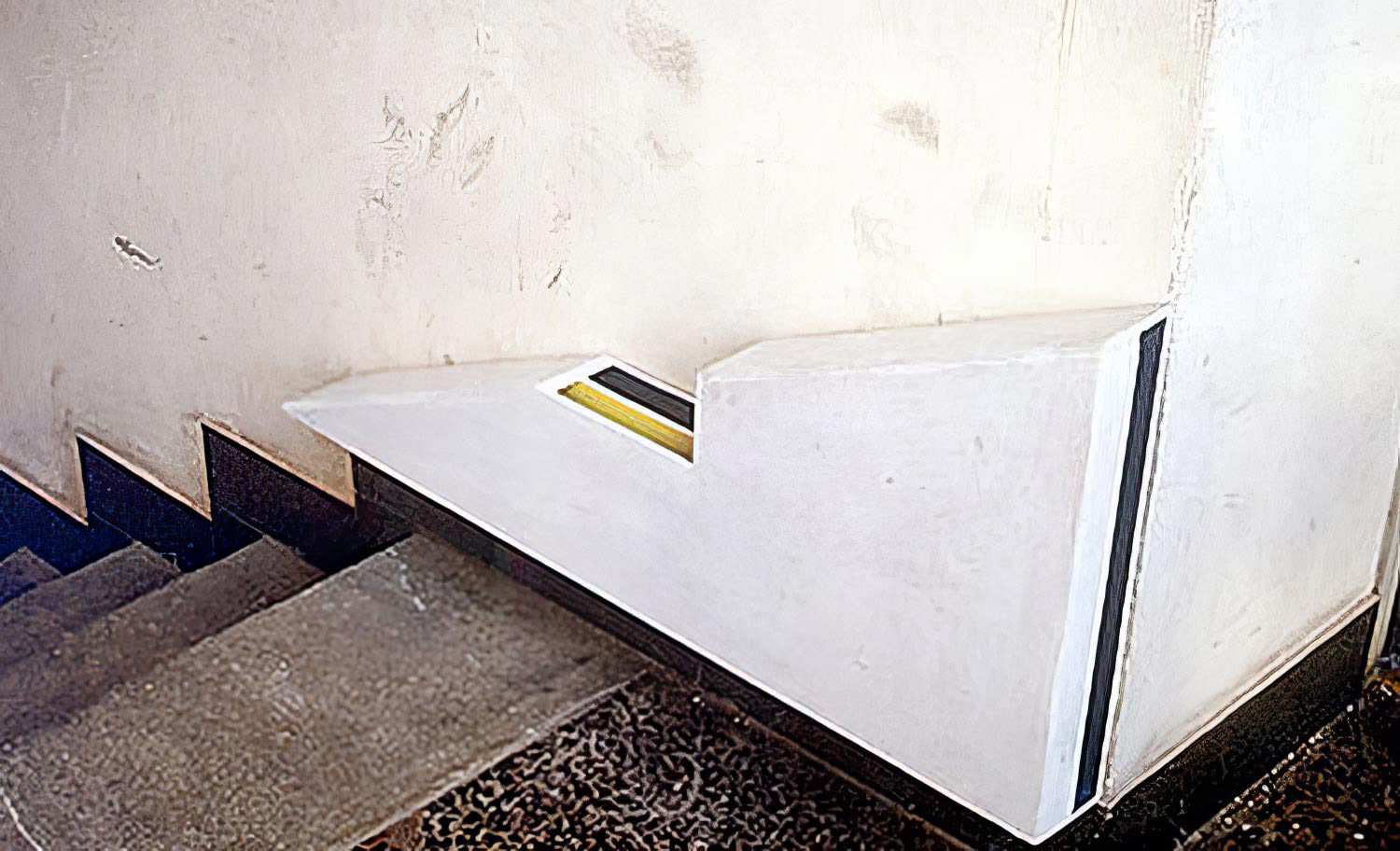
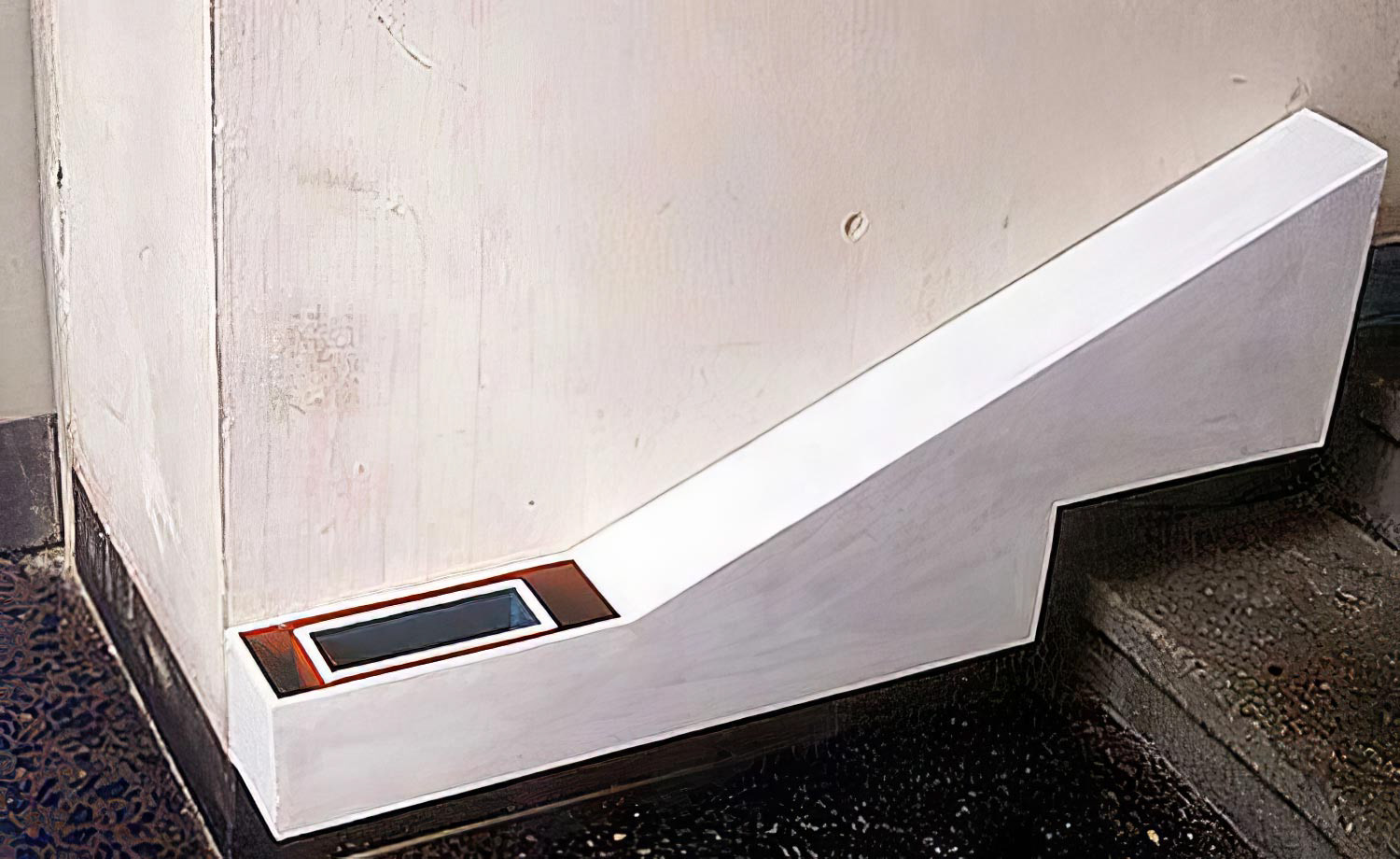
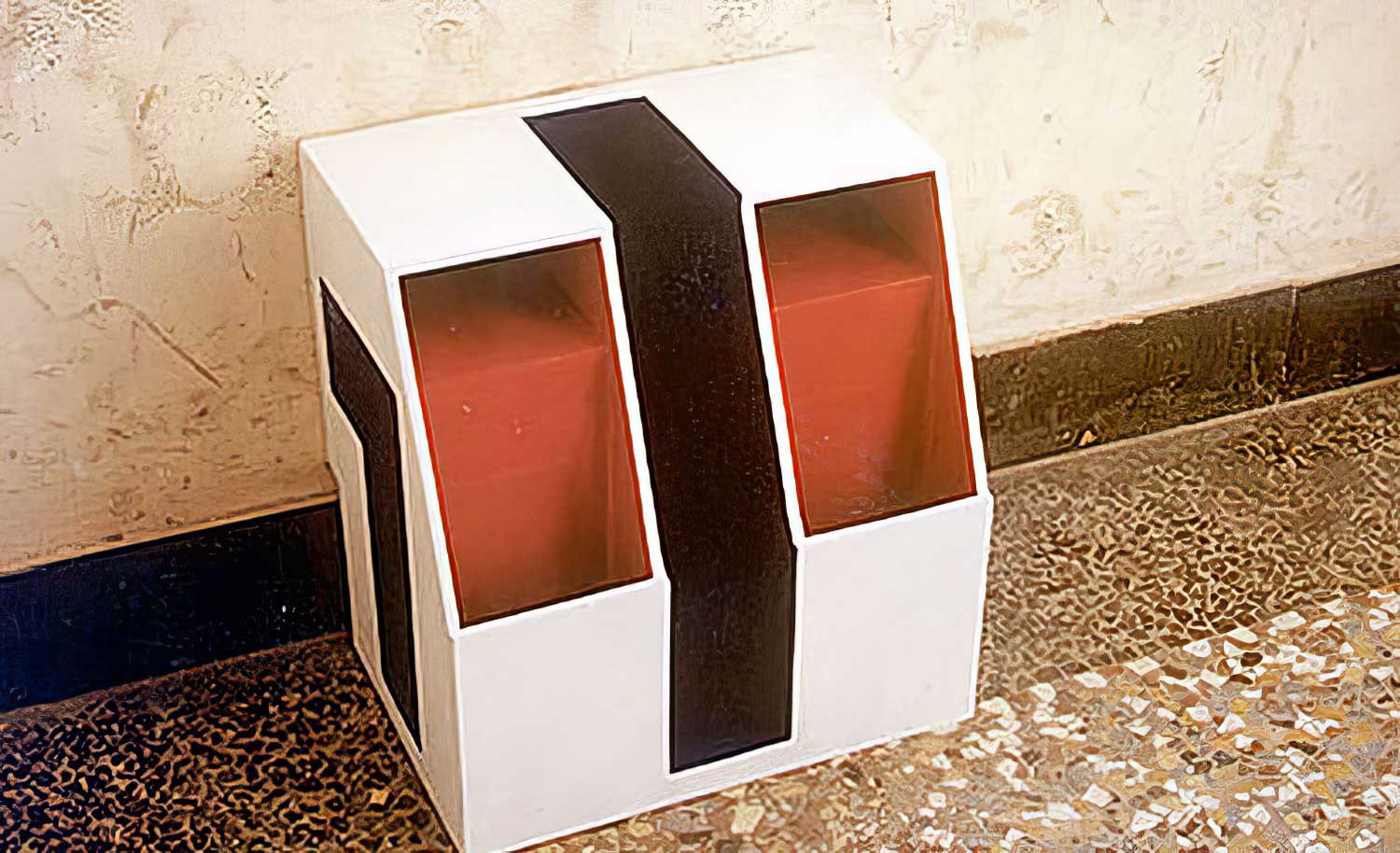
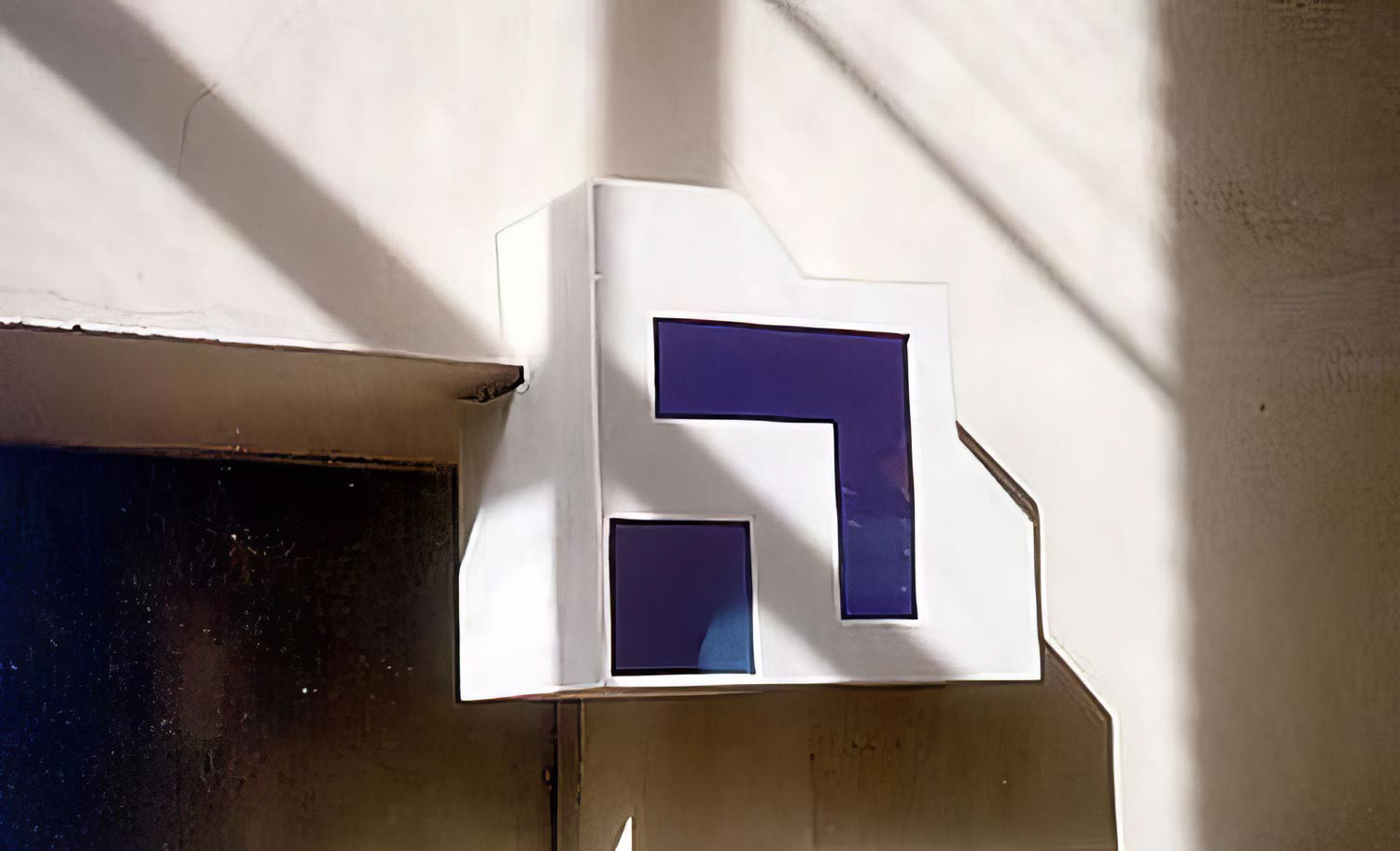
Wall unit (1979)
Even before the move to London, an expansive wall piece was created in the student's room: furniture and window structure were projected onto the wall opposite and realised in three dimensions ten centimetres deep – partly oten, partly as cupboard-like elements. The evening before leaving for London became a farewell party with a presentation of this work.
Queen's Gate (1980)
A spacious studio was available at the Royal College. Sculptures responded directly to the spatial conditions – this time with an interior made of everyday materials: wallpaper, comic clippings, photo series, drawings. A summarising wall projection takes up the structure of the structure of the Düsseldorf wall unit, but develops it further – more colourful, more playful, more conceptual.
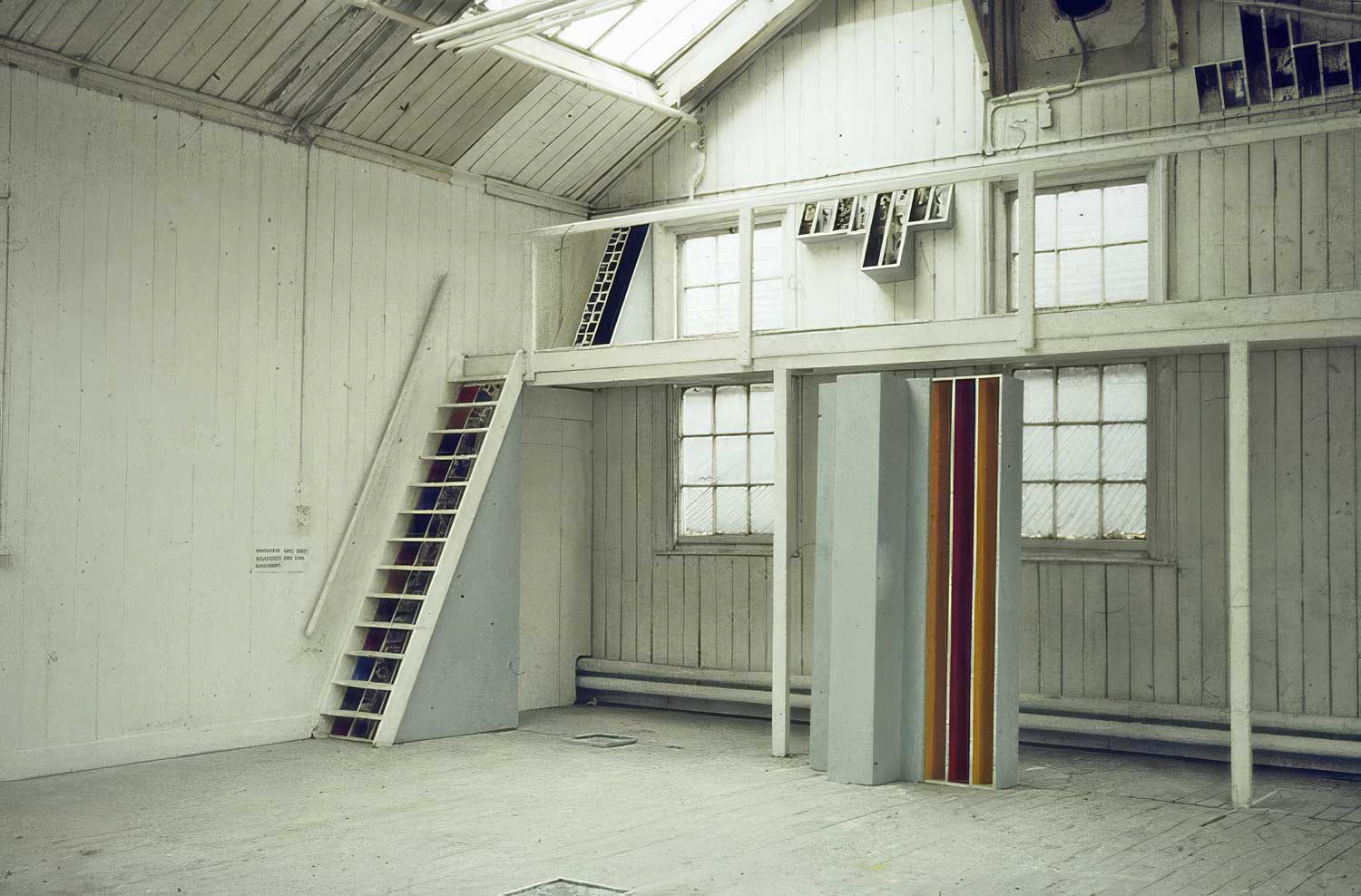
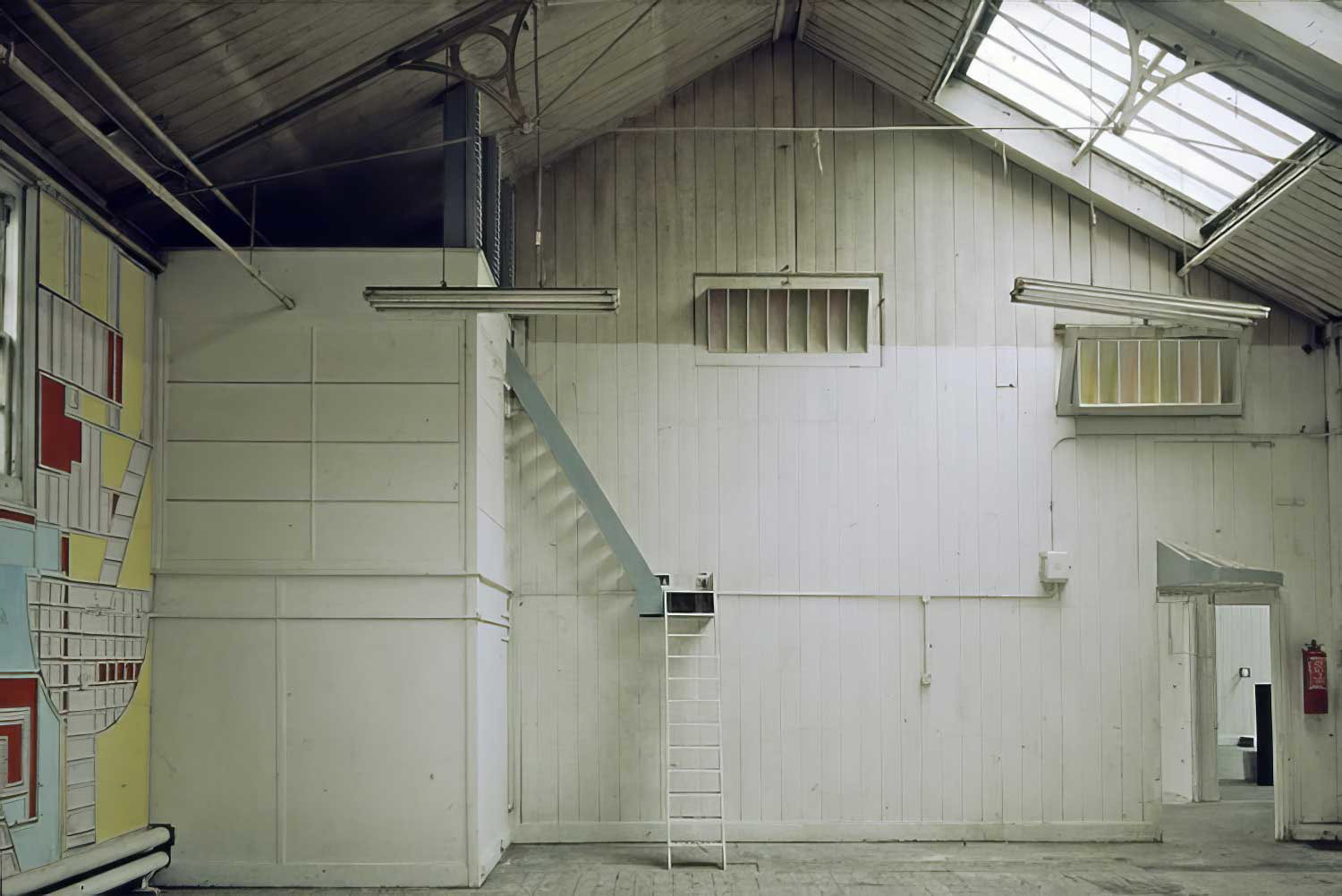
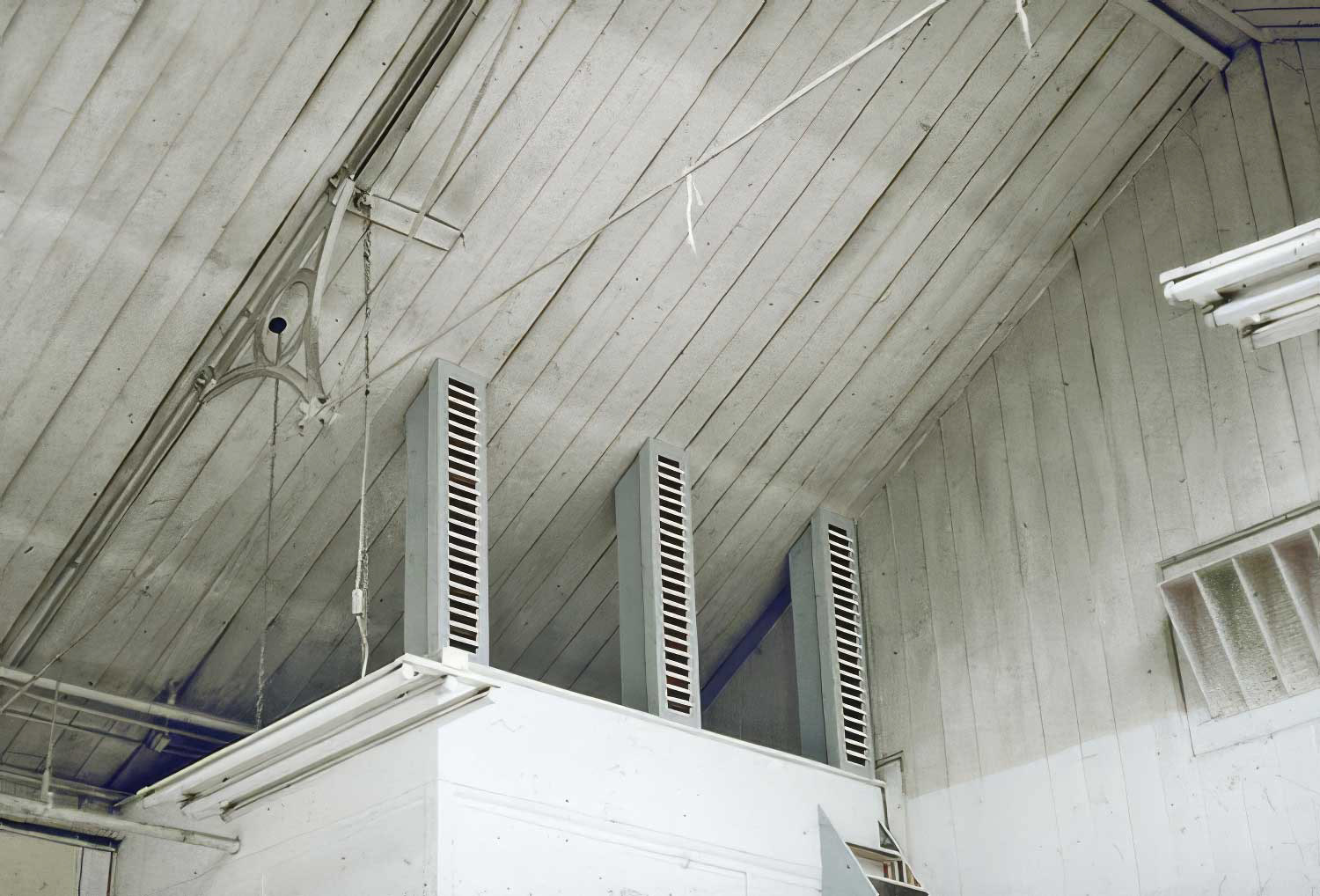
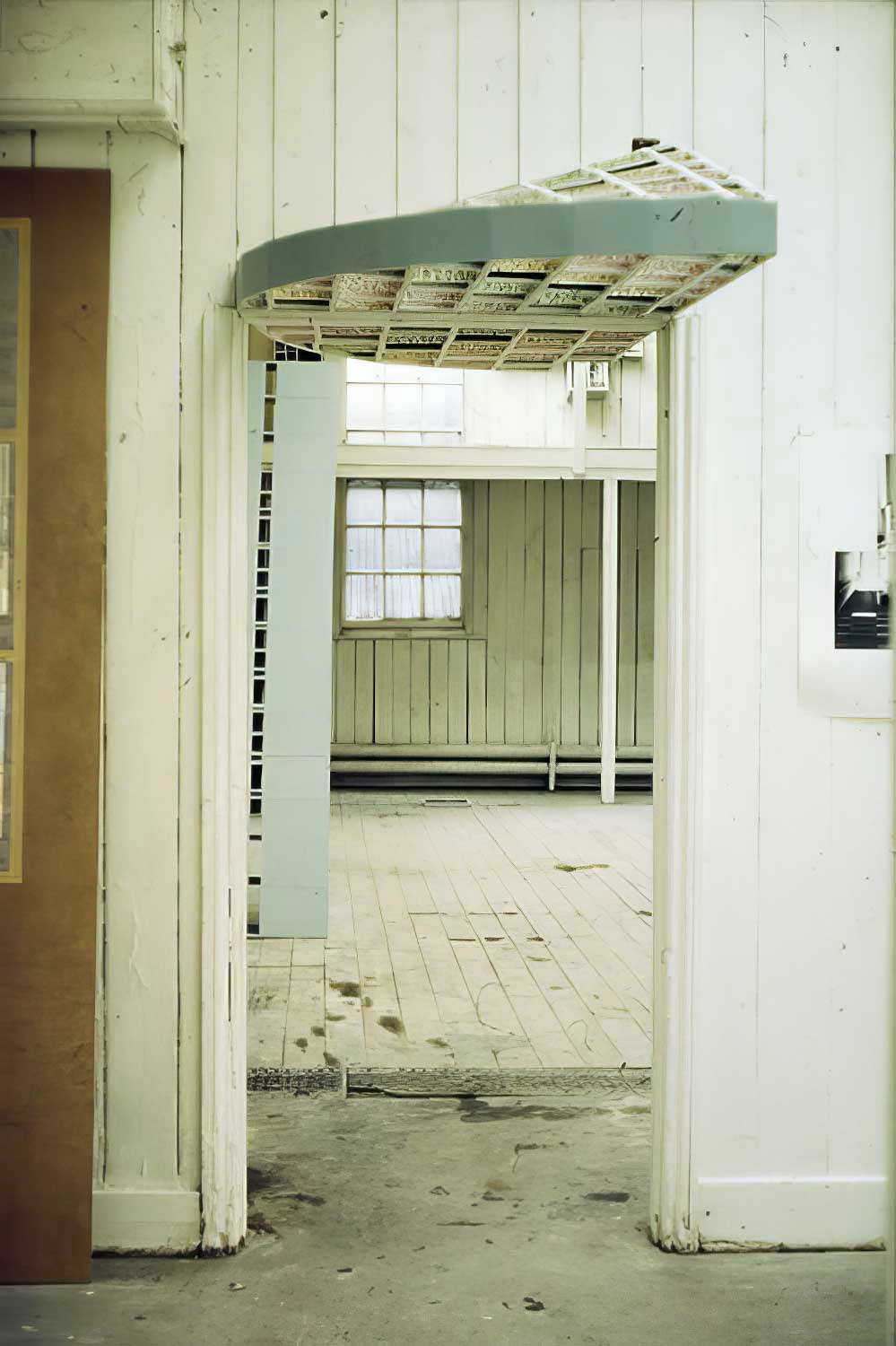
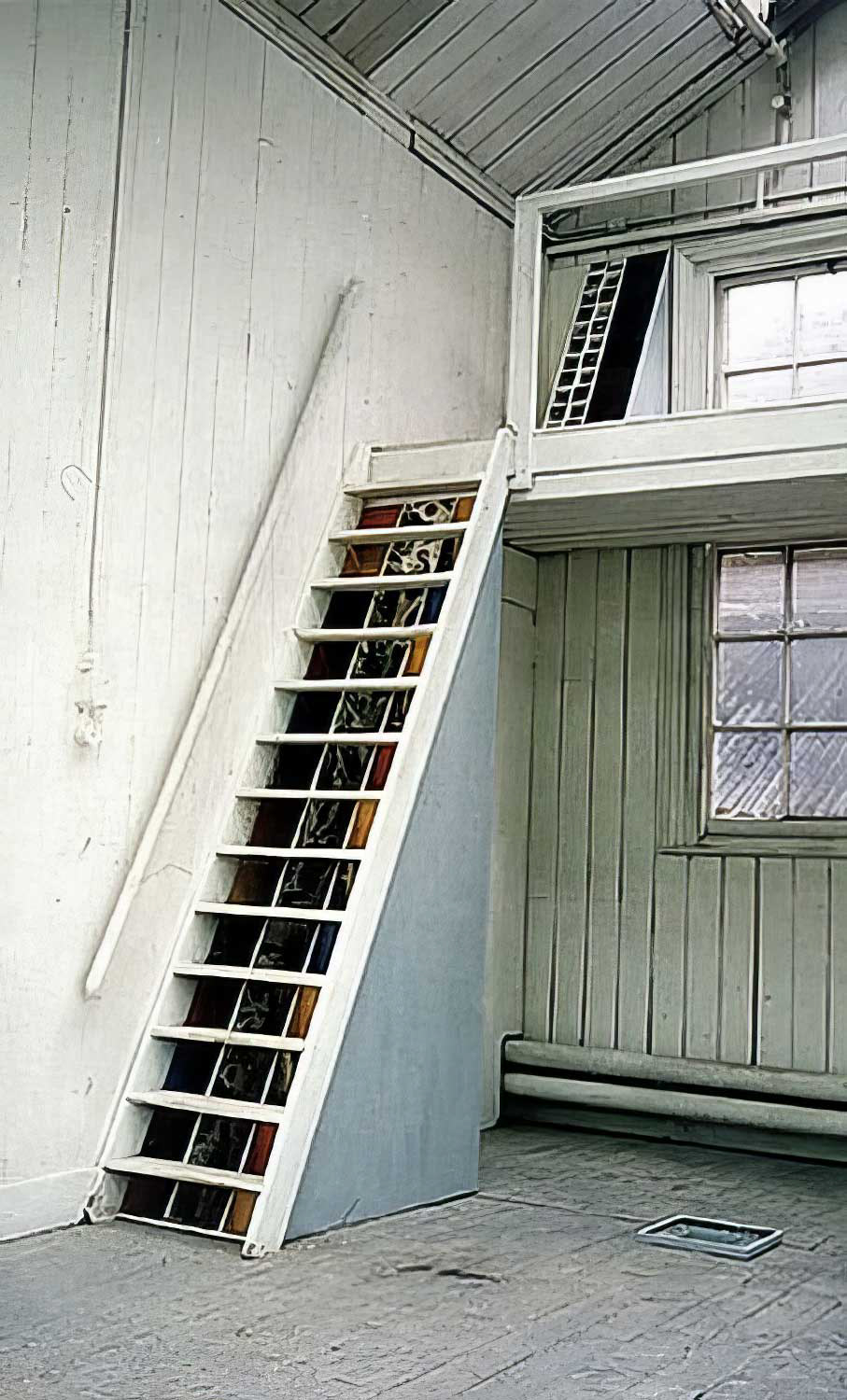
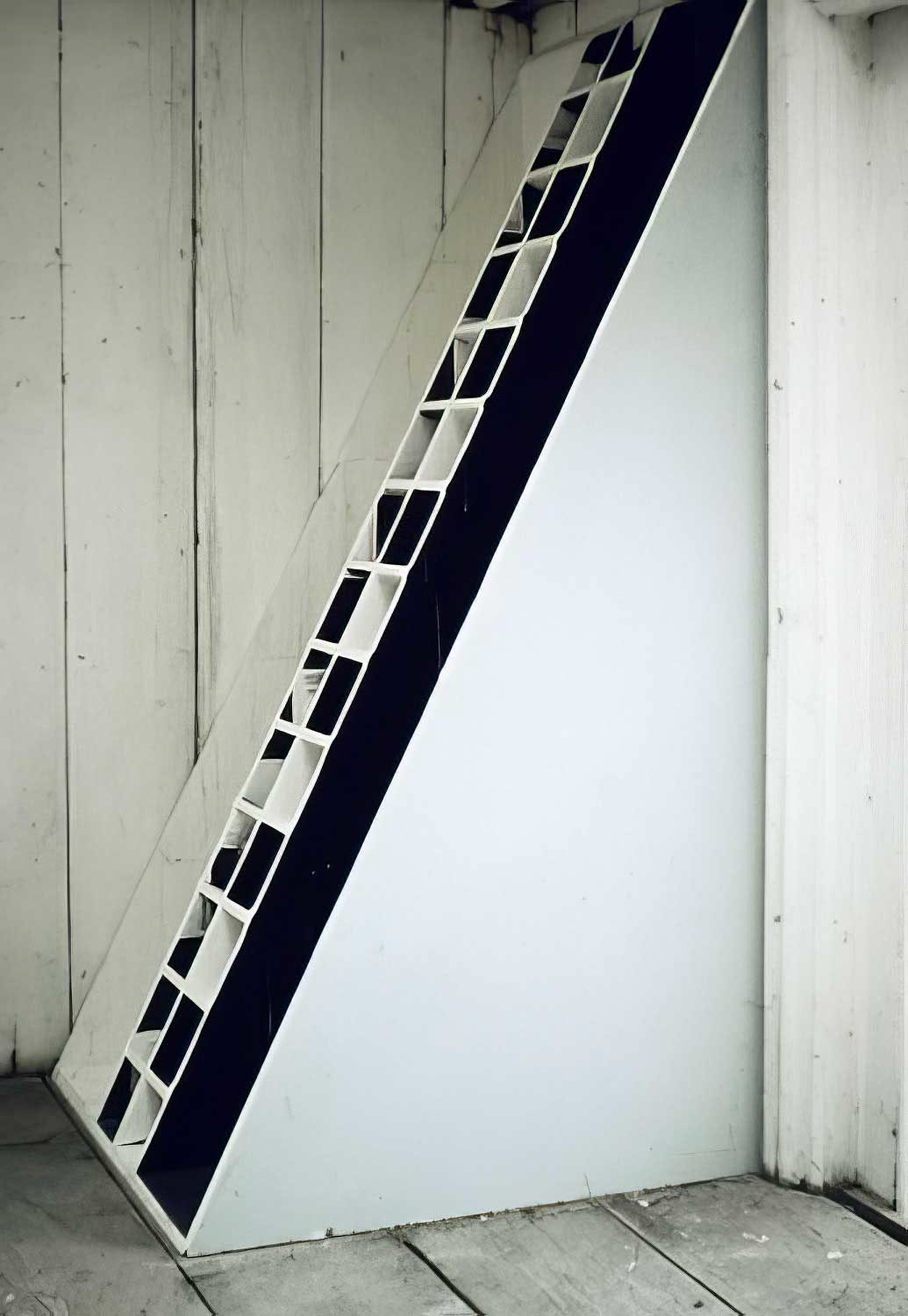
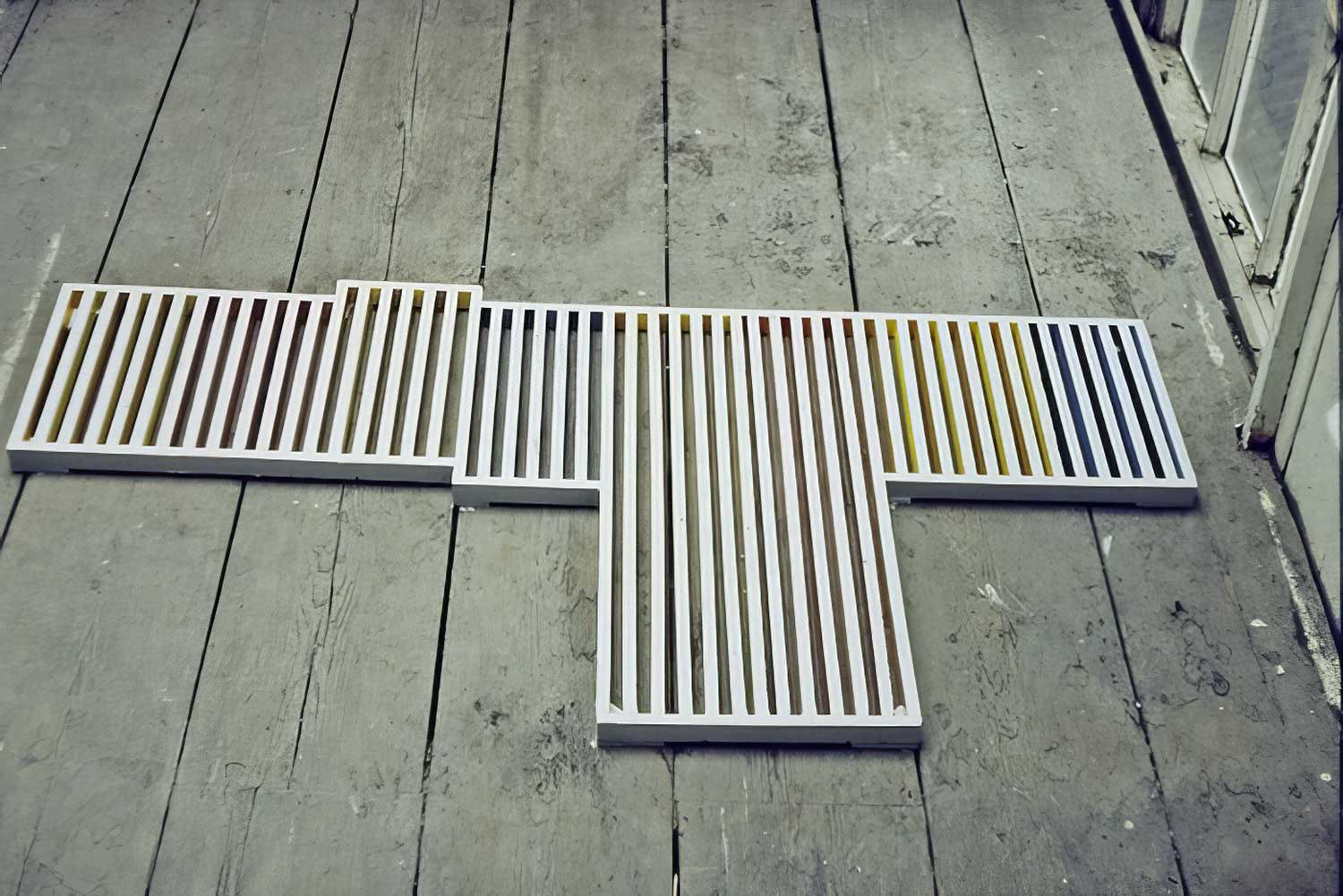
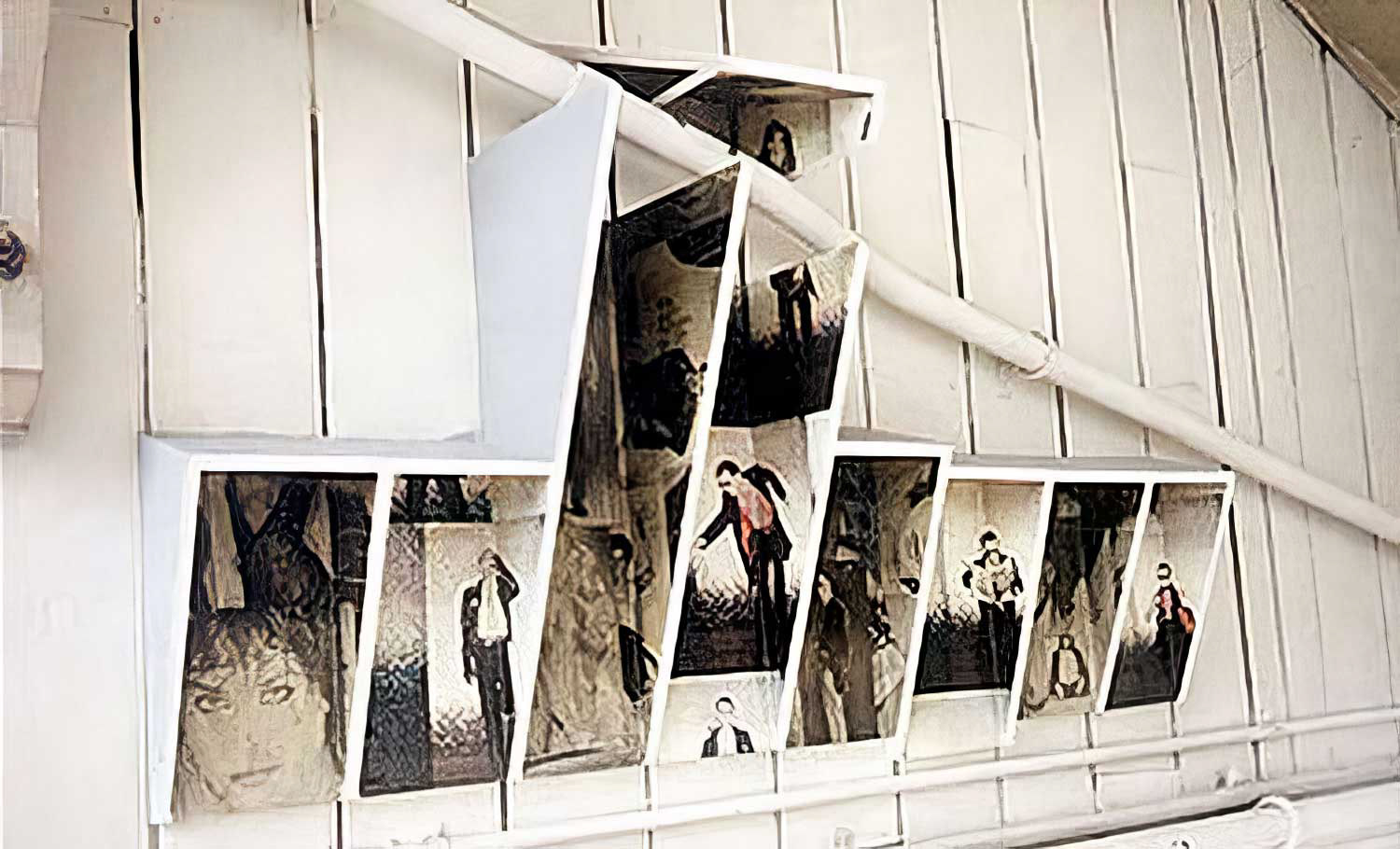
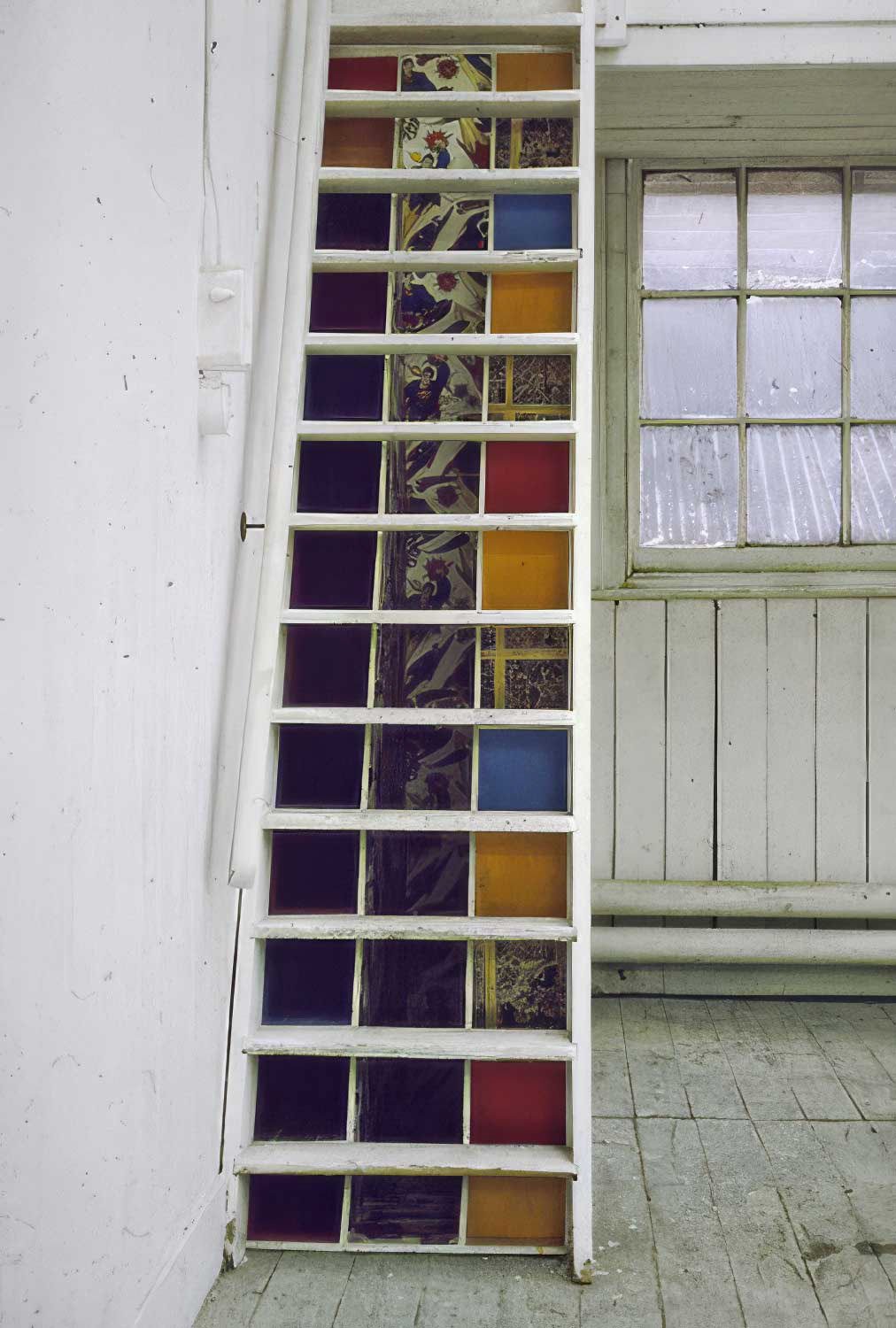
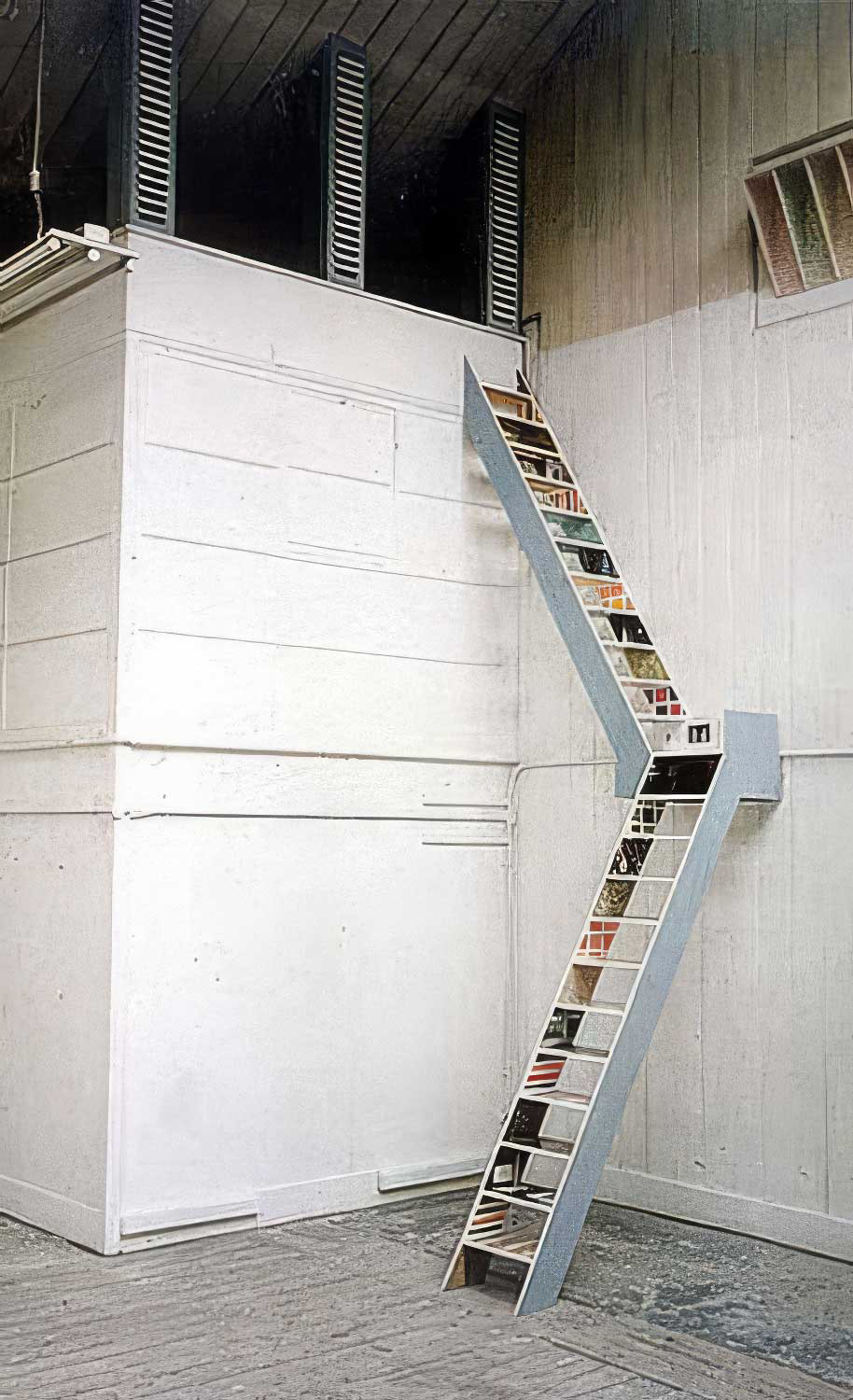
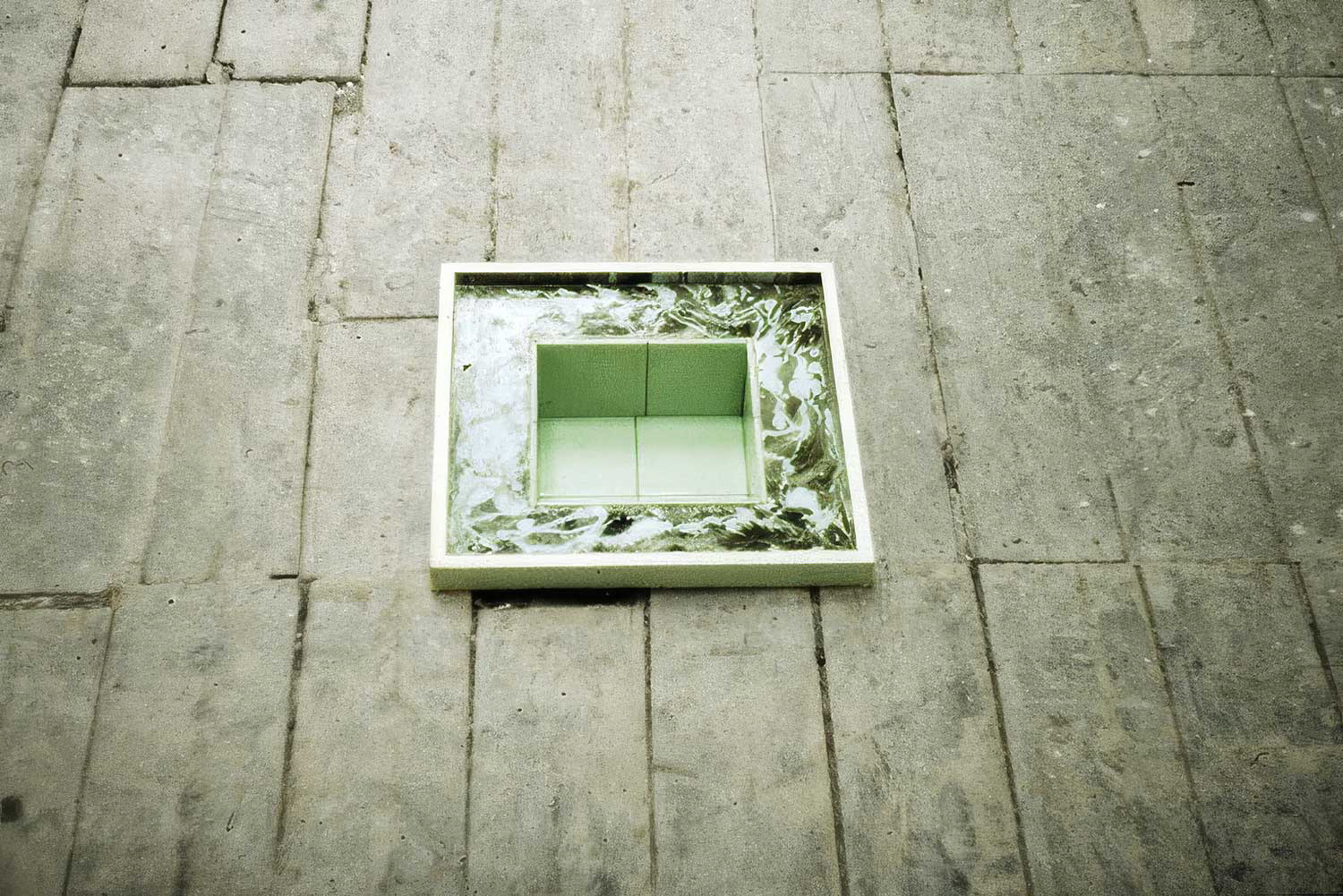
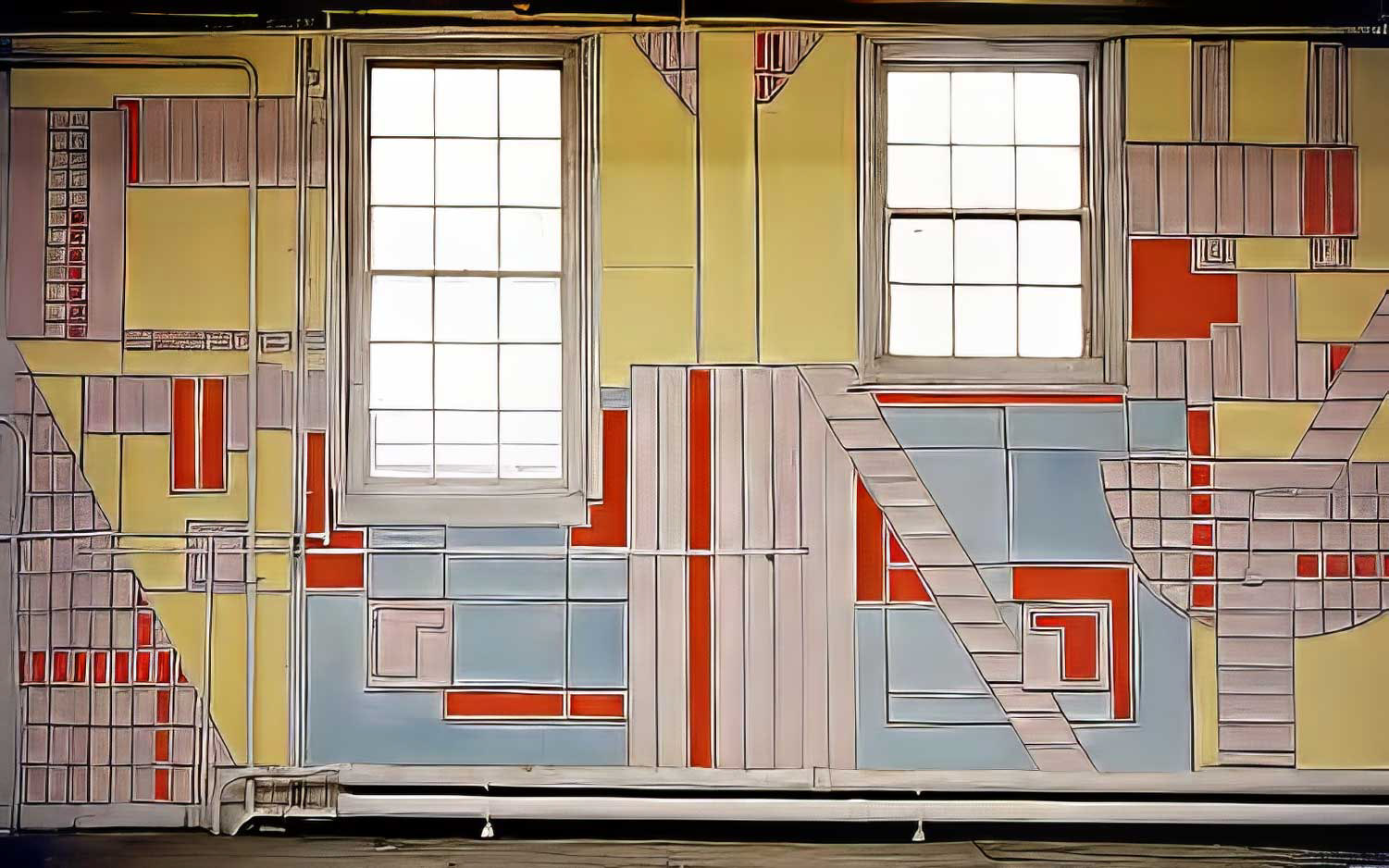
Hildebrandtstrasse (1980)
After completion in London, the entire ensemble was transferred to the Hildebrandtstraße studio building in Düsseldorf. The loss of the original spatial reference led to a new version: the objects were covered with blue hammer paint, lamps, carpets and chairs completed the setting. The work was presented publicly in one of the first exhibitions of the house.
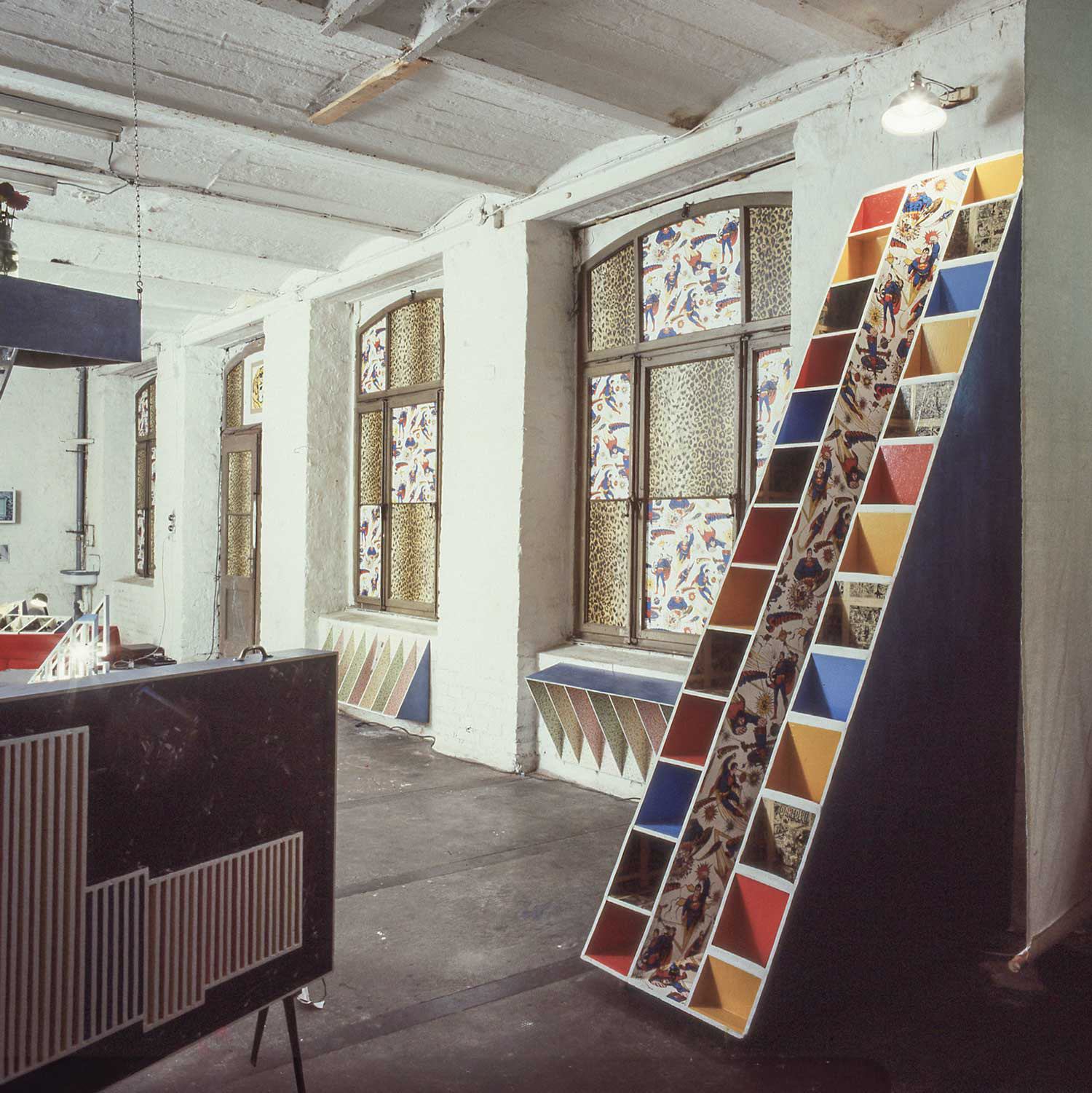
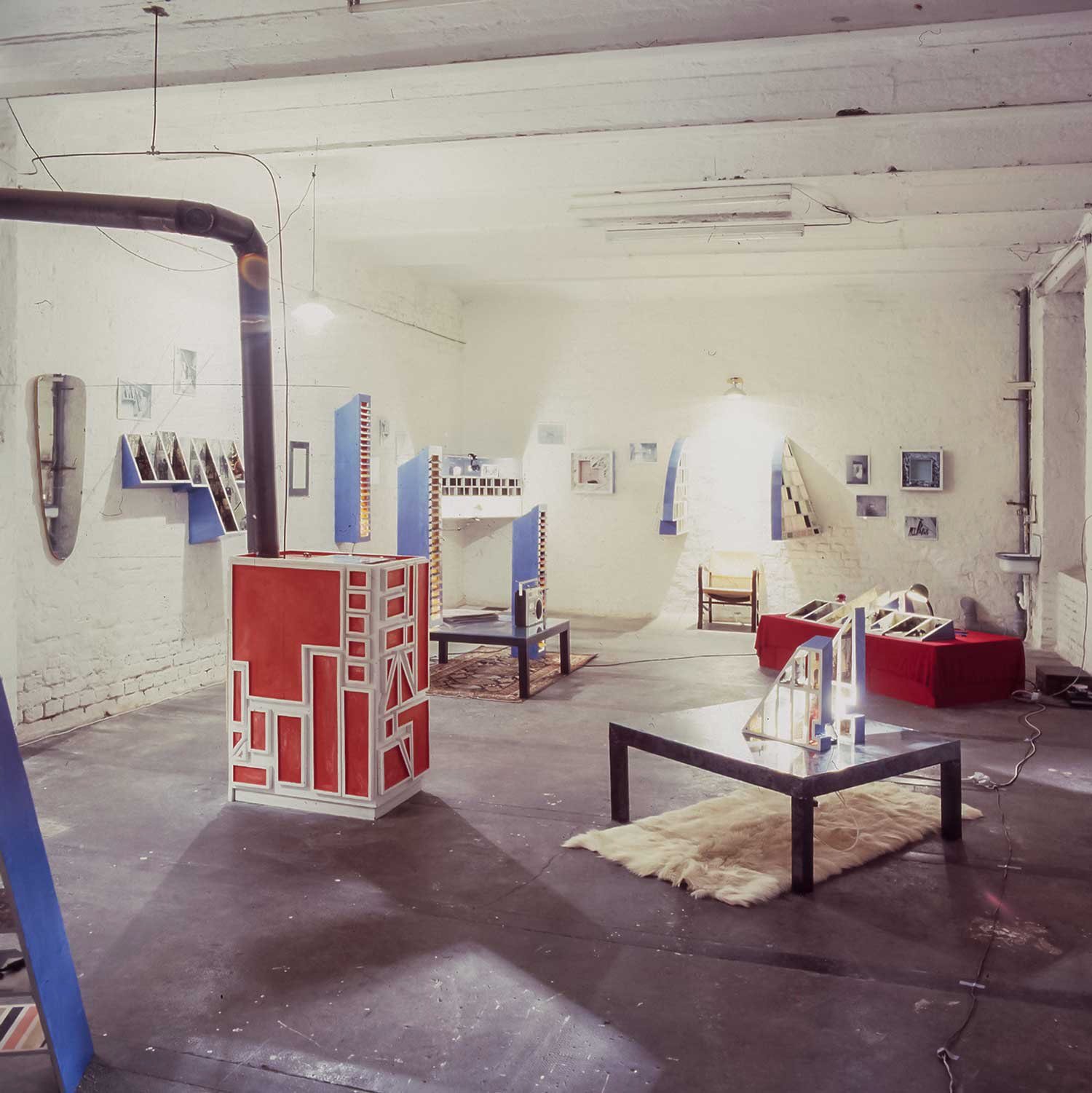
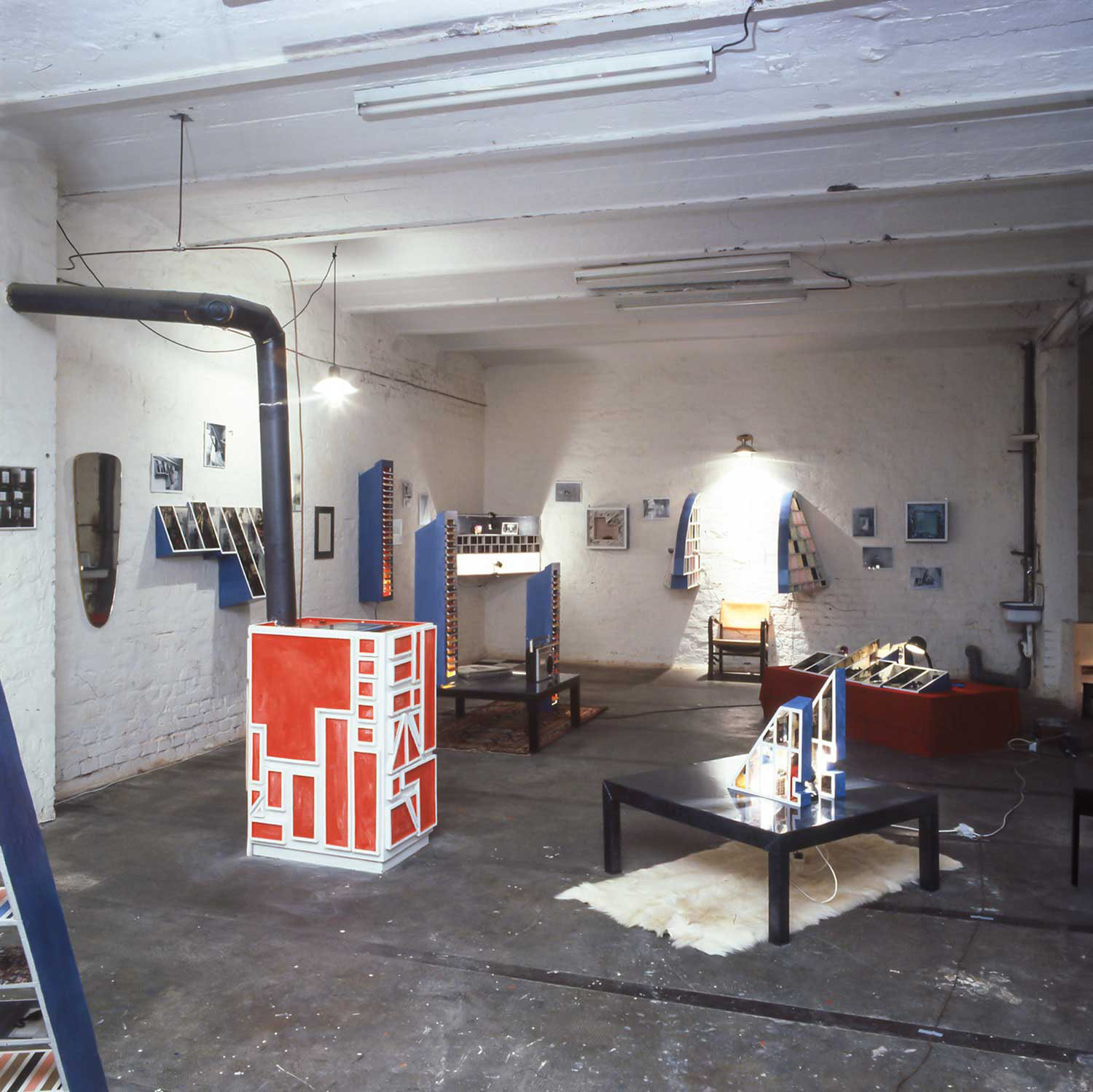
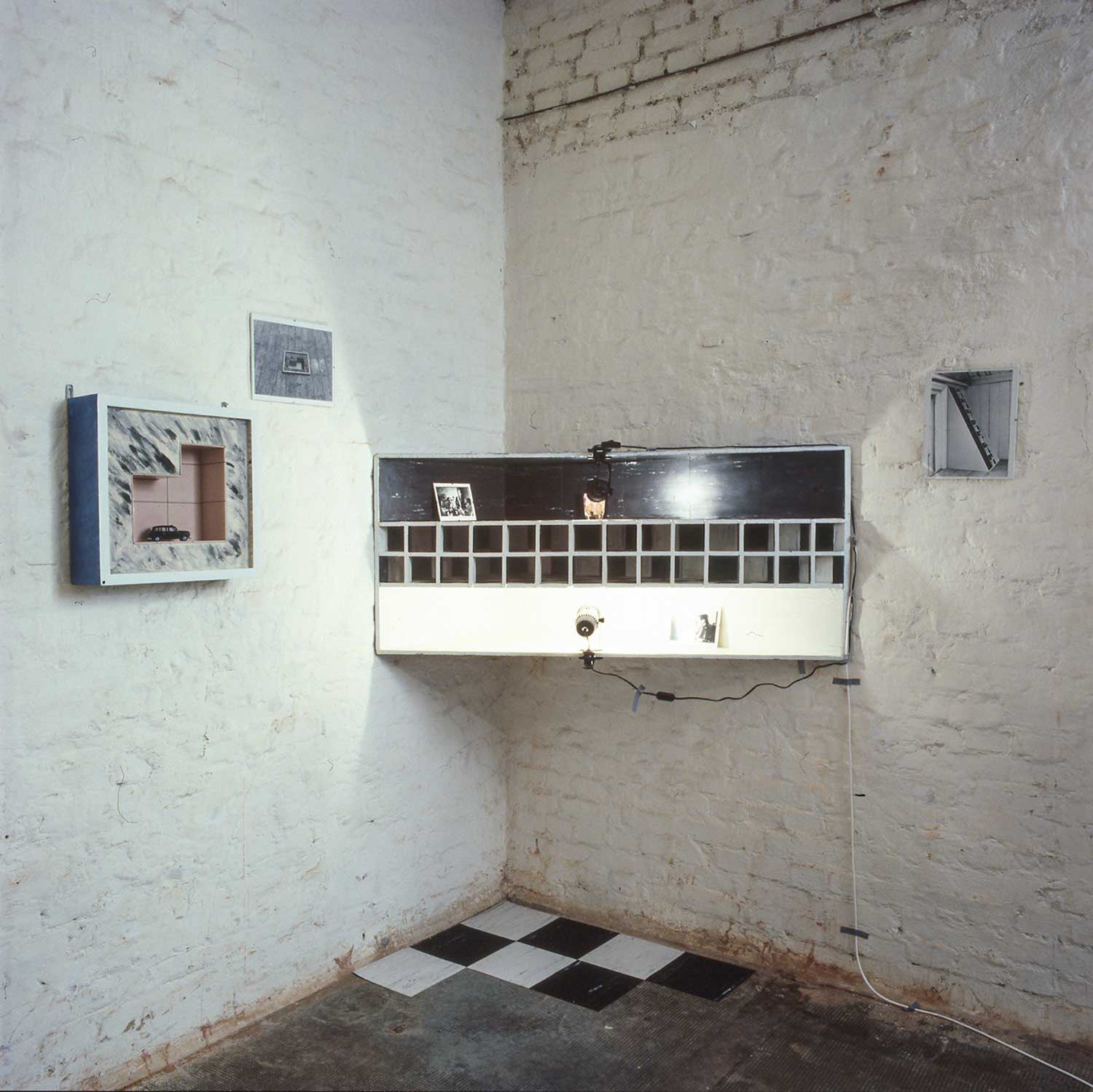
Painting (1979-1982)
Between the conceptual sculptures, he created large-format paintings on wrapping paper and cotton cloth – wild, rough, impulsive. Created from leftover paint and unused material, they also reflect the zeitgeist of the late 1970s, when "Neue Wilde" and punk were setting new aesthetic standards. However, the works remained undeified.
